Newly Launched - World's Most Advanced AI Powered Platform to Generate Stunning Presentations that are Editable in PowerPoint

Researched by Consultants from Top-Tier Management Companies

Powerpoint Templates
Icon Bundle
Kpi Dashboard
Professional
Business Plans
Swot Analysis
Gantt Chart
Business Proposal
Marketing Plan
Project Management
Business Case
Business Model
Cyber Security
Business PPT
Digital Marketing
Digital Transformation
Human Resources
Product Management
Artificial Intelligence
Company Profile
Acknowledgement PPT
PPT Presentation
Reports Brochures
One Page Pitch
Interview PPT
All Categories

Top 10 Science Project Proposal Templates With Samples and Examples
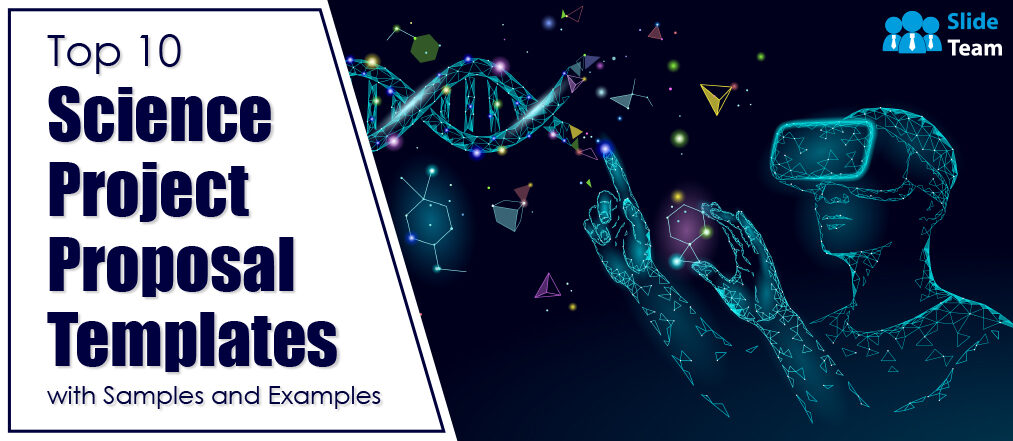
Nawsheen Muzamil
Everything that happens around us is science. To understand it better, humans have been investing in research and development projects for ages.
From the discovery of vaccines to save us against deadly diseases to employing data science as a way of interpreting data, scientific research projects have always rewarded us a race. For instance, a latest discovery brought the world’s attention to the lost continent of Zealandia.
In another event, as the world celebrated the Nobel Laureates for this year, we also acknowledged the steadfastness of Katalin Kariko in her discovery of the covid-19 vaccine. Despite her four times demotion, her struggle of 20 years in securing funds for her research ultimately bore us a panacea. In fueling such scientific endeavors, f inancing has always been an endeavor that tests human resolve, persistence, and tenacity.
Whether it is for a school project or a billion-dollar company’s R&D program, attracting funds is a carefully guided process. To acquire these much-needed investments, special attention is paid to science project proposals that act as formal documents to pitch fund request. While institutional projects may not require surplus funds, it’s the permission to explore, use institution’s resources, and conduct experiments, if needed, that requires proposals. A science project proposal is the only accepted form of acquiring such permits. Similarly, in case of projects that require colossal funding, such proposals help researchers and scientists onboard investors.
If you are seeking sponosrs to fuel your projects or want your organizational experts to undertake scientific research of clients, download this content-ready selection of science project proposal templates from SlideTeam. Showcase your fervor for conducting research by demonstrating experience and expertise in the field as you pitch for investment requests using our science project proposal templates.
Even better, each of these templates is 100% editable and customizable. You get structure, a starting point and the capability to mold the presentation to unique audience profile.
Just like the Nobel Medicine Prize winner, Kariko, stand your ground in having your science projects financed till you achieve your goal. Have these science project proposal templates in your library to do that. Download now.
Template 1: Data Science Project Proposal Report Sample Example Document
Here’s a comprehensive complete deck to pitch your expertise in designing software that will help your client analyze customer patterns. This data science project proposal PPT Template will convince your client in developing the best solution to evaluate its customer base and offer useful products and services that also drive sales. Share the systematic plan of action in developing such software that also includes testing and updating. Use this template to help your clients understand the expenses involved and finally create an agreement upon their acceptance to this editable science project proposal deck presentation. Download now.
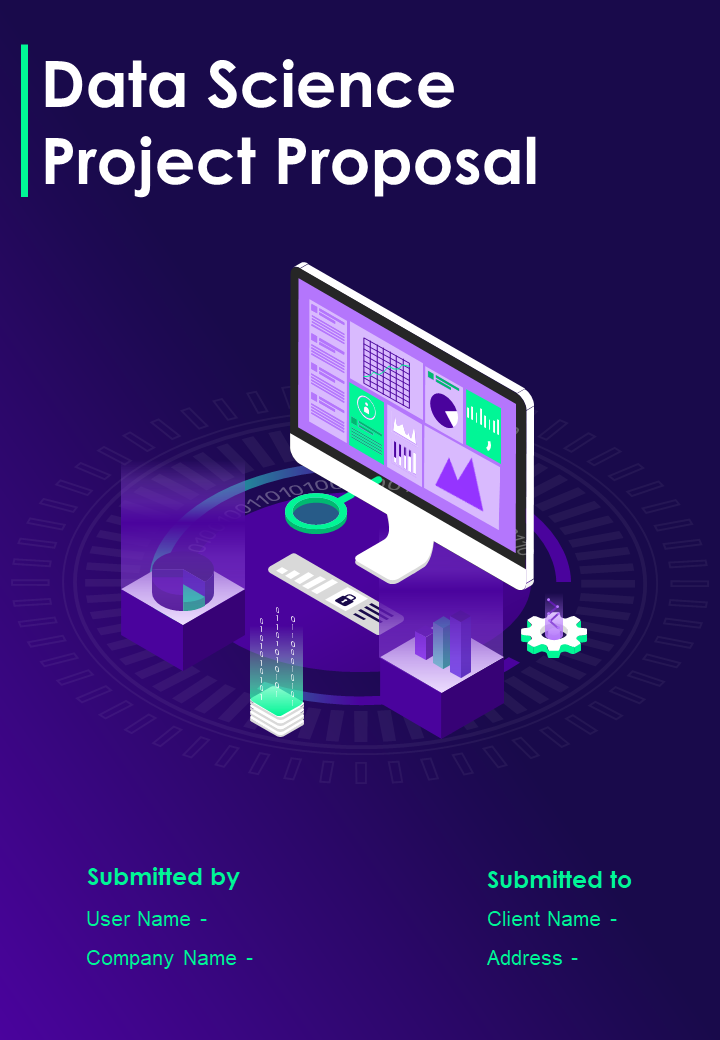
Download this template
Template 2: Computer Science Project Proposal Report Sample Example Document
If your company’s expertise lies in developing web applications, here's a proposal template to pitch your business. State your understanding of the client’s requirement in developing the app for customizing nutrition plans with this computer science project proposal template. Share the scope of work, plan of action, and investments required in taking this project to completion. After you have established trust with testimonials and your company details, you can move ahead and lay the terms of the contract. Lastly, this proposal template allows you to affix signatures of the parties concerned. Download this complete deck now.
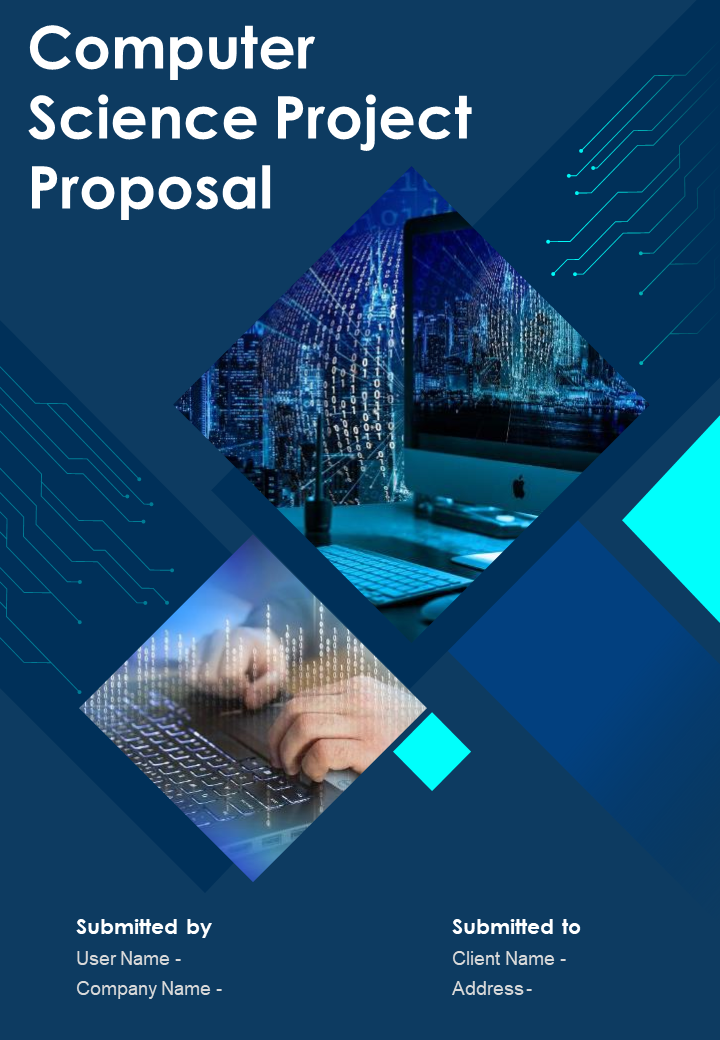
Template 3: Life Science Examination Project Proposal Example Document Report
Here’s your go-to slide to pitch your proposal to seek investment for a life-science project. Establish the aim of the research you’re about to conduct and its scope. Share a glimpse of the team leading the project and the exact make and quality of the equipment you are employing for the same. Then proceed onto the investment part and share a general idea of where resources and money will be spent in the project. Finally, record the affirmation and acceptance of the terms and conditions of the proposal via a designated, already-prepared statement of work and contract template and onboard another powerful investor to back your project. Download now.
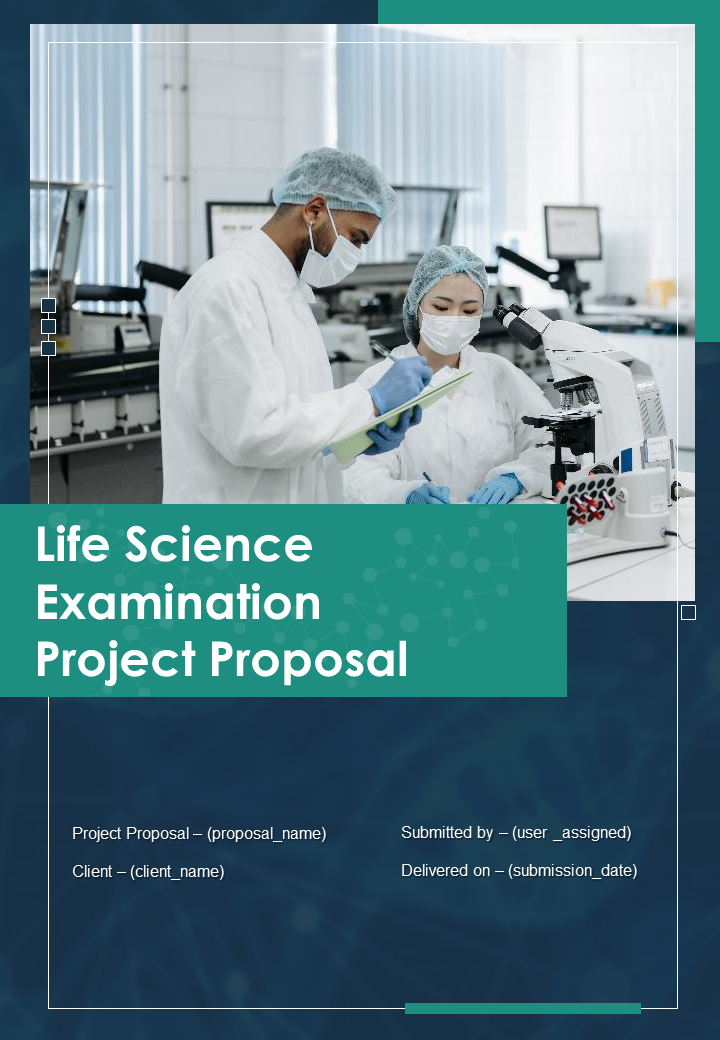
Template 4: One-Page Science Research Proposal Example Presentation Report
Invite investors to fund your science research program with this concise one-page proposal template. Share the proposal abstract research design as shown. Talk about the research in terms of the problem it aims to address, the purpose of the study, and its significance in the scientific community. Finally, specify the research instrumentation, and the modes of collecting data. Lastly, you can also share a broad framework of the project plan according to which the project would run. Share all such valuable insights about your science research with a download of this PPT Template now.
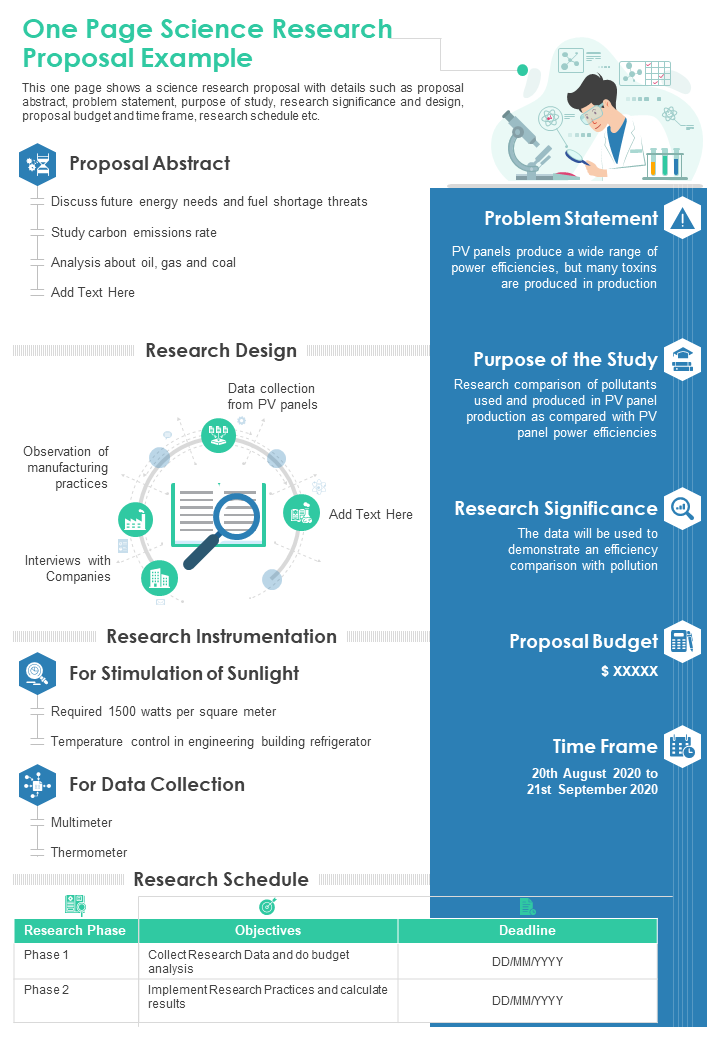
Template 5: Project Context for Data Science Template
In this science project proposal template, discuss your understanding of the client's assignment and offer a customized solution. Share aspects of the project that you will target and propose an appropriate solution to each problem. This PPT Layout will also act as a guide to your clients in understanding what all will be targeted in the project and a basic understanding of the roadmap and timeline can also be assumed. This template is a crucial part of a full-fledged complete deck that you can download from the link below.
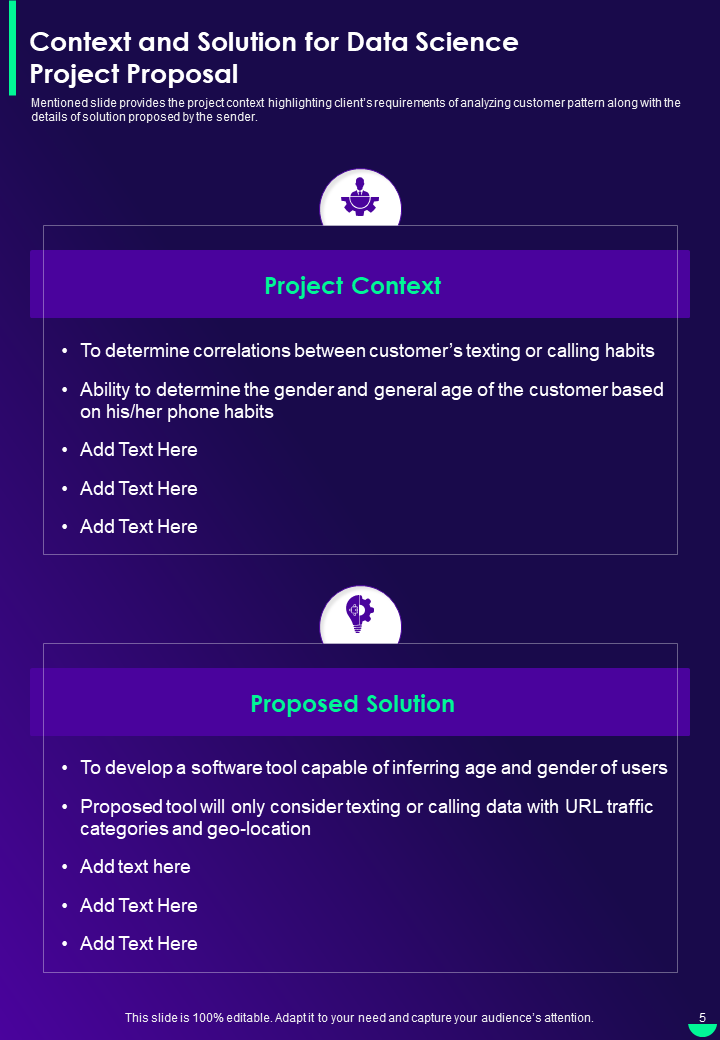
Template 6: Science project Timeline
Share the anticipated timeline for your science project with this pre-designed PPT Template. With this PPT Chart, summarize the tasks of the project and align and schedule a better project. Specify the task durations, and experts assigned to monitor these. Plan out the tasks and the personnel responsible for overseeing these. To download the template along with its complete deck, click on the link below.
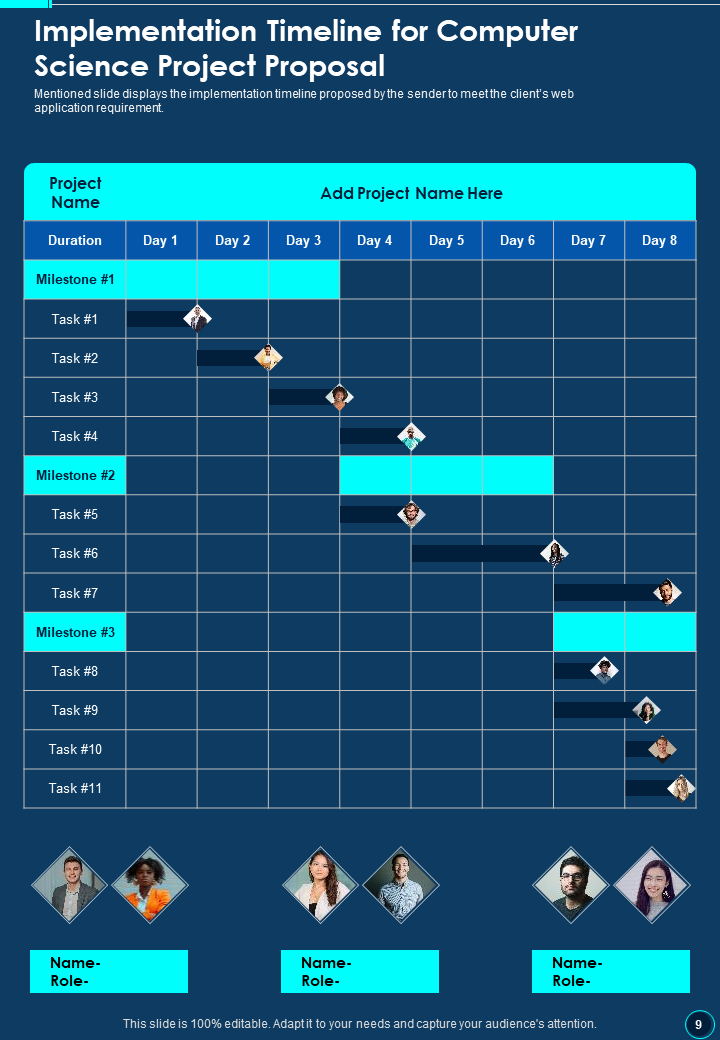
Template 7: Company Overview with Vision and Goals
Share your company’s vision and mission statement that will reinforce your proposal with this PPT Design. By adding this PPT Template to your science project proposal, you can point out your laser-sharp focus in achieving goals and directing the company vision. Use this presentation template to depict important parameters of your achievements like client ratings, number of experienced professionals, client affiliations with Fortune 500 companies, etc. To download the full complete deck of which this template is a part of, click on the link below.
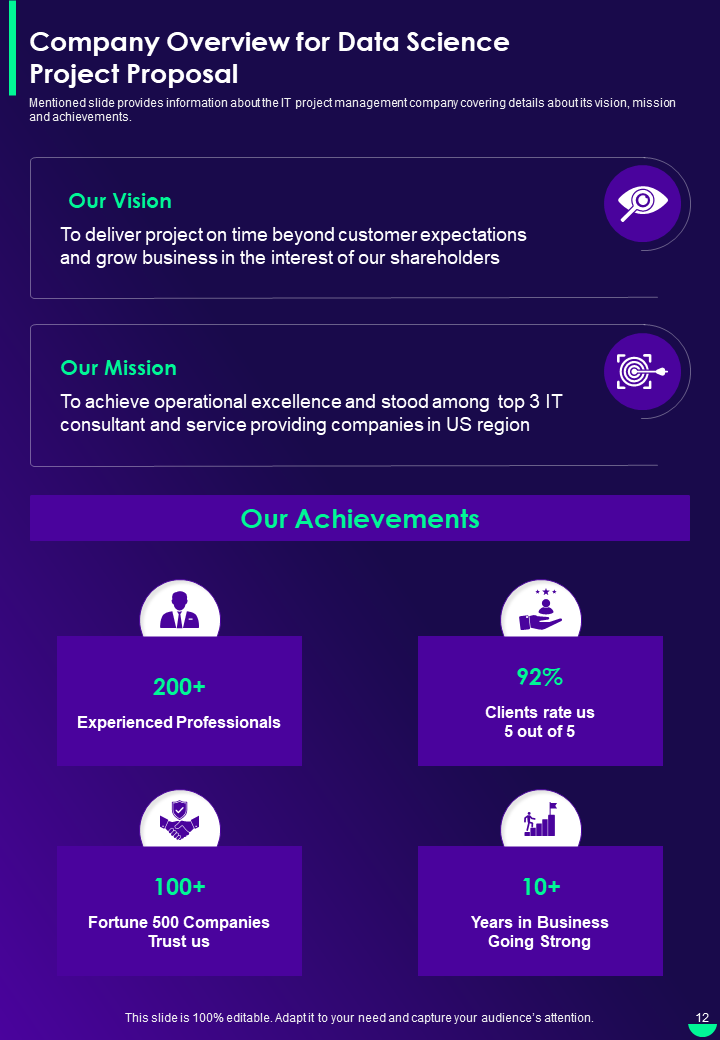
Template 8: Budget
Elaborate the budget estimate for your science project with this content-ready PPT Layout. Share the distribution of the funds for aspects of the project like diagnosis, documentation, technology, manpower, etc and also mention the total running summary of expenses involved. This template is a crucial part of a full-fledged complete deck that you can download from the link below.
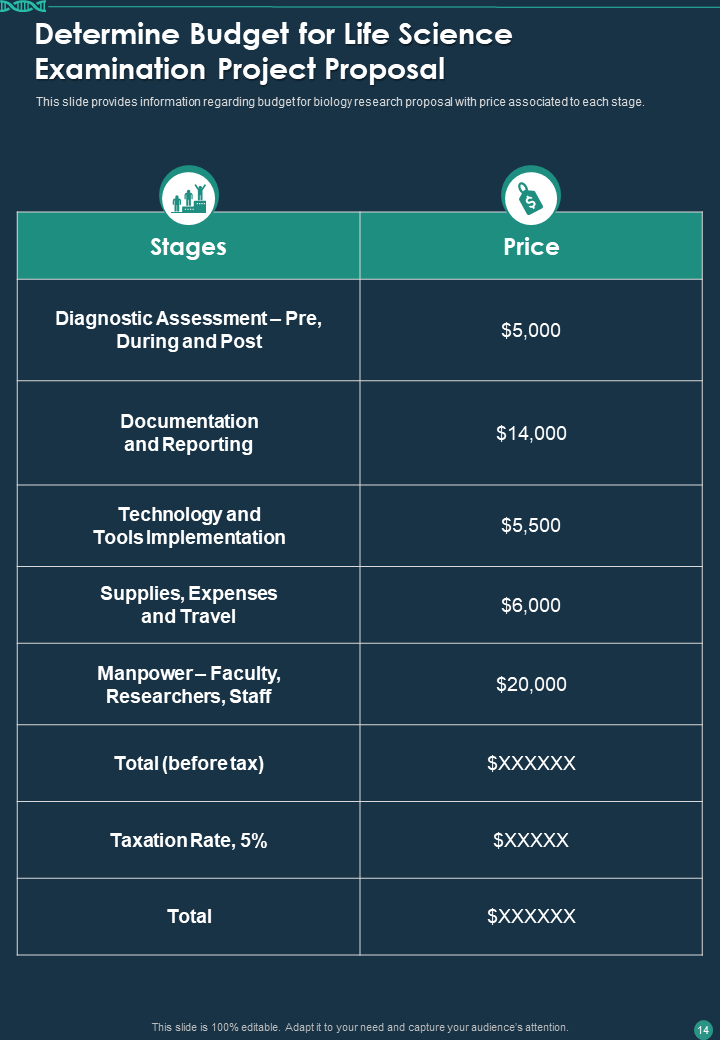
Template 9: Products and Technologies Used
It always helps to showcase the sophisticated tools and techniques you are using in your science project. With this pre-designed template, you can showcase the elaborate list of products and technologies employed in achieving desired results. By pointing out the well-known tools and techniques, you can also justify the investments and add to the transparency of your science project proposal. Download the complete deck of which this template is an important part from the link below.
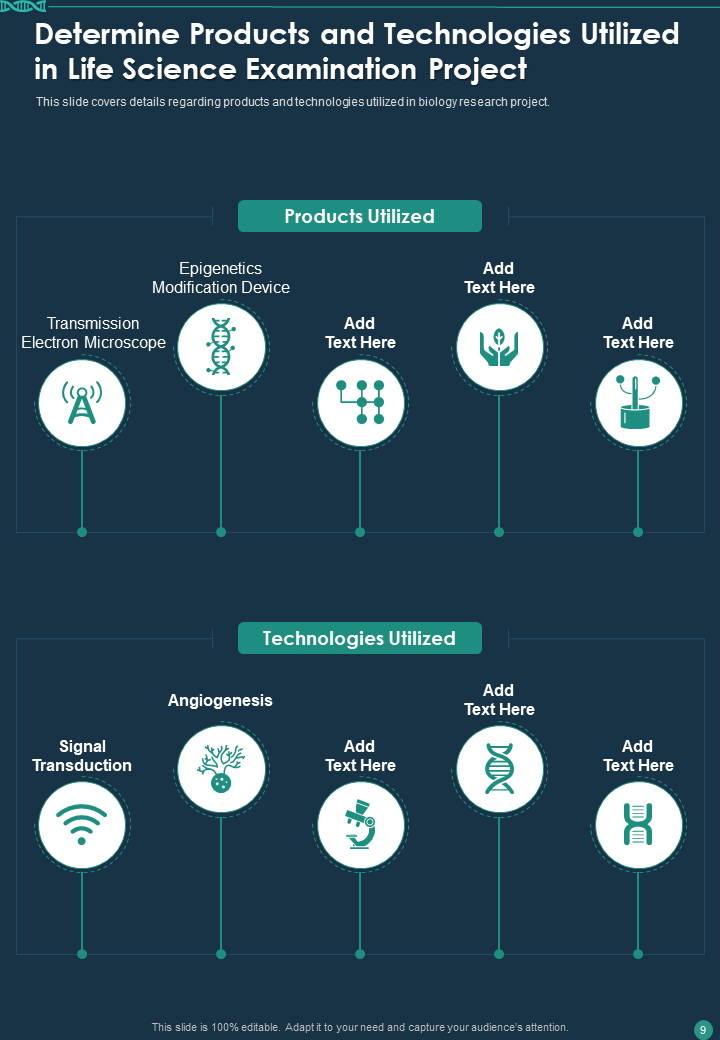
Template 10: Statement of Work and Contract
This presentation template summarizes all terms and conditions associated with the proposal. Intimate your investors about the proposal bindings and their obligations. Discuss the validity of this contract, terms of payment, confidentiality, and condition for cancellation of this contract within this content-ready PPT Layout. Download the complete PPT Presentation from the link below.
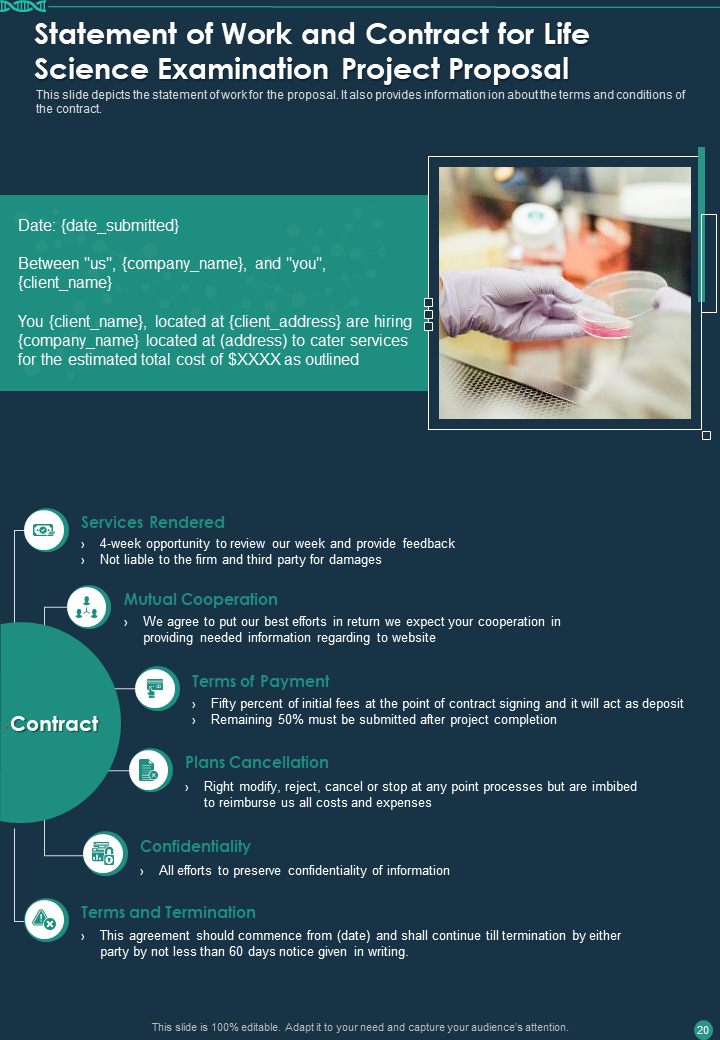
Unlock Innovations and Discoveries
Claim these expert-presentations to prepare client-winning proposals. Your next big innovation requires the boost of these science project proposal templates. Download now.
PS: Share the design for the anticipated flow of your research project with these roadmap templates, designed to mark milestones and also show the way. Explore the guide featuring the 10 best designs here.
Related posts:
- Top 10 Documentary Proposal Templates With Examples and Samples
- Top 5 Project Issue Tracker Templates With Samples and Examples
- Top 10 Employee Evaluation Scorecard Templates With Examples and Samples
- Top 7 Communication Flow Chart Templates With Samples and Examples
Liked this blog? Please recommend us

Must-Have Wheel of Life Templates with Samples and Examples
![scientific project proposal presentation Top 10 Product Specification Templates With Samples and Examples [Free PDF Attached]](https://www.slideteam.net/wp/wp-content/uploads/2022/11/product-specification-templates-1013x441.jpg)
Top 10 Product Specification Templates With Samples and Examples [Free PDF Attached]

Top 10 Rent Contract Template Designs to Sign an Agreement Between Tenant and Landlord
![scientific project proposal presentation 15+ Best Templates to Present an Innovative Waste Management Plan [Free PDF Attached]](https://www.slideteam.net/wp/wp-content/uploads/2022/02/15Best-Waste-Management-Plan-Templates_1-1013x441.png)
15+ Best Templates to Present an Innovative Waste Management Plan [Free PDF Attached]
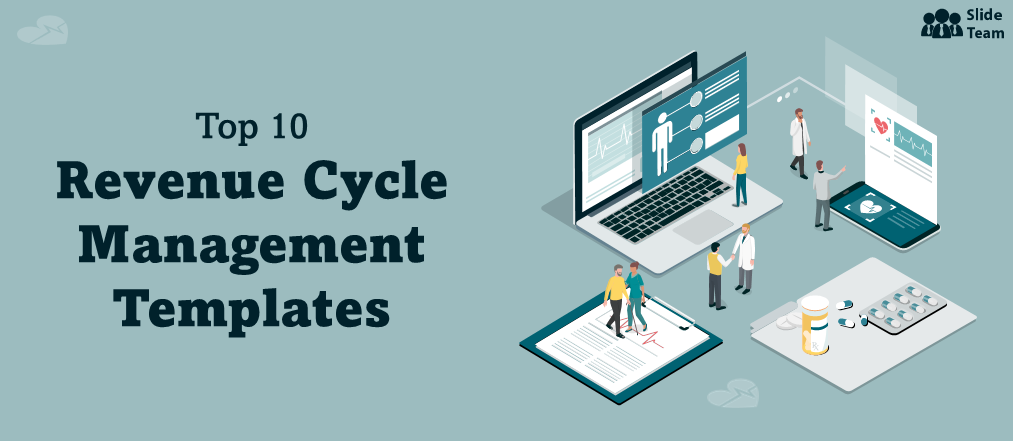
Top 10 Revenue Cycle Management Templates to Give a Boost to the Healthcare Sector
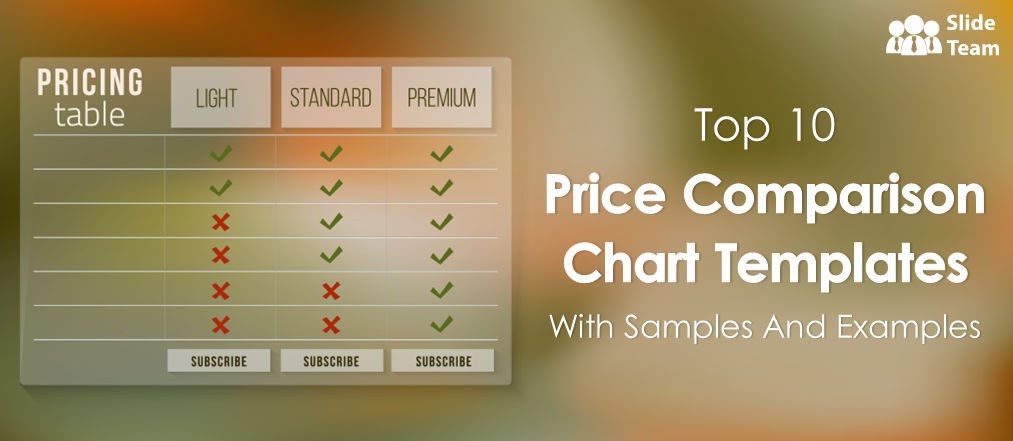
Top 10 Price Comparison Chart Templates with Examples and Samples
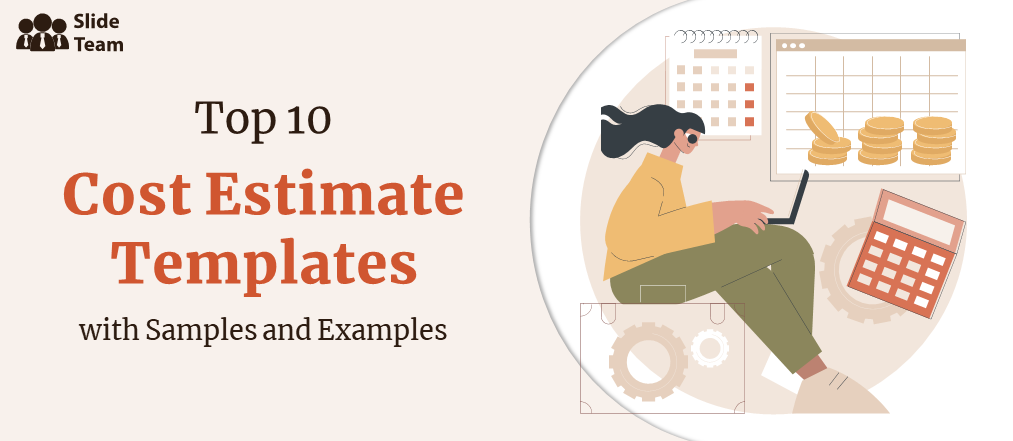
Top 10 Cost Estimate Templates With Samples and Examples
Top 14 pharmaceutical product development templates to document the discovery of effective drugs.
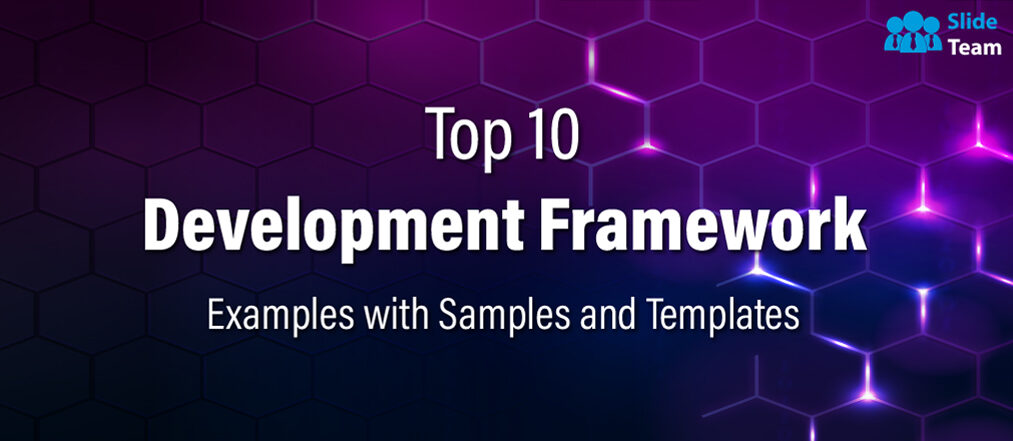
Top 10 Development Framework Examples With Samples and Templates
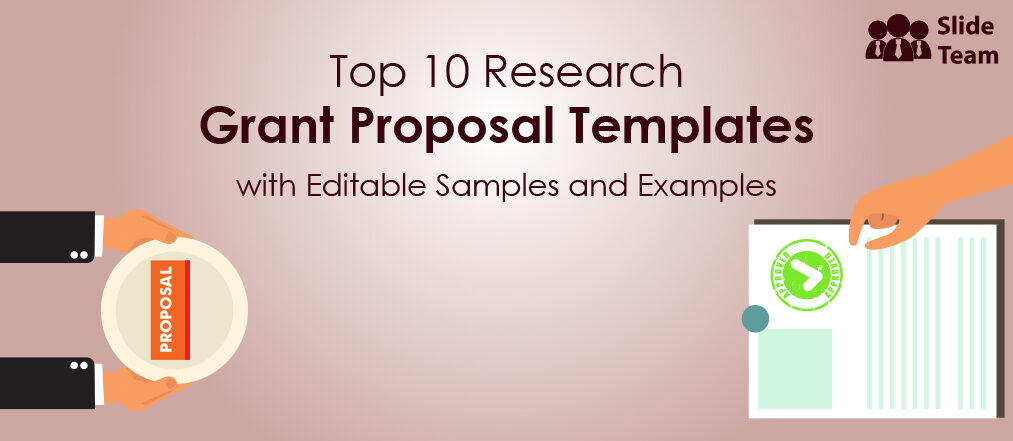
Top 10 Research Grant Proposal Templates With Editable Samples and Examples

Top 7 Roadmap Templates With Samples and Examples
This form is protected by reCAPTCHA - the Google Privacy Policy and Terms of Service apply.

Digital revolution powerpoint presentation slides

Sales funnel results presentation layouts
3d men joinning circular jigsaw puzzles ppt graphics icons

Business Strategic Planning Template For Organizations Powerpoint Presentation Slides

Future plan powerpoint template slide

Project Management Team Powerpoint Presentation Slides

Brand marketing powerpoint presentation slides

Launching a new service powerpoint presentation with slides go to market

Agenda powerpoint slide show

Four key metrics donut chart with percentage

Engineering and technology ppt inspiration example introduction continuous process improvement

Meet our team representing in circular format


Princeton Correspondents on Undergraduate Research
How to Make a Successful Research Presentation
Turning a research paper into a visual presentation is difficult; there are pitfalls, and navigating the path to a brief, informative presentation takes time and practice. As a TA for GEO/WRI 201: Methods in Data Analysis & Scientific Writing this past fall, I saw how this process works from an instructor’s standpoint. I’ve presented my own research before, but helping others present theirs taught me a bit more about the process. Here are some tips I learned that may help you with your next research presentation:
More is more
In general, your presentation will always benefit from more practice, more feedback, and more revision. By practicing in front of friends, you can get comfortable with presenting your work while receiving feedback. It is hard to know how to revise your presentation if you never practice. If you are presenting to a general audience, getting feedback from someone outside of your discipline is crucial. Terms and ideas that seem intuitive to you may be completely foreign to someone else, and your well-crafted presentation could fall flat.
Less is more
Limit the scope of your presentation, the number of slides, and the text on each slide. In my experience, text works well for organizing slides, orienting the audience to key terms, and annotating important figures–not for explaining complex ideas. Having fewer slides is usually better as well. In general, about one slide per minute of presentation is an appropriate budget. Too many slides is usually a sign that your topic is too broad.

Limit the scope of your presentation
Don’t present your paper. Presentations are usually around 10 min long. You will not have time to explain all of the research you did in a semester (or a year!) in such a short span of time. Instead, focus on the highlight(s). Identify a single compelling research question which your work addressed, and craft a succinct but complete narrative around it.
You will not have time to explain all of the research you did. Instead, focus on the highlights. Identify a single compelling research question which your work addressed, and craft a succinct but complete narrative around it.
Craft a compelling research narrative
After identifying the focused research question, walk your audience through your research as if it were a story. Presentations with strong narrative arcs are clear, captivating, and compelling.
- Introduction (exposition — rising action)
Orient the audience and draw them in by demonstrating the relevance and importance of your research story with strong global motive. Provide them with the necessary vocabulary and background knowledge to understand the plot of your story. Introduce the key studies (characters) relevant in your story and build tension and conflict with scholarly and data motive. By the end of your introduction, your audience should clearly understand your research question and be dying to know how you resolve the tension built through motive.

- Methods (rising action)
The methods section should transition smoothly and logically from the introduction. Beware of presenting your methods in a boring, arc-killing, ‘this is what I did.’ Focus on the details that set your story apart from the stories other people have already told. Keep the audience interested by clearly motivating your decisions based on your original research question or the tension built in your introduction.
- Results (climax)
Less is usually more here. Only present results which are clearly related to the focused research question you are presenting. Make sure you explain the results clearly so that your audience understands what your research found. This is the peak of tension in your narrative arc, so don’t undercut it by quickly clicking through to your discussion.
- Discussion (falling action)
By now your audience should be dying for a satisfying resolution. Here is where you contextualize your results and begin resolving the tension between past research. Be thorough. If you have too many conflicts left unresolved, or you don’t have enough time to present all of the resolutions, you probably need to further narrow the scope of your presentation.
- Conclusion (denouement)
Return back to your initial research question and motive, resolving any final conflicts and tying up loose ends. Leave the audience with a clear resolution of your focus research question, and use unresolved tension to set up potential sequels (i.e. further research).
Use your medium to enhance the narrative
Visual presentations should be dominated by clear, intentional graphics. Subtle animation in key moments (usually during the results or discussion) can add drama to the narrative arc and make conflict resolutions more satisfying. You are narrating a story written in images, videos, cartoons, and graphs. While your paper is mostly text, with graphics to highlight crucial points, your slides should be the opposite. Adapting to the new medium may require you to create or acquire far more graphics than you included in your paper, but it is necessary to create an engaging presentation.
The most important thing you can do for your presentation is to practice and revise. Bother your friends, your roommates, TAs–anybody who will sit down and listen to your work. Beyond that, think about presentations you have found compelling and try to incorporate some of those elements into your own. Remember you want your work to be comprehensible; you aren’t creating experts in 10 minutes. Above all, try to stay passionate about what you did and why. You put the time in, so show your audience that it’s worth it.
For more insight into research presentations, check out these past PCUR posts written by Emma and Ellie .
— Alec Getraer, Natural Sciences Correspondent
Share this:
- Share on Tumblr

Reference management. Clean and simple.
How to make a scientific presentation

Scientific presentation outlines
Questions to ask yourself before you write your talk, 1. how much time do you have, 2. who will you speak to, 3. what do you want the audience to learn from your talk, step 1: outline your presentation, step 2: plan your presentation slides, step 3: make the presentation slides, slide design, text elements, animations and transitions, step 4: practice your presentation, final thoughts, frequently asked questions about preparing scientific presentations, related articles.
A good scientific presentation achieves three things: you communicate the science clearly, your research leaves a lasting impression on your audience, and you enhance your reputation as a scientist.
But, what is the best way to prepare for a scientific presentation? How do you start writing a talk? What details do you include, and what do you leave out?
It’s tempting to launch into making lots of slides. But, starting with the slides can mean you neglect the narrative of your presentation, resulting in an overly detailed, boring talk.
The key to making an engaging scientific presentation is to prepare the narrative of your talk before beginning to construct your presentation slides. Planning your talk will ensure that you tell a clear, compelling scientific story that will engage the audience.
In this guide, you’ll find everything you need to know to make a good oral scientific presentation, including:
- The different types of oral scientific presentations and how they are delivered;
- How to outline a scientific presentation;
- How to make slides for a scientific presentation.
Our advice results from delving into the literature on writing scientific talks and from our own experiences as scientists in giving and listening to presentations. We provide tips and best practices for giving scientific talks in a separate post.
There are two main types of scientific talks:
- Your talk focuses on a single study . Typically, you tell the story of a single scientific paper. This format is common for short talks at contributed sessions in conferences.
- Your talk describes multiple studies. You tell the story of multiple scientific papers. It is crucial to have a theme that unites the studies, for example, an overarching question or problem statement, with each study representing specific but different variations of the same theme. Typically, PhD defenses, invited seminars, lectures, or talks for a prospective employer (i.e., “job talks”) fall into this category.
➡️ Learn how to prepare an excellent thesis defense
The length of time you are allotted for your talk will determine whether you will discuss a single study or multiple studies, and which details to include in your story.
The background and interests of your audience will determine the narrative direction of your talk, and what devices you will use to get their attention. Will you be speaking to people specializing in your field, or will the audience also contain people from disciplines other than your own? To reach non-specialists, you will need to discuss the broader implications of your study outside your field.
The needs of the audience will also determine what technical details you will include, and the language you will use. For example, an undergraduate audience will have different needs than an audience of seasoned academics. Students will require a more comprehensive overview of background information and explanations of jargon but will need less technical methodological details.
Your goal is to speak to the majority. But, make your talk accessible to the least knowledgeable person in the room.
This is called the thesis statement, or simply the “take-home message”. Having listened to your talk, what message do you want the audience to take away from your presentation? Describe the main idea in one or two sentences. You want this theme to be present throughout your presentation. Again, the thesis statement will depend on the audience and the type of talk you are giving.
Your thesis statement will drive the narrative for your talk. By deciding the take-home message you want to convince the audience of as a result of listening to your talk, you decide how the story of your talk will flow and how you will navigate its twists and turns. The thesis statement tells you the results you need to show, which subsequently tells you the methods or studies you need to describe, which decides the angle you take in your introduction.
➡️ Learn how to write a thesis statement
The goal of your talk is that the audience leaves afterward with a clear understanding of the key take-away message of your research. To achieve that goal, you need to tell a coherent, logical story that conveys your thesis statement throughout the presentation. You can tell your story through careful preparation of your talk.
Preparation of a scientific presentation involves three separate stages: outlining the scientific narrative, preparing slides, and practicing your delivery. Making the slides of your talk without first planning what you are going to say is inefficient.
Here, we provide a 4 step guide to writing your scientific presentation:
- Outline your presentation
- Plan your presentation slides
- Make the presentation slides
- Practice your presentation

Writing an outline helps you consider the key pieces of your talk and how they fit together from the beginning, preventing you from forgetting any important details. It also means you avoid changing the order of your slides multiple times, saving you time.
Plan your talk as discrete sections. In the table below, we describe the sections for a single study talk vs. a talk discussing multiple studies:
Introduction | Introduction - main idea behind all studies |
Methods | Methods of study 1 |
Results | Results of study 1 |
Summary (take-home message ) of study 1 | |
Transition to study 2 (can be a visual of your main idea that return to) | |
Brief introduction for study 2 | |
Methods of study 2 | |
Results of study 2 | |
Summary of study 2 | |
Transition to study 3 | |
Repeat format until done | |
Summary | Summary of all studies (return to your main idea) |
Conclusion | Conclusion |
The following tips apply when writing the outline of a single study talk. You can easily adapt this framework if you are writing a talk discussing multiple studies.
Introduction: Writing the introduction can be the hardest part of writing a talk. And when giving it, it’s the point where you might be at your most nervous. But preparing a good, concise introduction will settle your nerves.
The introduction tells the audience the story of why you studied your topic. A good introduction succinctly achieves four things, in the following order.
- It gives a broad perspective on the problem or topic for people in the audience who may be outside your discipline (i.e., it explains the big-picture problem motivating your study).
- It describes why you did the study, and why the audience should care.
- It gives a brief indication of how your study addressed the problem and provides the necessary background information that the audience needs to understand your work.
- It indicates what the audience will learn from the talk, and prepares them for what will come next.
A good introduction not only gives the big picture and motivations behind your study but also concisely sets the stage for what the audience will learn from the talk (e.g., the questions your work answers, and/or the hypotheses that your work tests). The end of the introduction will lead to a natural transition to the methods.
Give a broad perspective on the problem. The easiest way to start with the big picture is to think of a hook for the first slide of your presentation. A hook is an opening that gets the audience’s attention and gets them interested in your story. In science, this might take the form of a why, or a how question, or it could be a statement about a major problem or open question in your field. Other examples of hooks include quotes, short anecdotes, or interesting statistics.
Why should the audience care? Next, decide on the angle you are going to take on your hook that links to the thesis of your talk. In other words, you need to set the context, i.e., explain why the audience should care. For example, you may introduce an observation from nature, a pattern in experimental data, or a theory that you want to test. The audience must understand your motivations for the study.
Supplementary details. Once you have established the hook and angle, you need to include supplementary details to support them. For example, you might state your hypothesis. Then go into previous work and the current state of knowledge. Include citations of these studies. If you need to introduce some technical methodological details, theory, or jargon, do it here.
Conclude your introduction. The motivation for the work and background information should set the stage for the conclusion of the introduction, where you describe the goals of your study, and any hypotheses or predictions. Let the audience know what they are going to learn.
Methods: The audience will use your description of the methods to assess the approach you took in your study and to decide whether your findings are credible. Tell the story of your methods in chronological order. Use visuals to describe your methods as much as possible. If you have equations, make sure to take the time to explain them. Decide what methods to include and how you will show them. You need enough detail so that your audience will understand what you did and therefore can evaluate your approach, but avoid including superfluous details that do not support your main idea. You want to avoid the common mistake of including too much data, as the audience can read the paper(s) later.
Results: This is the evidence you present for your thesis. The audience will use the results to evaluate the support for your main idea. Choose the most important and interesting results—those that support your thesis. You don’t need to present all the results from your study (indeed, you most likely won’t have time to present them all). Break down complex results into digestible pieces, e.g., comparisons over multiple slides (more tips in the next section).
Summary: Summarize your main findings. Displaying your main findings through visuals can be effective. Emphasize the new contributions to scientific knowledge that your work makes.
Conclusion: Complete the circle by relating your conclusions to the big picture topic in your introduction—and your hook, if possible. It’s important to describe any alternative explanations for your findings. You might also speculate on future directions arising from your research. The slides that comprise your conclusion do not need to state “conclusion”. Rather, the concluding slide title should be a declarative sentence linking back to the big picture problem and your main idea.
It’s important to end well by planning a strong closure to your talk, after which you will thank the audience. Your closing statement should relate to your thesis, perhaps by stating it differently or memorably. Avoid ending awkwardly by memorizing your closing sentence.
By now, you have an outline of the story of your talk, which you can use to plan your slides. Your slides should complement and enhance what you will say. Use the following steps to prepare your slides.
- Write the slide titles to match your talk outline. These should be clear and informative declarative sentences that succinctly give the main idea of the slide (e.g., don’t use “Methods” as a slide title). Have one major idea per slide. In a YouTube talk on designing effective slides , researcher Michael Alley shows examples of instructive slide titles.
- Decide how you will convey the main idea of the slide (e.g., what figures, photographs, equations, statistics, references, or other elements you will need). The body of the slide should support the slide’s main idea.
- Under each slide title, outline what you want to say, in bullet points.
In sum, for each slide, prepare a title that summarizes its major idea, a list of visual elements, and a summary of the points you will make. Ensure each slide connects to your thesis. If it doesn’t, then you don’t need the slide.
Slides for scientific presentations have three major components: text (including labels and legends), graphics, and equations. Here, we give tips on how to present each of these components.
- Have an informative title slide. Include the names of all coauthors and their affiliations. Include an attractive image relating to your study.
- Make the foreground content of your slides “pop” by using an appropriate background. Slides that have white backgrounds with black text work well for small rooms, whereas slides with black backgrounds and white text are suitable for large rooms.
- The layout of your slides should be simple. Pay attention to how and where you lay the visual and text elements on each slide. It’s tempting to cram information, but you need lots of empty space. Retain space at the sides and bottom of your slides.
- Use sans serif fonts with a font size of at least 20 for text, and up to 40 for slide titles. Citations can be in 14 font and should be included at the bottom of the slide.
- Use bold or italics to emphasize words, not underlines or caps. Keep these effects to a minimum.
- Use concise text . You don’t need full sentences. Convey the essence of your message in as few words as possible. Write down what you’d like to say, and then shorten it for the slide. Remove unnecessary filler words.
- Text blocks should be limited to two lines. This will prevent you from crowding too much information on the slide.
- Include names of technical terms in your talk slides, especially if they are not familiar to everyone in the audience.
- Proofread your slides. Typos and grammatical errors are distracting for your audience.
- Include citations for the hypotheses or observations of other scientists.
- Good figures and graphics are essential to sustain audience interest. Use graphics and photographs to show the experiment or study system in action and to explain abstract concepts.
- Don’t use figures straight from your paper as they may be too detailed for your talk, and details like axes may be too small. Make new versions if necessary. Make them large enough to be visible from the back of the room.
- Use graphs to show your results, not tables. Tables are difficult for your audience to digest! If you must present a table, keep it simple.
- Label the axes of graphs and indicate the units. Label important components of graphics and photographs and include captions. Include sources for graphics that are not your own.
- Explain all the elements of a graph. This includes the axes, what the colors and markers mean, and patterns in the data.
- Use colors in figures and text in a meaningful, not random, way. For example, contrasting colors can be effective for pointing out comparisons and/or differences. Don’t use neon colors or pastels.
- Use thick lines in figures, and use color to create contrasts in the figures you present. Don’t use red/green or red/blue combinations, as color-blind audience members can’t distinguish between them.
- Arrows or circles can be effective for drawing attention to key details in graphs and equations. Add some text annotations along with them.
- Write your summary and conclusion slides using graphics, rather than showing a slide with a list of bullet points. Showing some of your results again can be helpful to remind the audience of your message.
- If your talk has equations, take time to explain them. Include text boxes to explain variables and mathematical terms, and put them under each term in the equation.
- Combine equations with a graphic that shows the scientific principle, or include a diagram of the mathematical model.
- Use animations judiciously. They are helpful to reveal complex ideas gradually, for example, if you need to make a comparison or contrast or to build a complicated argument or figure. For lists, reveal one bullet point at a time. New ideas appearing sequentially will help your audience follow your logic.
- Slide transitions should be simple. Silly ones distract from your message.
- Decide how you will make the transition as you move from one section of your talk to the next. For example, if you spend time talking through details, provide a summary afterward, especially in a long talk. Another common tactic is to have a “home slide” that you return to multiple times during the talk that reinforces your main idea or message. In her YouTube talk on designing effective scientific presentations , Stanford biologist Susan McConnell suggests using the approach of home slides to build a cohesive narrative.
To deliver a polished presentation, it is essential to practice it. Here are some tips.
- For your first run-through, practice alone. Pay attention to your narrative. Does your story flow naturally? Do you know how you will start and end? Are there any awkward transitions? Do animations help you tell your story? Do your slides help to convey what you are saying or are they missing components?
- Next, practice in front of your advisor, and/or your peers (e.g., your lab group). Ask someone to time your talk. Take note of their feedback and the questions that they ask you (you might be asked similar questions during your real talk).
- Edit your talk, taking into account the feedback you’ve received. Eliminate superfluous slides that don’t contribute to your takeaway message.
- Practice as many times as needed to memorize the order of your slides and the key transition points of your talk. However, don’t try to learn your talk word for word. Instead, memorize opening and closing statements, and sentences at key junctures in the presentation. Your presentation should resemble a serious but spontaneous conversation with the audience.
- Practicing multiple times also helps you hone the delivery of your talk. While rehearsing, pay attention to your vocal intonations and speed. Make sure to take pauses while you speak, and make eye contact with your imaginary audience.
- Make sure your talk finishes within the allotted time, and remember to leave time for questions. Conferences are particularly strict on run time.
- Anticipate questions and challenges from the audience, and clarify ambiguities within your slides and/or speech in response.
- If you anticipate that you could be asked questions about details but you don’t have time to include them, or they detract from the main message of your talk, you can prepare slides that address these questions and place them after the final slide of your talk.
➡️ More tips for giving scientific presentations
An organized presentation with a clear narrative will help you communicate your ideas effectively, which is essential for engaging your audience and conveying the importance of your work. Taking time to plan and outline your scientific presentation before writing the slides will help you manage your nerves and feel more confident during the presentation, which will improve your overall performance.
A good scientific presentation has an engaging scientific narrative with a memorable take-home message. It has clear, informative slides that enhance what the speaker says. You need to practice your talk many times to ensure you deliver a polished presentation.
First, consider who will attend your presentation, and what you want the audience to learn about your research. Tailor your content to their level of knowledge and interests. Second, create an outline for your presentation, including the key points you want to make and the evidence you will use to support those points. Finally, practice your presentation several times to ensure that it flows smoothly and that you are comfortable with the material.
Prepare an opening that immediately gets the audience’s attention. A common device is a why or a how question, or a statement of a major open problem in your field, but you could also start with a quote, interesting statistic, or case study from your field.
Scientific presentations typically either focus on a single study (e.g., a 15-minute conference presentation) or tell the story of multiple studies (e.g., a PhD defense or 50-minute conference keynote talk). For a single study talk, the structure follows the scientific paper format: Introduction, Methods, Results, Summary, and Conclusion, whereas the format of a talk discussing multiple studies is more complex, but a theme unifies the studies.
Ensure you have one major idea per slide, and convey that idea clearly (through images, equations, statistics, citations, video, etc.). The slide should include a title that summarizes the major point of the slide, should not contain too much text or too many graphics, and color should be used meaningfully.


- Research Process
Writing a Scientific Research Project Proposal
- 5 minute read
- 107.2K views
Table of Contents
The importance of a well-written research proposal cannot be underestimated. Your research really is only as good as your proposal. A poorly written, or poorly conceived research proposal will doom even an otherwise worthy project. On the other hand, a well-written, high-quality proposal will increase your chances for success.
In this article, we’ll outline the basics of writing an effective scientific research proposal, including the differences between research proposals, grants and cover letters. We’ll also touch on common mistakes made when submitting research proposals, as well as a simple example or template that you can follow.
What is a scientific research proposal?
The main purpose of a scientific research proposal is to convince your audience that your project is worthwhile, and that you have the expertise and wherewithal to complete it. The elements of an effective research proposal mirror those of the research process itself, which we’ll outline below. Essentially, the research proposal should include enough information for the reader to determine if your proposed study is worth pursuing.
It is not an uncommon misunderstanding to think that a research proposal and a cover letter are the same things. However, they are different. The main difference between a research proposal vs cover letter content is distinct. Whereas the research proposal summarizes the proposal for future research, the cover letter connects you to the research, and how you are the right person to complete the proposed research.
There is also sometimes confusion around a research proposal vs grant application. Whereas a research proposal is a statement of intent, related to answering a research question, a grant application is a specific request for funding to complete the research proposed. Of course, there are elements of overlap between the two documents; it’s the purpose of the document that defines one or the other.
Scientific Research Proposal Format
Although there is no one way to write a scientific research proposal, there are specific guidelines. A lot depends on which journal you’re submitting your research proposal to, so you may need to follow their scientific research proposal template.
In general, however, there are fairly universal sections to every scientific research proposal. These include:
- Title: Make sure the title of your proposal is descriptive and concise. Make it catch and informative at the same time, avoiding dry phrases like, “An investigation…” Your title should pique the interest of the reader.
- Abstract: This is a brief (300-500 words) summary that includes the research question, your rationale for the study, and any applicable hypothesis. You should also include a brief description of your methodology, including procedures, samples, instruments, etc.
- Introduction: The opening paragraph of your research proposal is, perhaps, the most important. Here you want to introduce the research problem in a creative way, and demonstrate your understanding of the need for the research. You want the reader to think that your proposed research is current, important and relevant.
- Background: Include a brief history of the topic and link it to a contemporary context to show its relevance for today. Identify key researchers and institutions also looking at the problem
- Literature Review: This is the section that may take the longest amount of time to assemble. Here you want to synthesize prior research, and place your proposed research into the larger picture of what’s been studied in the past. You want to show your reader that your work is original, and adds to the current knowledge.
- Research Design and Methodology: This section should be very clearly and logically written and organized. You are letting your reader know that you know what you are going to do, and how. The reader should feel confident that you have the skills and knowledge needed to get the project done.
- Preliminary Implications: Here you’ll be outlining how you anticipate your research will extend current knowledge in your field. You might also want to discuss how your findings will impact future research needs.
- Conclusion: This section reinforces the significance and importance of your proposed research, and summarizes the entire proposal.
- References/Citations: Of course, you need to include a full and accurate list of any and all sources you used to write your research proposal.
Common Mistakes in Writing a Scientific Research Project Proposal
Remember, the best research proposal can be rejected if it’s not well written or is ill-conceived. The most common mistakes made include:
- Not providing the proper context for your research question or the problem
- Failing to reference landmark/key studies
- Losing focus of the research question or problem
- Not accurately presenting contributions by other researchers and institutions
- Incompletely developing a persuasive argument for the research that is being proposed
- Misplaced attention on minor points and/or not enough detail on major issues
- Sloppy, low-quality writing without effective logic and flow
- Incorrect or lapses in references and citations, and/or references not in proper format
- The proposal is too long – or too short
Scientific Research Proposal Example
There are countless examples that you can find for successful research proposals. In addition, you can also find examples of unsuccessful research proposals. Search for successful research proposals in your field, and even for your target journal, to get a good idea on what specifically your audience may be looking for.
While there’s no one example that will show you everything you need to know, looking at a few will give you a good idea of what you need to include in your own research proposal. Talk, also, to colleagues in your field, especially if you are a student or a new researcher. We can often learn from the mistakes of others. The more prepared and knowledgeable you are prior to writing your research proposal, the more likely you are to succeed.
Language Editing Services
One of the top reasons scientific research proposals are rejected is due to poor logic and flow. Check out our Language Editing Services to ensure a great proposal , that’s clear and concise, and properly referenced. Check our video for more information, and get started today.

- Manuscript Review
Research Fraud: Falsification and Fabrication in Research Data

Research Team Structure
You may also like.

Descriptive Research Design and Its Myriad Uses

Five Common Mistakes to Avoid When Writing a Biomedical Research Paper

Making Technical Writing in Environmental Engineering Accessible

To Err is Not Human: The Dangers of AI-assisted Academic Writing

When Data Speak, Listen: Importance of Data Collection and Analysis Methods

Choosing the Right Research Methodology: A Guide for Researchers

Why is data validation important in research?

Writing a good review article
Input your search keywords and press Enter.
- 2018/03/18/Making-a-presentation-from-your-research-proposal
Making a presentation from your research proposal
In theory, it couldn’t be easier to take your written research proposal and turn it into a presentation. Many people find presenting ideas easier than writing about them as writing is inherently difficult. On the other hand, standing up in front of a room of strangers, or worse those you know, is also a bewildering task. Essentially, you have a story to tell, but does not mean you are story telling. It means that your presentation will require you to talk continuously for your alloted period of time, and that the sentences must follow on from each other in a logical narative; i.e. a story.
So where do you start?
Here are some simple rules to help guide you to build your presentation:
- One slide per minute: However many minutes you have to present, that’s your total number of slides. Don’t be tempted to slip in more.
- Keep the format clear: There are lots of templates available to use, but you’d do best to keep your presentation very clean and simple.
- Be careful with animations: You can build your slide with animations (by adding images, words or graphics). But do not flash, bounce, rotate or roll. No animated little clipart characters. No goofy cartoons – they’ll be too small for the audience to read. No sounds (unless you are talking about sounds). Your audience has seen it all before, and that’s not what they’ve come for. They have come to hear about your research proposal.
- Don’t be a comedian: Everyone appreciates that occasional light-hearted comment, but it is not stand-up. If you feel that you must make a joke, make only one and be ready to push on when no-one reacts. Sarcasm simply won’t be understood by the majority of your audience, so don’t bother: unless you’re a witless Brit who can’t string three or more sentences together without.
Keep to your written proposal formula
- You need a title slide (with your name, that of your advisor & institution)
- that put your study into the big picture
- explain variables in the context of existing literature
- explain the relevance of your study organisms
- give the context of your own study
- Your aims & hypotheses
- Images of apparatus or diagrams of how apparatus are supposed to work. If you can’t find anything, draw it simply yourself.
- Your methods can be abbreviated. For example, you can tell the audience that you will measure your organism, but you don’t need to provide a slide of the callipers or balance (unless these are the major measurements you need).
- Analyses are important. Make sure that you understand how they work, otherwise you won’t be able to present them to others. Importantly, explain where each of the variables that you introduced, and explained how to measure, fit into the analyses. There shouldn’t be anything new or unexpected that pops up here.
- I like to see what the results might look like, even if you have to draw graphs with your own lines on it. Use arrows to show predictions under different assumptions.
Slide layout
- Your aim is to have your audience listen to you, and only look at the slides when you indicate their relevance.
- You’d be better off having a presentation without words, then your audience will listen instead of trying to read. As long as they are reading, they aren't listening. Really try to limit the words you have on any single slide (<30). Don’t have full sentences, but write just enough to remind you of what to say and so that your audience can follow when you are moving from point to point.
- Use bullet pointed lists if you have several points to make (Font 28 pt)
- If you only have words on a slide, then add a picture that will help illustrate your point. This is especially useful to illustrate your organism. At the same time, don’t have anything on a slide that has no meaning or relevance. Make sure that any illustration is large enough for your audience to see and understand what it is that you are trying to show.
- Everything on your slide must be mentioned in your presentation, so remove anything that becomes irrelevant to your story when you practice.
- Tables: you are unlikely to have large complex tables in a presentation, but presenting raw data or small words in a table is a way to lose your audience. Make your point in another way.
- Use citations (these can go in smaller font 20 pt). I like to cut out the title & authors of the paper from the pdf and show it on the slide.
- If you can, have some banner that states where you are in your presentation (e.g. Methods, or 5 of 13). It helps members of the audience who might have been daydreaming.
Practice, practice, practice
- It can’t be said enough that you must practice your presentation. Do it in front of a mirror in your bathroom. In front of your friends. It's the best way of making sure you'll do a good job.
- If you can't remember what you need to say, write flash cards with prompts. Include the text on your slide and expand. When you learn what’s on the cards, relate it to what’s on the slide so that you can look at the slides and get enough hints on what to say. Don’t bring flashcards with you to your talk. Instead be confident enough that you know them front to back and back to front.
- Practice with a pointer and slide advancer (or whatever you will use in the presentation). You should be pointing out to your audience what you have on your slides; use the pointer to do this.
- Avoid taking anything with you that you might fiddle with.
Maybe I've got it all wrong?
There are some things that I still need to learn about presentations. Have a look at the following video and see what you think. There are some really good points made here, and I think I should update my example slides to reflect these ideas. I especially like the use of contrast to focus attention.


Science & Quantitative Reasoning Education
Yale undergraduate research, how to write a proposal.
The abstract should summarize your proposal. Include one sentence to introduce the problem you are investigating, why this problem is significant, the hypothesis to be tested, a brief summary of experiments that you wish to conduct and a single concluding sentence. (250 word limit)
Introduction
The introduction discusses the background and significance of the problem you are investigating. Lead the reader from the general to the specific. For example, if you want to write about the role that Brca1 mutations play in breast cancer pathogenesis, talk first about the significance of breast cancer as a disease in the US/world population, then about familial breast cancer as a small subset of breast cancers in general, then about discovery of Brca1 mutations in familial breast cancer, then Brca1’s normal functions in DNA repair, then about how Brca1 mutations result in damaged DNA and onset of familial breast cancer, etc. Definitely include figures with properly labeled text boxes (designated as Figure 1, Figure 2, etc) here to better illustrate your points and help your reader wade through unfamiliar science. (3 pages max)
Formulate a hypothesis that will be tested in your grant proposal. Remember, you are doing hypothesis-driven research so there should be a hypothesis to be tested! The hypothesis should be focused, concise and flow logically from the introduction. For example, your hypothesis could be “I hypothesize that overexpressing wild type Brca1 in Brca1 null tumor cells will prevent metastatic spread in a mouse xenograph model.” Based on your hypothesis, your Specific Aims section should be geared to support it. The hypothesis is stated in one sentence in the proposal.
Specific Aims (listed as Specific Aim 1, Specific Aim 2)
This is where you will want to work with your mentor to craft the experimental portion of your proposal. Propose two original specific aims to test your hypothesis. Don’t propose more than two aims-you will NOT have enough time to do more. In the example presented, Specific Aim 1 might be “To determine the oncogenic potential of Brca1 null cell lines expressing wild type Brca1 cDNA”. Specific aim 2 might be “To determine the metastatic potential of Brca1 null cells that express WT Brca1”. You do not have to go into extensive technical details, just enough for the reader to understand what you propose to do. The best aims yield mechanistic insights-that is, experiments proposed address some mechanisms of biology. A less desirable aim proposes correlative experiments that does not address mechanistically how BRCA1 mutations generate cancer. It is also very important that the two aims are related but NOT interdependent. What this means is that if Aim 1 doesn’t work, Aim 2 is not automatically dead. For example, say you propose in Aim 1 to generate a BRCA1 knockout mouse model, and in Aim 2 you will take tissues from this mouse to do experiments. If knocking out BRCA1 results in early embryonic death, you will never get a mouse that yields tissues for Aim 2. You can include some of your mentor’s data here as “Preliminary data”. Remember to carefully cite all your sources. (4 pages max; 2 pages per Aim)
Potential pitfalls and alternative strategies
This is a very important part of any proposal. This is where you want to discuss the experiments you propose in Aims 1 and 2. Remember, no experiment is perfect. Are there any reasons why experiments you proposed might not work? Why? What will you do to resolve this? What are other possible strategies you might use if your experiments don’t work? If a reviewer spots these deficiencies and you don’t propose methods to correct them, your proposal will not get funded. You will want to work with your mentor to write this section. (1/2 page per Aim)
Cite all references, including unpublished data from your mentor. Last, First, (year), Title, Journal, volume, pages.
*8 page proposal limit (not including References), 1.5 spacing, 12pt Times New Roman font
- View an example of a research proposal submitted for the Yale College First-Year Summer Research Fellowship (PDF).
- View an example of a research proposal submitted for the Yale College Dean’s Research Fellowship and the Rosenfeld Science Scholars Program (PDF) .
Have a language expert improve your writing
Run a free plagiarism check in 10 minutes, generate accurate citations for free.
- Knowledge Base
- Starting the research process
- How to Write a Research Proposal | Examples & Templates
How to Write a Research Proposal | Examples & Templates
Published on October 12, 2022 by Shona McCombes and Tegan George. Revised on November 21, 2023.

A research proposal describes what you will investigate, why it’s important, and how you will conduct your research.
The format of a research proposal varies between fields, but most proposals will contain at least these elements:
Introduction
Literature review.
- Research design
Reference list
While the sections may vary, the overall objective is always the same. A research proposal serves as a blueprint and guide for your research plan, helping you get organized and feel confident in the path forward you choose to take.
Table of contents
Research proposal purpose, research proposal examples, research design and methods, contribution to knowledge, research schedule, other interesting articles, frequently asked questions about research proposals.
Academics often have to write research proposals to get funding for their projects. As a student, you might have to write a research proposal as part of a grad school application , or prior to starting your thesis or dissertation .
In addition to helping you figure out what your research can look like, a proposal can also serve to demonstrate why your project is worth pursuing to a funder, educational institution, or supervisor.
| Show your reader why your project is interesting, original, and important. | |
| Demonstrate your comfort and familiarity with your field. Show that you understand the current state of research on your topic. | |
| Make a case for your . Demonstrate that you have carefully thought about the data, tools, and procedures necessary to conduct your research. | |
| Confirm that your project is feasible within the timeline of your program or funding deadline. |
Research proposal length
The length of a research proposal can vary quite a bit. A bachelor’s or master’s thesis proposal can be just a few pages, while proposals for PhD dissertations or research funding are usually much longer and more detailed. Your supervisor can help you determine the best length for your work.
One trick to get started is to think of your proposal’s structure as a shorter version of your thesis or dissertation , only without the results , conclusion and discussion sections.
Download our research proposal template
Here's why students love Scribbr's proofreading services
Discover proofreading & editing
Writing a research proposal can be quite challenging, but a good starting point could be to look at some examples. We’ve included a few for you below.
- Example research proposal #1: “A Conceptual Framework for Scheduling Constraint Management”
- Example research proposal #2: “Medical Students as Mediators of Change in Tobacco Use”
Like your dissertation or thesis, the proposal will usually have a title page that includes:
- The proposed title of your project
- Your supervisor’s name
- Your institution and department
The first part of your proposal is the initial pitch for your project. Make sure it succinctly explains what you want to do and why.
Your introduction should:
- Introduce your topic
- Give necessary background and context
- Outline your problem statement and research questions
To guide your introduction , include information about:
- Who could have an interest in the topic (e.g., scientists, policymakers)
- How much is already known about the topic
- What is missing from this current knowledge
- What new insights your research will contribute
- Why you believe this research is worth doing
Prevent plagiarism. Run a free check.
As you get started, it’s important to demonstrate that you’re familiar with the most important research on your topic. A strong literature review shows your reader that your project has a solid foundation in existing knowledge or theory. It also shows that you’re not simply repeating what other people have already done or said, but rather using existing research as a jumping-off point for your own.
In this section, share exactly how your project will contribute to ongoing conversations in the field by:
- Comparing and contrasting the main theories, methods, and debates
- Examining the strengths and weaknesses of different approaches
- Explaining how will you build on, challenge, or synthesize prior scholarship
Following the literature review, restate your main objectives . This brings the focus back to your own project. Next, your research design or methodology section will describe your overall approach, and the practical steps you will take to answer your research questions.
| ? or ? , , or research design? | |
| , )? ? | |
| , , , )? | |
| ? |
To finish your proposal on a strong note, explore the potential implications of your research for your field. Emphasize again what you aim to contribute and why it matters.
For example, your results might have implications for:
- Improving best practices
- Informing policymaking decisions
- Strengthening a theory or model
- Challenging popular or scientific beliefs
- Creating a basis for future research
Last but not least, your research proposal must include correct citations for every source you have used, compiled in a reference list . To create citations quickly and easily, you can use our free APA citation generator .
Some institutions or funders require a detailed timeline of the project, asking you to forecast what you will do at each stage and how long it may take. While not always required, be sure to check the requirements of your project.
Here’s an example schedule to help you get started. You can also download a template at the button below.
Download our research schedule template
| Research phase | Objectives | Deadline |
|---|---|---|
| 1. Background research and literature review | 20th January | |
| 2. Research design planning | and data analysis methods | 13th February |
| 3. Data collection and preparation | with selected participants and code interviews | 24th March |
| 4. Data analysis | of interview transcripts | 22nd April |
| 5. Writing | 17th June | |
| 6. Revision | final work | 28th July |
If you are applying for research funding, chances are you will have to include a detailed budget. This shows your estimates of how much each part of your project will cost.
Make sure to check what type of costs the funding body will agree to cover. For each item, include:
- Cost : exactly how much money do you need?
- Justification : why is this cost necessary to complete the research?
- Source : how did you calculate the amount?
To determine your budget, think about:
- Travel costs : do you need to go somewhere to collect your data? How will you get there, and how much time will you need? What will you do there (e.g., interviews, archival research)?
- Materials : do you need access to any tools or technologies?
- Help : do you need to hire any research assistants for the project? What will they do, and how much will you pay them?
If you want to know more about the research process , methodology , research bias , or statistics , make sure to check out some of our other articles with explanations and examples.
Methodology
- Sampling methods
- Simple random sampling
- Stratified sampling
- Cluster sampling
- Likert scales
- Reproducibility
Statistics
- Null hypothesis
- Statistical power
- Probability distribution
- Effect size
- Poisson distribution
Research bias
- Optimism bias
- Cognitive bias
- Implicit bias
- Hawthorne effect
- Anchoring bias
- Explicit bias
Once you’ve decided on your research objectives , you need to explain them in your paper, at the end of your problem statement .
Keep your research objectives clear and concise, and use appropriate verbs to accurately convey the work that you will carry out for each one.
I will compare …
A research aim is a broad statement indicating the general purpose of your research project. It should appear in your introduction at the end of your problem statement , before your research objectives.
Research objectives are more specific than your research aim. They indicate the specific ways you’ll address the overarching aim.
A PhD, which is short for philosophiae doctor (doctor of philosophy in Latin), is the highest university degree that can be obtained. In a PhD, students spend 3–5 years writing a dissertation , which aims to make a significant, original contribution to current knowledge.
A PhD is intended to prepare students for a career as a researcher, whether that be in academia, the public sector, or the private sector.
A master’s is a 1- or 2-year graduate degree that can prepare you for a variety of careers.
All master’s involve graduate-level coursework. Some are research-intensive and intend to prepare students for further study in a PhD; these usually require their students to write a master’s thesis . Others focus on professional training for a specific career.
Critical thinking refers to the ability to evaluate information and to be aware of biases or assumptions, including your own.
Like information literacy , it involves evaluating arguments, identifying and solving problems in an objective and systematic way, and clearly communicating your ideas.
The best way to remember the difference between a research plan and a research proposal is that they have fundamentally different audiences. A research plan helps you, the researcher, organize your thoughts. On the other hand, a dissertation proposal or research proposal aims to convince others (e.g., a supervisor, a funding body, or a dissertation committee) that your research topic is relevant and worthy of being conducted.
Cite this Scribbr article
If you want to cite this source, you can copy and paste the citation or click the “Cite this Scribbr article” button to automatically add the citation to our free Citation Generator.
McCombes, S. & George, T. (2023, November 21). How to Write a Research Proposal | Examples & Templates. Scribbr. Retrieved June 18, 2024, from https://www.scribbr.com/research-process/research-proposal/
Is this article helpful?
Shona McCombes
Other students also liked, how to write a problem statement | guide & examples, writing strong research questions | criteria & examples, how to write a literature review | guide, examples, & templates, get unlimited documents corrected.
✔ Free APA citation check included ✔ Unlimited document corrections ✔ Specialized in correcting academic texts
- How we work
How to Present Research Proposal Convincingly and Effectively
Correct research proposal presentation is essential in getting your research approved.

Why Is a Proposal for Presentation Important?
A presentation is an essential component that will help you showcase your research from the best angle. It is a roadmap that shows your central research question, how you will find the solution, and what awarenesses and issues stand in your way. A way to present research proposal writing in the form of a paper is essential, but it sets limits on your abilities to demonstrate the content to the audience.
Having a set of slides is good because it is more understandable than writing. Showcasing your future project using graphics and tables is even better because the information becomes more convincing and coherent. Sometimes, the presentation allows individuals to say more than they could do when writing a research plan. Let’s move on and discover how to make research proposal presentation.
4 Steps to Create a Great Thesis Proposal Presentation
When you present your project, you literally sell it to the officials, proving its value and importance within the whole field. That’s why it’s essential to consider valuable points when working on the project. So, below are points to follow when preparing research proposal presentation.
- Show the topic knowledge. Your task is to present fresh ideas and show how well you know the subject. By doing so, you demonstrate how well you studied the topic and understand what should be added to the existing gaps.
- Structure your content. It works the same as with writing and should flow logically. You should smoothly move from one part to another, showcasing all aspects of your research. Also, ensure your presentation proposal does not contain information that does not belong to the topic.
- Use bulleted lists. It makes the writing readable and makes it easy for the audience to absorb the information. Moreover, writing huge sentences on slides has negative impact, so consider using bulleted lists as an alternative.
- Add visuals. Writing too much text is not good, as it is hard to perceive many words on slides visually. Add graphs, images, and infographics to make the information easier to understand. Nevertheless, keep enough ample space not to overload the slides.
Research proposal PowerPoint format allows you to be more creative using tools to compose and deliver the information. Start working beforehand to select the proper background, fonts, and visuals to ensure your slides look great. Still, if you find it difficult to complete the task, asking someone for assistance is a good decision. Consider getting professional help writing research proposal from our experienced pros.
What Should Research Proposal Presentation Consist Of?
When presenting the concept of your study, you should understand what it consists of and what is the purpose of each part. You will understand how to write a presentation proposal. Stick to this plan. Use it like a template, and make sure you include all the needed information. Another great idea is to use dissertation proposal guidelines provided by your institution. Besides, you can look for samples and check how others handle such a task.
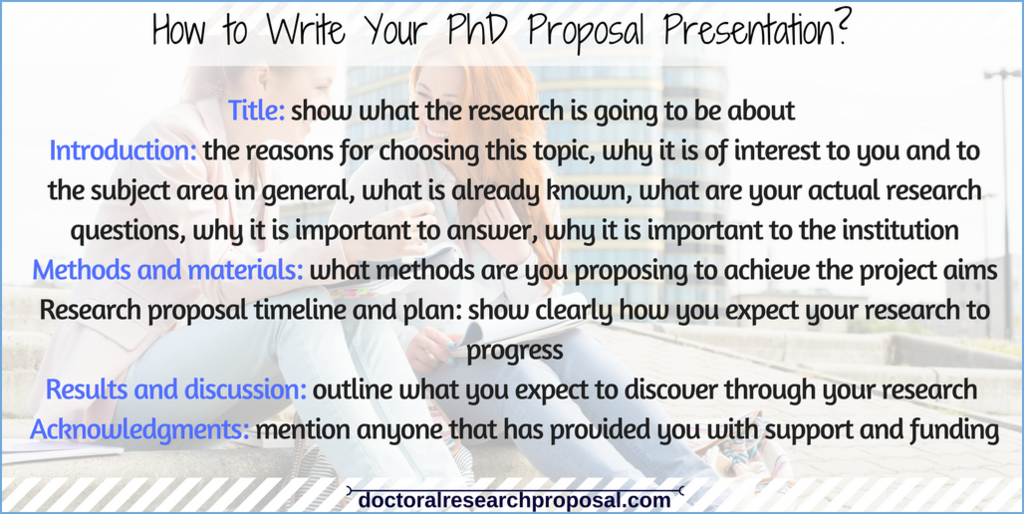
Tips to Effectively Present Research Proposal
The concept you create should be impressive and informative. Everything should be focused on your study, showcasing the topic, highlighting its importance, and saying what you expect to achieve. That’s why you should make your thesis proposal presentation a visual aid that helps the audience to understand you. Below are some tips to help you.
- Limit the amount of text on each slide. Focus on writing key phrases only.
- Create contrast by using different colors for text and background to enhance readability. The best combo is a “light text-black background.”
- Use simple design solutions and avoid flashy transitions because they may distract the audience.
- Don’t create too many slides. Decide how many slides you need in each part of your PhD proposal presentation, and don’t go beyond this number.
- Do not read from slides. The visual content is for the audience, so you should give them additional information.
- Avoid templates. There is no need to fit your original proposal for presentation into already-made structures.
To ensure the final version looks good, show it to someone who hasn’t seen it before. With feedback from an independent viewer, you will understand whether everything looks good or not.

How to Present a Research Proposal and Defense It
Simply switching the slides and repeating all the information is not enough. The purpose of the proposal defense is to convince the audience that your research is significant, fundamental, and worth investing in. Those who will listen to you won’t be very interested in research projects. So, how to present a research proposal in a way that makes them listen?
You have to be confident and stick to your agenda. Make notes about what you will say at each stage of the defense. Left the most significant information on the slides, supplementing it with additional abstracts during the demonstration. Keep the pace and show one slide per minute. Rushing is not what’s needed since you aim to show the research project’s significance.
The ability to answer audience questions is another essential of how to make a proposal presentation. Be ready for this because the committee may want to test how well you know your research topic. An unclear answer or a typical “I don’t know” can negatively impact their decision. Practice before the official demonstration and ensure you are confident enough to defend a presentation without notes.
Get Assisted in Creating a Proposal Presentation
Creating a proposal presentation is a responsible task because you are showcasing your future research, explaining why it’s important and how it will close the existing gaps in the field. It requires a deep analysis, which takes lots of time and effort and may be challenging for some individuals.
However, it’s not a problem for our specialists. As well as providing professional thesis writing services , we assist customers with presentation creation. Our experts carefully investigate the topic, do in-depth research, and find relevant data. Moreover, they can help you select research topics, offering unique niches that match your interests.
Contact us anytime you want to achieve outstanding quality and get the writing task done on time.

Upload Files
Thank you for your request!
We will get in touch with you shortly!
Please, try one more time.
- Privacy Policy

Home » How To Write A Research Proposal – Step-by-Step [Template]
How To Write A Research Proposal – Step-by-Step [Template]
Table of Contents

How To Write a Research Proposal
Writing a Research proposal involves several steps to ensure a well-structured and comprehensive document. Here is an explanation of each step:
1. Title and Abstract
- Choose a concise and descriptive title that reflects the essence of your research.
- Write an abstract summarizing your research question, objectives, methodology, and expected outcomes. It should provide a brief overview of your proposal.
2. Introduction:
- Provide an introduction to your research topic, highlighting its significance and relevance.
- Clearly state the research problem or question you aim to address.
- Discuss the background and context of the study, including previous research in the field.
3. Research Objectives
- Outline the specific objectives or aims of your research. These objectives should be clear, achievable, and aligned with the research problem.
4. Literature Review:
- Conduct a comprehensive review of relevant literature and studies related to your research topic.
- Summarize key findings, identify gaps, and highlight how your research will contribute to the existing knowledge.
5. Methodology:
- Describe the research design and methodology you plan to employ to address your research objectives.
- Explain the data collection methods, instruments, and analysis techniques you will use.
- Justify why the chosen methods are appropriate and suitable for your research.
6. Timeline:
- Create a timeline or schedule that outlines the major milestones and activities of your research project.
- Break down the research process into smaller tasks and estimate the time required for each task.
7. Resources:
- Identify the resources needed for your research, such as access to specific databases, equipment, or funding.
- Explain how you will acquire or utilize these resources to carry out your research effectively.
8. Ethical Considerations:
- Discuss any ethical issues that may arise during your research and explain how you plan to address them.
- If your research involves human subjects, explain how you will ensure their informed consent and privacy.
9. Expected Outcomes and Significance:
- Clearly state the expected outcomes or results of your research.
- Highlight the potential impact and significance of your research in advancing knowledge or addressing practical issues.
10. References:
- Provide a list of all the references cited in your proposal, following a consistent citation style (e.g., APA, MLA).
11. Appendices:
- Include any additional supporting materials, such as survey questionnaires, interview guides, or data analysis plans.
Research Proposal Format
The format of a research proposal may vary depending on the specific requirements of the institution or funding agency. However, the following is a commonly used format for a research proposal:
1. Title Page:
- Include the title of your research proposal, your name, your affiliation or institution, and the date.
2. Abstract:
- Provide a brief summary of your research proposal, highlighting the research problem, objectives, methodology, and expected outcomes.
3. Introduction:
- Introduce the research topic and provide background information.
- State the research problem or question you aim to address.
- Explain the significance and relevance of the research.
- Review relevant literature and studies related to your research topic.
- Summarize key findings and identify gaps in the existing knowledge.
- Explain how your research will contribute to filling those gaps.
5. Research Objectives:
- Clearly state the specific objectives or aims of your research.
- Ensure that the objectives are clear, focused, and aligned with the research problem.
6. Methodology:
- Describe the research design and methodology you plan to use.
- Explain the data collection methods, instruments, and analysis techniques.
- Justify why the chosen methods are appropriate for your research.
7. Timeline:
8. Resources:
- Explain how you will acquire or utilize these resources effectively.
9. Ethical Considerations:
- If applicable, explain how you will ensure informed consent and protect the privacy of research participants.
10. Expected Outcomes and Significance:
11. References:
12. Appendices:
Research Proposal Template
Here’s a template for a research proposal:
1. Introduction:
2. Literature Review:
3. Research Objectives:
4. Methodology:
5. Timeline:
6. Resources:
7. Ethical Considerations:
8. Expected Outcomes and Significance:
9. References:
10. Appendices:
Research Proposal Sample
Title: The Impact of Online Education on Student Learning Outcomes: A Comparative Study
1. Introduction
Online education has gained significant prominence in recent years, especially due to the COVID-19 pandemic. This research proposal aims to investigate the impact of online education on student learning outcomes by comparing them with traditional face-to-face instruction. The study will explore various aspects of online education, such as instructional methods, student engagement, and academic performance, to provide insights into the effectiveness of online learning.
2. Objectives
The main objectives of this research are as follows:
- To compare student learning outcomes between online and traditional face-to-face education.
- To examine the factors influencing student engagement in online learning environments.
- To assess the effectiveness of different instructional methods employed in online education.
- To identify challenges and opportunities associated with online education and suggest recommendations for improvement.
3. Methodology
3.1 Study Design
This research will utilize a mixed-methods approach to gather both quantitative and qualitative data. The study will include the following components:
3.2 Participants
The research will involve undergraduate students from two universities, one offering online education and the other providing face-to-face instruction. A total of 500 students (250 from each university) will be selected randomly to participate in the study.
3.3 Data Collection
The research will employ the following data collection methods:
- Quantitative: Pre- and post-assessments will be conducted to measure students’ learning outcomes. Data on student demographics and academic performance will also be collected from university records.
- Qualitative: Focus group discussions and individual interviews will be conducted with students to gather their perceptions and experiences regarding online education.
3.4 Data Analysis
Quantitative data will be analyzed using statistical software, employing descriptive statistics, t-tests, and regression analysis. Qualitative data will be transcribed, coded, and analyzed thematically to identify recurring patterns and themes.
4. Ethical Considerations
The study will adhere to ethical guidelines, ensuring the privacy and confidentiality of participants. Informed consent will be obtained, and participants will have the right to withdraw from the study at any time.
5. Significance and Expected Outcomes
This research will contribute to the existing literature by providing empirical evidence on the impact of online education on student learning outcomes. The findings will help educational institutions and policymakers make informed decisions about incorporating online learning methods and improving the quality of online education. Moreover, the study will identify potential challenges and opportunities related to online education and offer recommendations for enhancing student engagement and overall learning outcomes.
6. Timeline
The proposed research will be conducted over a period of 12 months, including data collection, analysis, and report writing.
The estimated budget for this research includes expenses related to data collection, software licenses, participant compensation, and research assistance. A detailed budget breakdown will be provided in the final research plan.
8. Conclusion
This research proposal aims to investigate the impact of online education on student learning outcomes through a comparative study with traditional face-to-face instruction. By exploring various dimensions of online education, this research will provide valuable insights into the effectiveness and challenges associated with online learning. The findings will contribute to the ongoing discourse on educational practices and help shape future strategies for maximizing student learning outcomes in online education settings.
About the author
Muhammad Hassan
Researcher, Academic Writer, Web developer
You may also like

How to choose an Appropriate Method for Research?

Research Proposal – Types, Template and Example

How To Write A Business Proposal – Step-by-Step...

Grant Proposal – Example, Template and Guide

Proposal – Types, Examples, and Writing Guide

How To Write A Proposal – Step By Step Guide...
Academia.edu no longer supports Internet Explorer.
To browse Academia.edu and the wider internet faster and more securely, please take a few seconds to upgrade your browser .
Enter the email address you signed up with and we'll email you a reset link.
- We're Hiring!
- Help Center


How to Write Good Scientific Project Proposals: A Comprehensive Guide

Related Papers
Beginnings (American Holistic Nurses' Association)
Mary Enzman Hines
Steve Quarrie
Dr. Awais H. Gillani
moawia A alshiek
After more than a decade of teaching the course of research skills, I believe that the need for reference works on proposal writing for students and researchers is an essential handout. Not only to acquire the ability to write successful researched proposals but also to share my experience with them. The purpose of this review is to screen research skills literature to identify how and why proposals are written. Ultimately, to provide a document that guides students and researchers to write an effective proposal for their research projects. I found following accredited proposal guidelines will help to produce an effective successful document. However, there is no one single format but general template. Every institution, journal or funding agency has its own format. But all have this sequence: introduction, objectives, methodology, workplan, budget, references and annexes. 1) Background: There is no single formula for a strong effective proposal. There are a number of precepts that are consistently found in successful proposals. The sooner one learns them, the better. (1) When a social scientist desires to conduct an experiment, he first develops a proposal. The proposal introduces the problem, the significance of a study as well as the experimenter's research question and hypothesis. It also gives a brief explanation of the theory guiding the study, a review of relevant literature pertaining to the theory, and the procedure for the experiment. (2) The goal of a research proposal is to present and justify the need to study a research problem. As well as, to show design elements and procedures for conducting the research. It goes without saying the proposal must provide persuasive evidence that a need exists for the proposed study. (3)
Education India: A Quarterly Refereed Journal of Dialogues on Education
Shubham kumar Sanu , Vishwa Raj Sharma , Dr Mukesh Kumar , Smriti Shreya
Writing a research proposal for an early career researcher is one of the toughest part of research work. A research proposal is a blueprint to conduct research work and a well-structured proposal provides smooth functioning for the proposed research. Generally, young researchers face various types of problem in structuring a good research proposal in absence of proper guidelines, steps and strategies. This paper aims to provide a general guideline to the students and researchers to develop a wellstructured research proposal for the purpose of PhD/dissertation/research projects, etc. The concept and significance of a research proposal, how to start research work, the process of producing and appropriate sections for a good research proposal has been discussed in great detail.
Holuphumiee Adegbaju
Parlindungan Pardede
Langley, BC: Trinity Western University. …
Paul T P Wong
S M Mukarram Jahan
A research proposal is a serious statement that addresses a researcher’s intent to conduct a study on a phenomenon and a plan about how to perform the research. Students usually undertake research under the guidance of a supervisor from faculty in tandem with assistance and supervision of other faculty members. Thus, the proposal should be a clear statement of intent that aims at elucidating the plan of research to make it feasible and acceptable for all parties concerned. The most essential characteristic of a research proposal is that it should be sufficient to present the researcher’s idea or question and expected outcomes with clarity and definition (the what). It should also make a case for the reason the researcher’s focus of study is significant and the value that it will bring to the discipline under study (the why).
Loading Preview
Sorry, preview is currently unavailable. You can download the paper by clicking the button above.
RELATED PAPERS
abdul rahim
Carlos Melo
IOSR Journals
Elise Lehoux
Nelleke Bak
S Vasantha Kumari
Dr. Qais Faryadi
temesgen yohannes
JOHN KARANJA, PhD , Dr. John Karanja
Alternation: Interdisciplinary Journal for the Study of the Arts and Humanities in Southern Africa
Njabulo Simelane
Education Research International
Mariel Monrroy
Alex Galarosa
Victorino Butron
Abimbola Awotedu
Aksha Memon
abasynuniv.edu.pk
Flora Maleki
Akhil Rashinkar
magendira mani vinayagam
Research proposal outline
JONATHAN N G U G I KN
British Journal of Midwifery
Valerie Fleming
Frances James
- We're Hiring!
- Help Center
- Find new research papers in:
- Health Sciences
- Earth Sciences
- Cognitive Science
- Mathematics
- Computer Science
- Academia ©2024
JavaScript seems to be disabled in your browser. For the best experience on our site, be sure to turn on Javascript in your browser.
- My Wish List
- Compare Products
- Presentations
Scientific Project Proposal Presentation
You must be logged in to download this file*
item details (11 Editable Slides)
(11 Editable Slides)
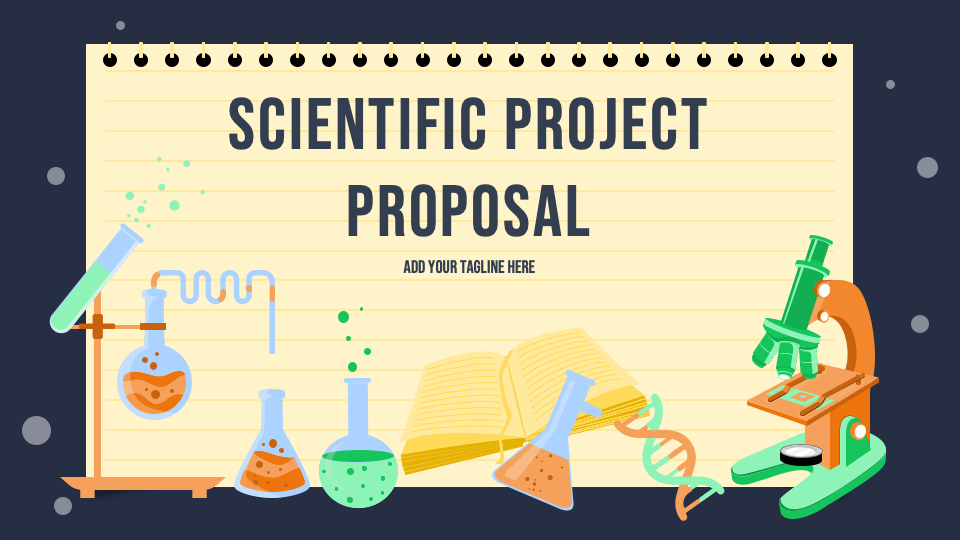
Related Products
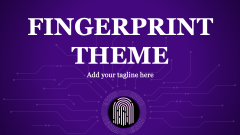
Lay your hands on our Scientific Project Proposal presentation template, to present a detailed overview of your project, including the vision, budget, problems and solutions, long-term goals, and expected outcomes to investors, clients, and stakeholders. Available for MS PowerPoint and Google Slides!
Project heads can use this set to illustrate milestones, stages, and approaches used in the scientific project. Researchers can shed light on the data analytics techniques, information-gathering methods, sample selection processes, and research methodologies used for this project. You can also highlight the timeline for attaining the desired project results. Showcase the introduction of the team members and how they form the backbone of your project.
Sizing Charts
| Size | XS | S | S | M | M | L |
|---|---|---|---|---|---|---|
| EU | 32 | 34 | 36 | 38 | 40 | 42 |
| UK | 4 | 6 | 8 | 10 | 12 | 14 |
| US | 0 | 2 | 4 | 6 | 8 | 10 |
| Bust | 79.5cm / 31" | 82cm / 32" | 84.5cm / 33" | 89.5cm / 35" | 94.5cm / 37" | 99.5cm / 39" |
| Waist | 61.5cm / 24" | 64cm / 25" | 66.5cm / 26" | 71.5cm / 28" | 76.5cm / 30" | 81.5cm / 32" |
| Hip | 86.5cm / 34" | 89cm / 35" | 91.5cm / 36" | 96.5cm / 38" | 101.5cm / 40" | 106.5cm / 42" |
| Size | XS | S | M | L | XL | XXL |
|---|---|---|---|---|---|---|
| UK/US | 34 | 36 | 38 | 40 | 42 | 44 |
| Neck | 37cm / 14.5" | 38cm /15" | 39.5cm / 15.5" | 41cm / 16" | 42cm / 16.5" | 43cm / 17" |
| Chest | 86.5cm / 34" | 91.5cm / 36" | 96.5cm / 38" | 101.5cm / 40" | 106.5cm / 42" | 111.5cm / 44" |
| Waist | 71.5cm / 28" | 76.5cm / 30" | 81.5cm / 32" | 86.5cm / 34" | 91.5cm / 36" | 96.5cm / 38" |
| Seat | 90cm / 35.4" | 95cm / 37.4" | 100cm / 39.4" | 105cm / 41.3" | 110cm / 43.3" | 115cm / 45.3" |
JavaScript seems to be disabled in your browser. For the best experience on our site, be sure to turn on Javascript in your browser.
Exclusive access to over 200,000 completely editable slides.
- Diagram Finder
- Free Templates
- Human Resources
- Project Management
- Timelines & Planning
- Health & Wellness
- Environment
- Cause & Effect
- Executive Summary
- Customer Journey
- 30 60 90 Day Plan
- Social Media
- Escalation Matrix
- Communication
- Go to Market Plan/Strategy
- Recruitment
- Pros and Cons
- Business Plan
- Risk Management
- Roles and Responsibilities
- Mental Health
- ISO Standards
- Process Diagrams
- Puzzle Diagrams
- Organizational Charts
- Arrow Diagrams
- Infographics
- Tree Diagrams
- Matrix Charts
- Stage Diagrams
- Text Boxes & Tables
- Data Driven Charts
- Flow Charts
- Square Puzzle
- Circle Puzzle
- Circular Arrows
- Circle Segments
- Matrix Table
- Pillar Diagrams
- Triangle Puzzle
- Compare Diagrams
- Ladder Diagrams
- Google Slides
- North America Maps
- United States (US) Maps
- Europe Maps
- South America Maps
- Apple Keynote
- People & Objects
- Trending Products
Scientific Project Proposal Presentation - Free Download
(11 Editable Slides)

Related Products
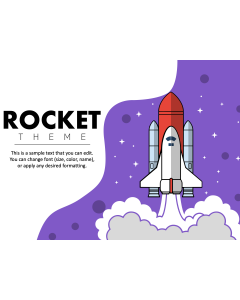
Rocket Theme - Free Download

Business Proposal Executive Summary
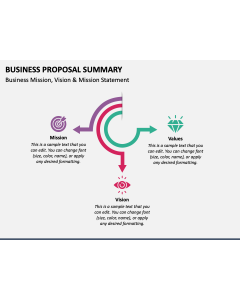
Business Proposal Summary

Modern Gradient Background - Free Download
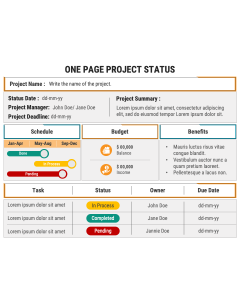
One Page Project Status Presentation

Small Business Project Proposal Presentation
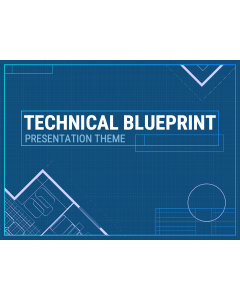
Technical Blueprint Presentation Theme - Free Download

Partnership Proposal Presentation
Download our Scientific Project Proposal template for PowerPoint and Google Slides to depict a well-structured plan for conducting research or experiments. Scientists and researchers can use this pre-designed deck to display a blueprint for the proposal, including the objectives, scientific problem, or question they aim to address, who can benefit from the project, etc. With this set, you can also describe how this research can revolutionize industries and create new possibilities in specific fields. Additionally, you can depict the schedule for completing different project stages, estimated costs, collaboration opportunities, and more in front of authorities for seeking approval and financial support.
The visually engaging graphics, vibrant color scheme, and easily readable font are incorporated into the PPT to enhance the overall aesthetics of your presentations. So, get it now!
Slides’ Overview
- You can leverage the captivating cover slide to begin your presentations impactfully.
- Highlight your presentation’s key points in an organized manner with the Table of Contents layout.
- Illustrate a brief description of your project through a stunning infographic.
- You can depict the problems you aim to resolve with your research.
- The key requirements for the research or experiments can be demonstrated clearly and precisely.
- Depict the project proposal objectives via an aesthetic design.
- The schedule of project stages can be displayed through a timeline infographic.
- An overview of the participants can be portrayed comprehensively.
- Showcase the estimated costs for different project activities through a tabular infographic.
- A ‘Thank You’ slide is provided to help you convey an appreciation message for the audience’s engagement.
- Make changes according to your requirements in a jiffy.
- The graphic resolution and quality won’t get hampered, even when scaled to a widescreen.
- Our designers have crafted the illustration from scratch to eliminate the room for copyright issues.
Download this deck to deliver impeccable presentations in minutes!
Create compelling presentations in less time
- Program Design
- Peer Mentors
- Excelling in Graduate School
- Oral Communication
- Written communication
- About Climb
Creating a 10-15 Minute Scientific Presentation
In the course of your career as a scientist, you will be asked to give brief presentations -- to colleagues, lab groups, and in other venues. We have put together a series of short videos to help you organize and deliver a crisp 10-15 minute scientific presentation.
First is a two part set of videos that walks you through organizing a presentation.
Part 1 - Creating an Introduction for a 10-15 Minute Scientfic Presentation
Part 2 - Creating the Body of a 10-15 Minute Presentation: Design/Methods; Data Results, Conclusions
Two additional videos should prove useful:
Designing PowerPoint Slides for a Scientific Presentation walks you through the key principles in designing powerful, easy to read slides.
Delivering a Presentation provides tips and approaches to help you put your best foot forward when you stand up in front of a group.
Other resources include:
Quick Links
Northwestern bioscience programs.
- Biomedical Engineering (BME)
- Chemical and Biological Engineering (ChBE)
- Driskill Graduate Program in the Life Sciences (DGP)
- Interdepartmental Biological Sciences (IBiS)
- Northwestern University Interdepartmental Neuroscience (NUIN)
- Campus Emergency Information
- Contact Northwestern University
- Report an Accessibility Issue
- University Policies
- Northwestern Home
- Northwestern Calendar: PlanIt Purple
- Northwestern Search
Chicago: 420 East Superior Street, Rubloff 6-644, Chicago, IL 60611 312-503-8286

- PowerPoint Templates
15 Free Research Proposal PowerPoint Templates for Scientific Project, Thesis Defence
Are you a scientist who wishes to create a research proposal presentation in the best manner? If you do, then this excellent list of Research Proposal PowerPoint Templates is truly a demand!
The research proposal is a document that a researcher needs to write, It outlines the details of a research project and gives team members or readers a summary of the information in a project.
In order to allow readers to understand the project information more clearly, a research proposal presentation will be a better way to present the information of a research project.
A research proposal PPT should include the following:
- Research title or topic: make sure your title can clearly describe the research project, or supplement your research project with a short statement.
- Research background: why do this research project
- literature review: describe research progress on your research topic, and the gap or remaining questions need to research.
- Research aim, objective, and hypothesis
- Research method: explain how to conduct your research, how data is collected and analyzed.
- Results: the results you expect.
- Question: provides an overview of the problems encountered during the research process, and how to solve them.
- Summary: make sure the reader has a complete understanding of your research project.
Note: this PDF file made by Australian National University provides more information about the research proposal presentation.
In this collection, you’ll find numerous and diverse styles of research proposals ppt templates that you can pick as part of your inspiration.
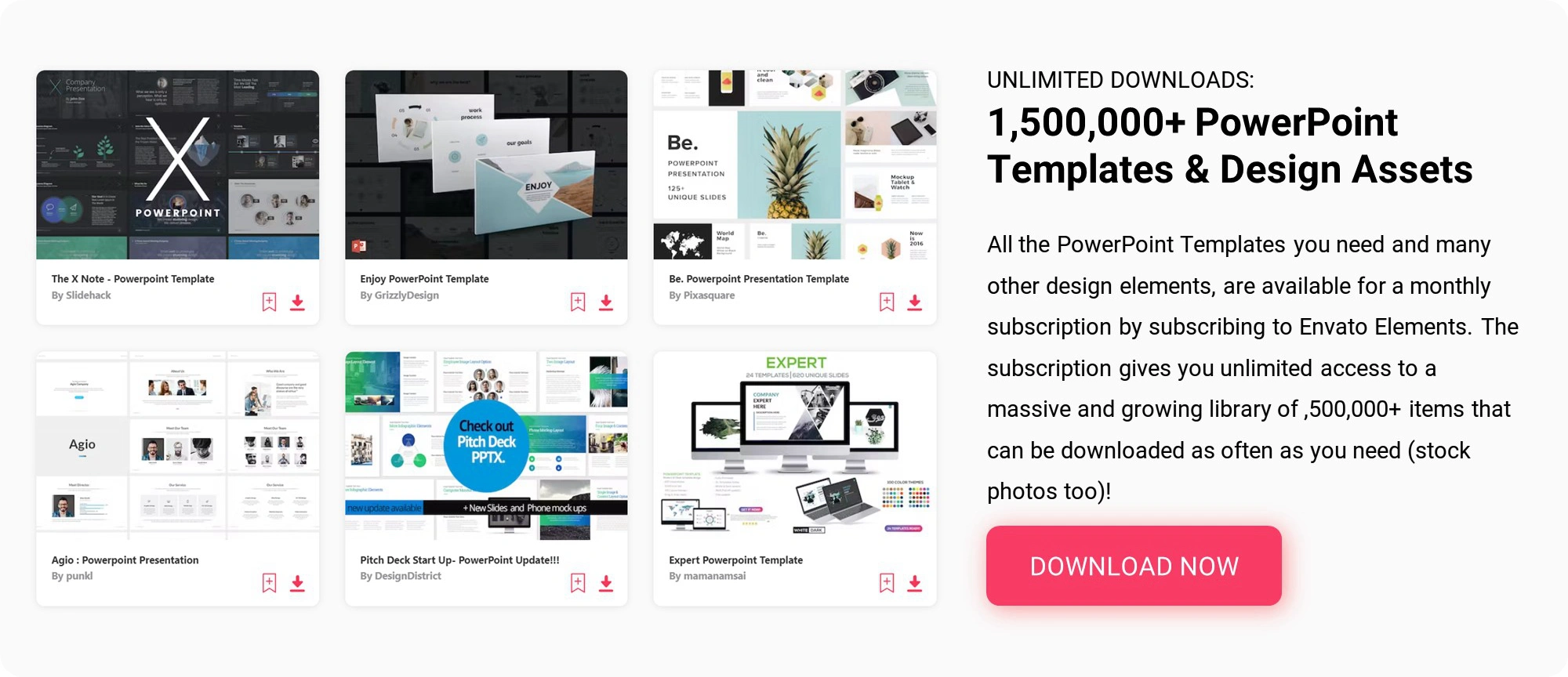
Table of Contents
Free research proposal powerpoint templates, premium research proposal powerpoint templates, 1. rea thesis presentation template.
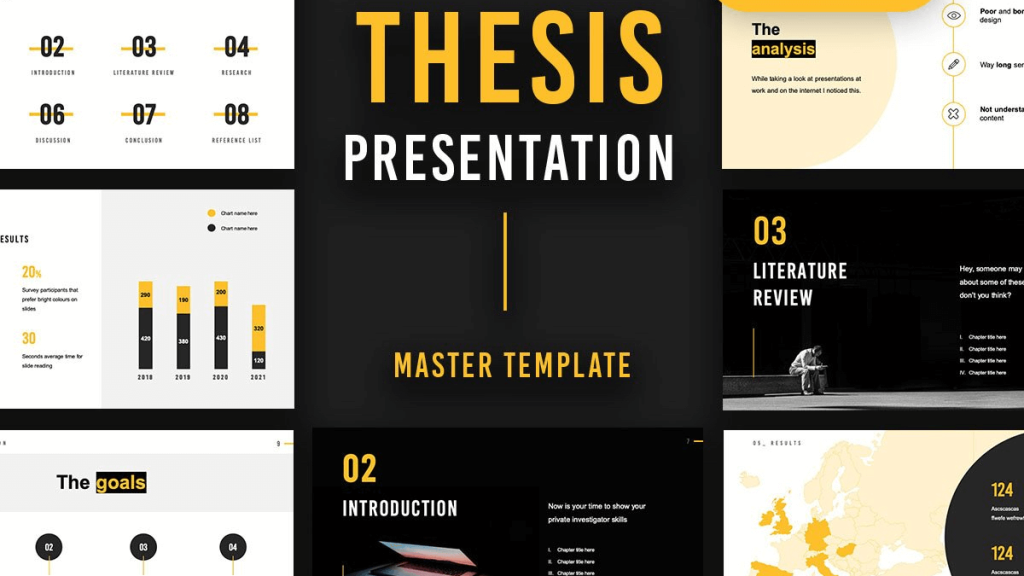
You can create a professional research proposal with Rea in a matter of minutes. Why? Because you don’t need any design knowledge or sophisticated design software like Photoshop or Adobe Illustrator, the Rea ppt template gives you everything you need to create a research proposal, it provides a complete pre-built slide set. What you need to do is focus on your study.
To assist you in presenting your research proposal in a structured way, the Rea template divides your research proposal into seven sections: introduction, literature review, research, results, discussion, conclusion, reference list. The majority of research proposals can follow this structure.
The Rea ppt template features a modern, creative design, the alternation of light slides and dark slides will attract the viewer’s attention well.
Unique slides: 33
2. Master Thesis Defense PowerPoint Template
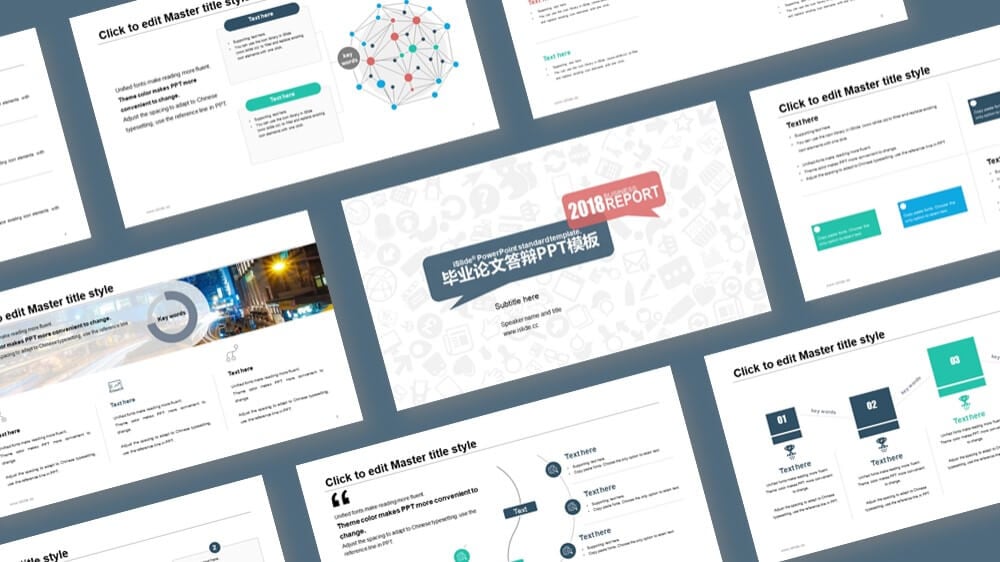
The Master Thesis Defense PowerPoint Template is a thesis PowerPoint presentation for students. It features a clean, sophisticated design, the unified layout allows you to easily adjust or add slides in your presentation. This template is perfect for a master’s thesis.
Unique slides: 21
3. Blue Graduation & Thesis Defense Presentation
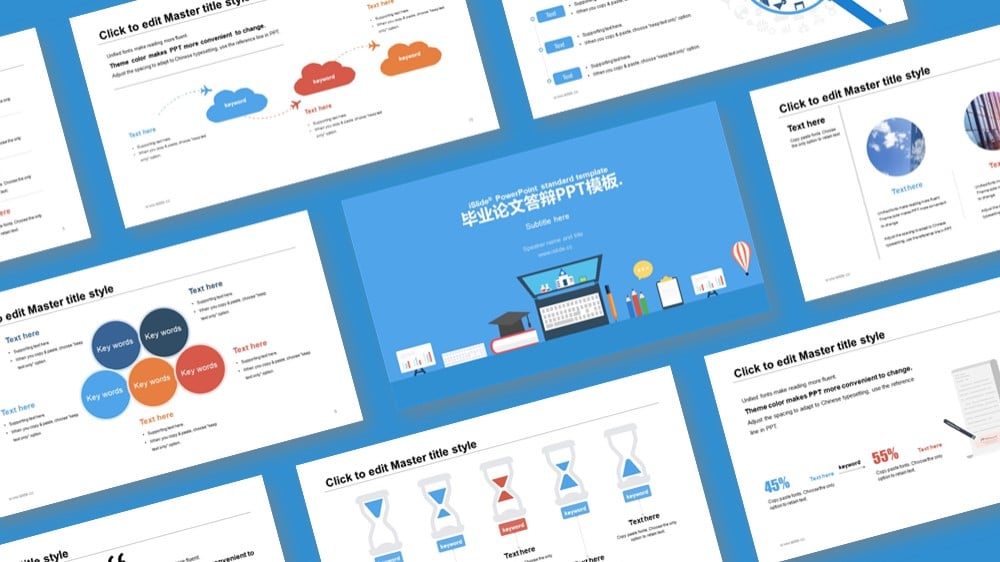
This PPT template is made for thesis defense presentations, such as bachelors thesis, PhD thesis, masters thesis, or doctoral thesis. It comes with a blue background cover slide and a lot of useful infographic slides.
4. Red Dissertation proposal defense powerpoint presentation

This research proposal PowerPoint template uses a striking red as the main color, features 21 editable slides. The table of contents slide and break slide will help you organize your content.
5. Green Dissertation defense presentation template

Green Dissertation defense presentation template comes with 21 unique slides and a clean layout, suited for chemistry thesis or biology thesis.
6. PhD Dissertation Defense Presentation Template

PhD Dissertation Defense Presentation Template features a clean, minimal design. It’s well organized and easy to use. The only thing you need to focus on is your research.
7. Blue Medical research proposal powerpoint template

Blue Medical is a free multipurpose PowerPoint template for medical presentations. This template is also perfect for medical research proposals, chemical project research proposals.
Unique slides: 41
8. Master’s Thesis Defense PowerPoint Template

Master’s Thesis Defense Free PowerPoint Template is one of the best research proposal templates. You don’t need to build anything from scratch, it’s more or less just a matter of dragging and dropping, editing text and charts.
Unique slides: 28
9. Research presentation Template

This PPT template is a simple alternative that helps you create a research slide. It includes 5 steps to guide you through the research process. If you want a simplest PowerPoint template, this will be the right one.
Unique slides: 9
10. Minerva Master Thesis Defense PowerPoint Template
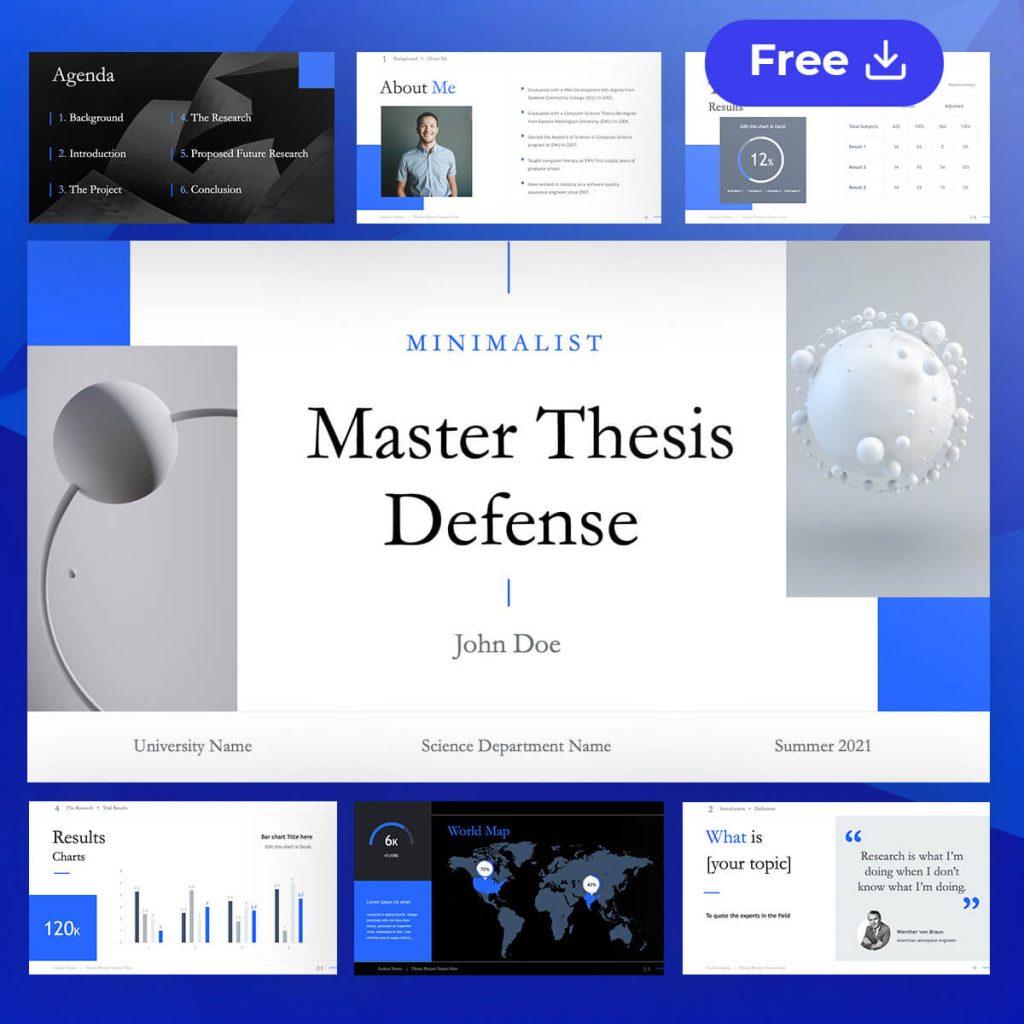
Minerva is a free minimalist master’s thesis defense presentation template. It has 34 comprehensive and unique slides. Use this template to present your research now!
Unique slides: 34
11. Professional Thesis Project Proposal PowerPoint Template
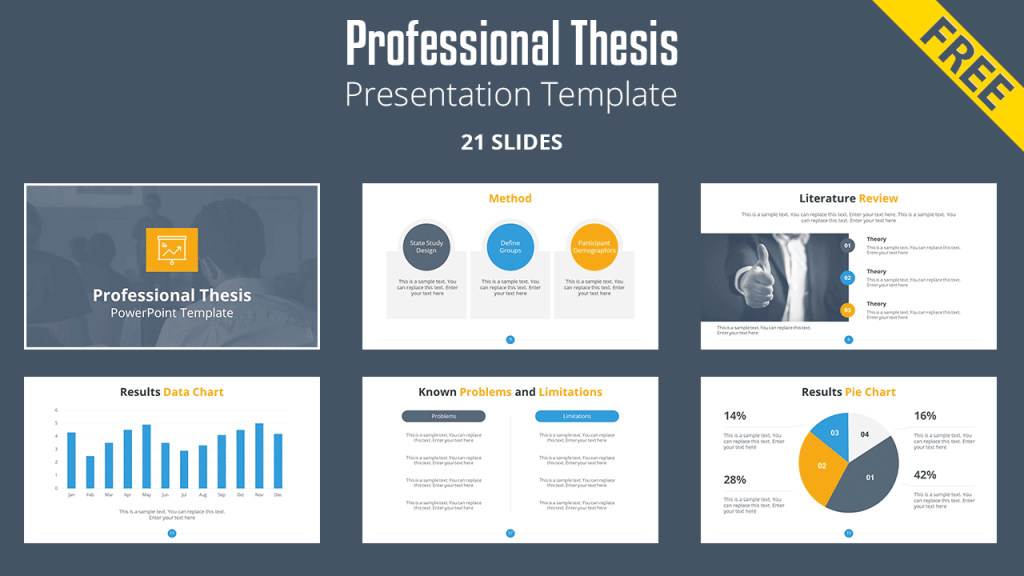
Professional Thesis Project Proposal PowerPoint Template is a free research paper ppt template. It comes with 21 easy-to-use slides that include every aspect of your thesis, from the purpose of your study to method, data analysis, results, and discussion.
12. Thesis Presentation Powerpoint & Google Slides Template
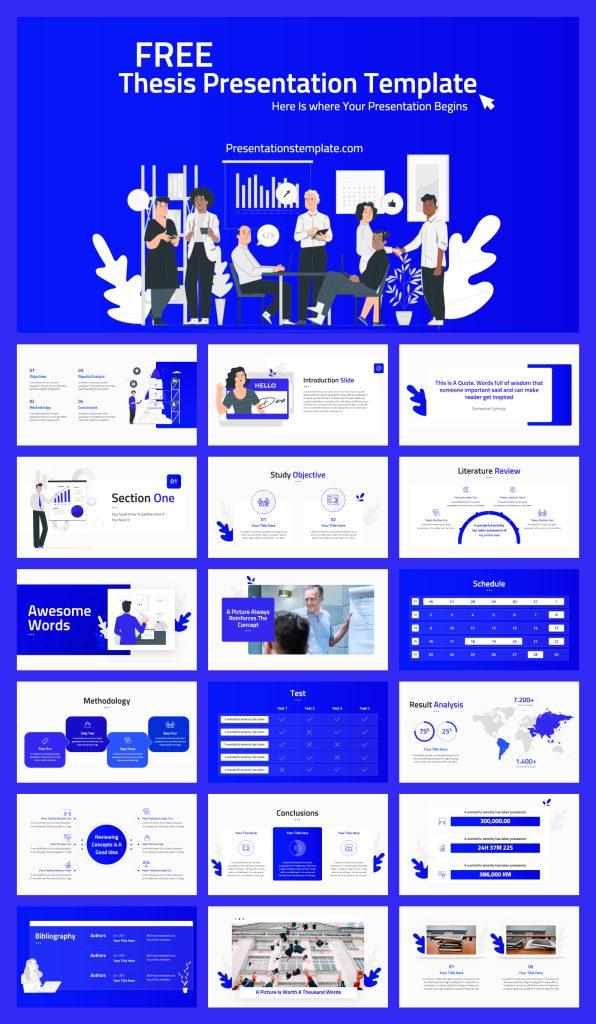
This presentation template is one of the best free research proposal ppt templates that help you stand out. It features 20 pre-built research slides with modern, minimal layouts.
13. The effects of technology learning Research Presentation Template

This cool presentation template is designed for students to present their school projects. It includes many illustrations and graphs.
14. Free Thesis Defense Presentation Template
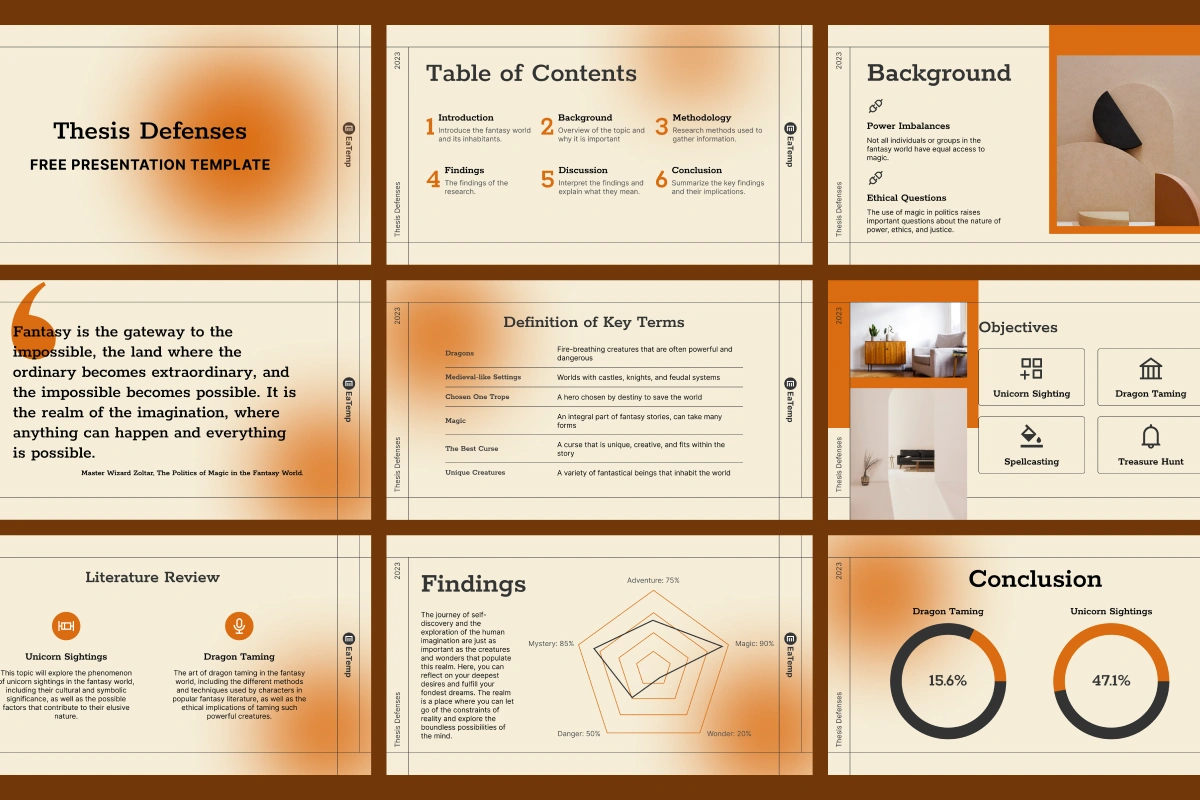
This beautiful PPT template is for anyone who needs a quick but professional thesis defense template. Utilize professionally designed slides for your introduction, methodology, results, and conclusion. The template includes 22 animated slides.
15. Black and white Research Proposal Presentation Free download
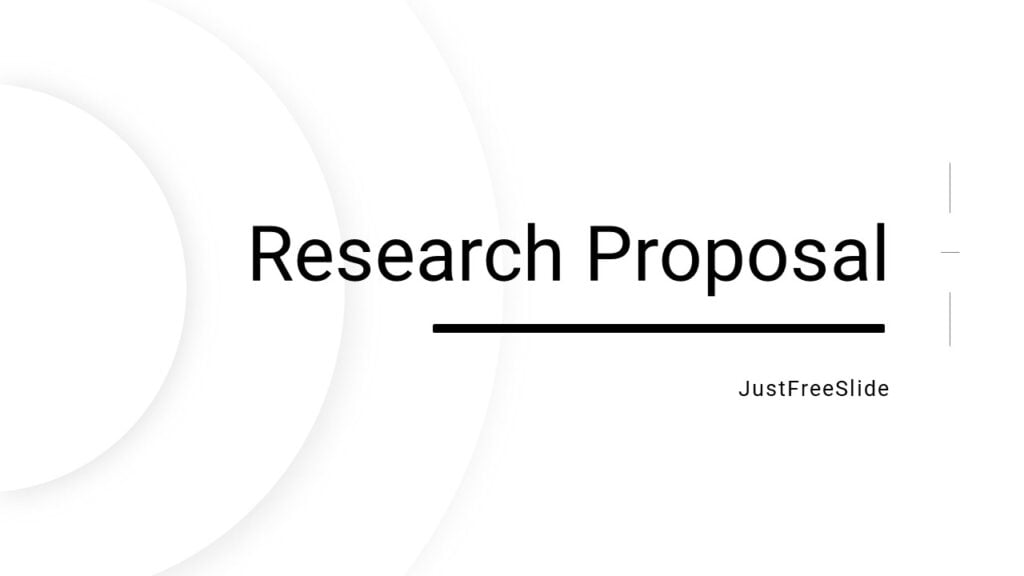
A free research proposal presentation template for PowerPoint and Google Slides, contains 29 unique slides.
Thesis Science Powerpoint Template

Thesis Science Powerpoint Template offers 20 unique slides. All slides have been organized and categorized to adhere to the guidelines stipulated by the thesis defense format.
SOLOZ – Dark Background Science Thesis Defense Powerpoint Template
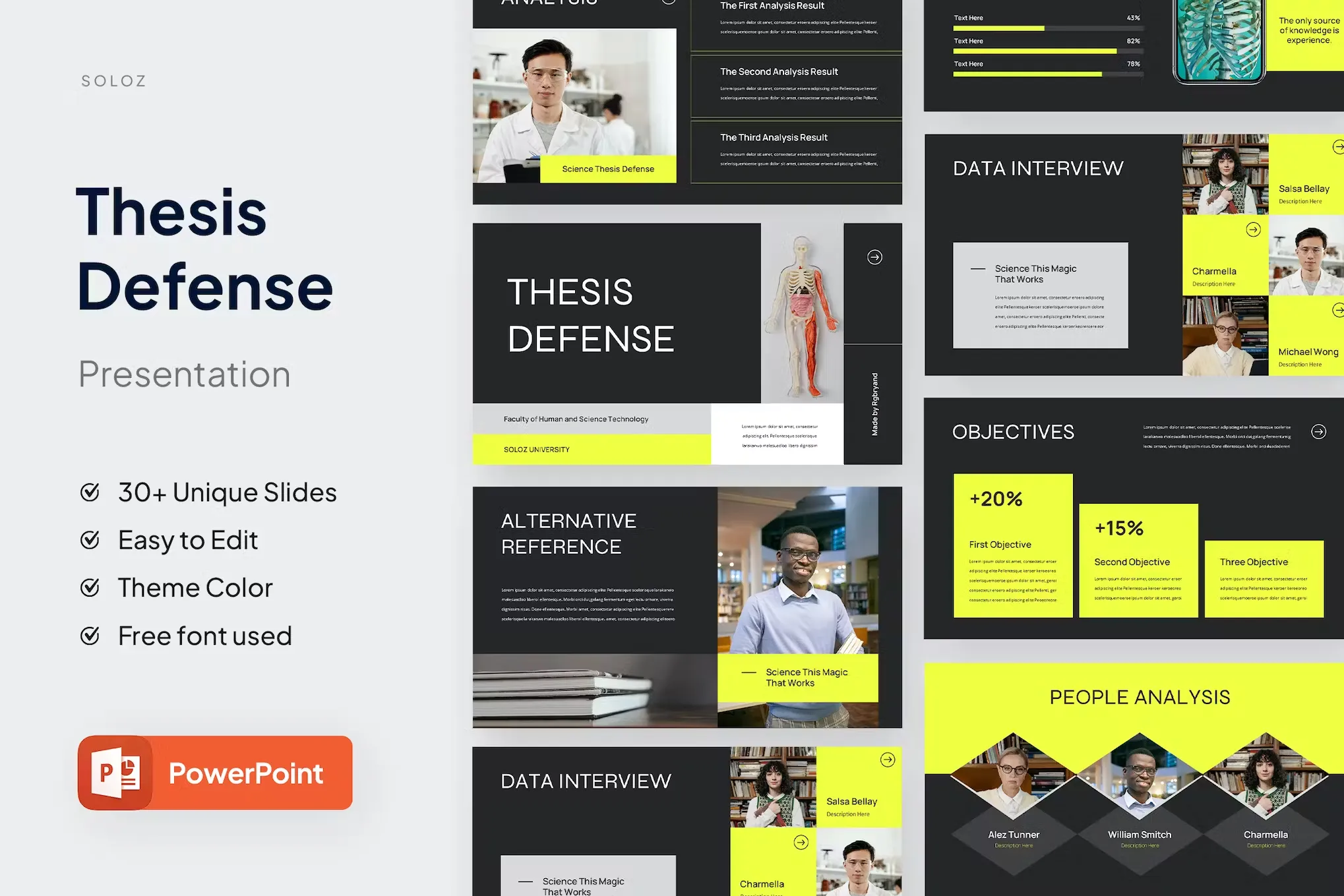
SOLOZ PPT template contains 30 unique slides with a dark background. The unified color scheme and master slides make it easy to customize and quickly build an impressive presentation.
Thesis Defense – Design Powerpoint Template

This thesis defense PowerPoint template uses a design interior theme as a preview. It comes with 30 unique slides, dark and light backgrounds, and widescreen & standard ratio.
Research Proposal PPT Template

The Research Proposal PowerPoint Template offers over 50 slide designs with a modern and professional look. This template is available in three various formats: PowerPoint, Google Slides, and Keynote.
Thank you for visiting Just Free Slide and reading this article! We hope this article helped you find the best research proposal PowerPoint template. We highly appreciate it! Now you might want to get more free PowerPoint templates . Below you’ll find more PowerPoint templates related to the research proposal:
- 8 Best Academic PowerPoint Templates
- 42 Pages Thesis Defense PowerPoint Presentation Template (Premium)
More like this
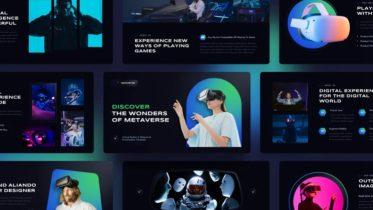
Wonderful article! I have found an amazing site on Google it’s http://www.kridha.net . Here you can explore professionally designed fully customizable research templates which are easy to use.
Leave a Reply Cancel reply
Your email address will not be published. Required fields are marked *

Peer Recognized
Make a name in academia
Research Proposal Examples for Every Science Field
Looking for research funding can be a daunting task, especially when you are starting out. A great way to improve grant-writing skills is to get inspired by winning research proposal examples.
To assist you in writing a competitive proposal, I have curated a collection of real-life research proposal examples from various scientific disciplines. These examples will allow you to gain inspiration about the way research proposals are structured and written.
Structure of a Research Proposal
A research proposal serves as a road-map for a project, outlining the objectives, methodology, resources, and expected outcomes. The main goal of writing a research proposal is to convince funding agency of the value and feasibility of a research project. But a proposal also helps scientists themselves to clarify their planned approach.
While the exact structure may vary depending on the science field and institutional guidelines, a research proposal typically includes the following sections: Problem, Objectives, Methodology, Resources, Participants, Results&Impact, Dissemination, Timeline, and Budget. I will use this structure for the example research proposals in this article.
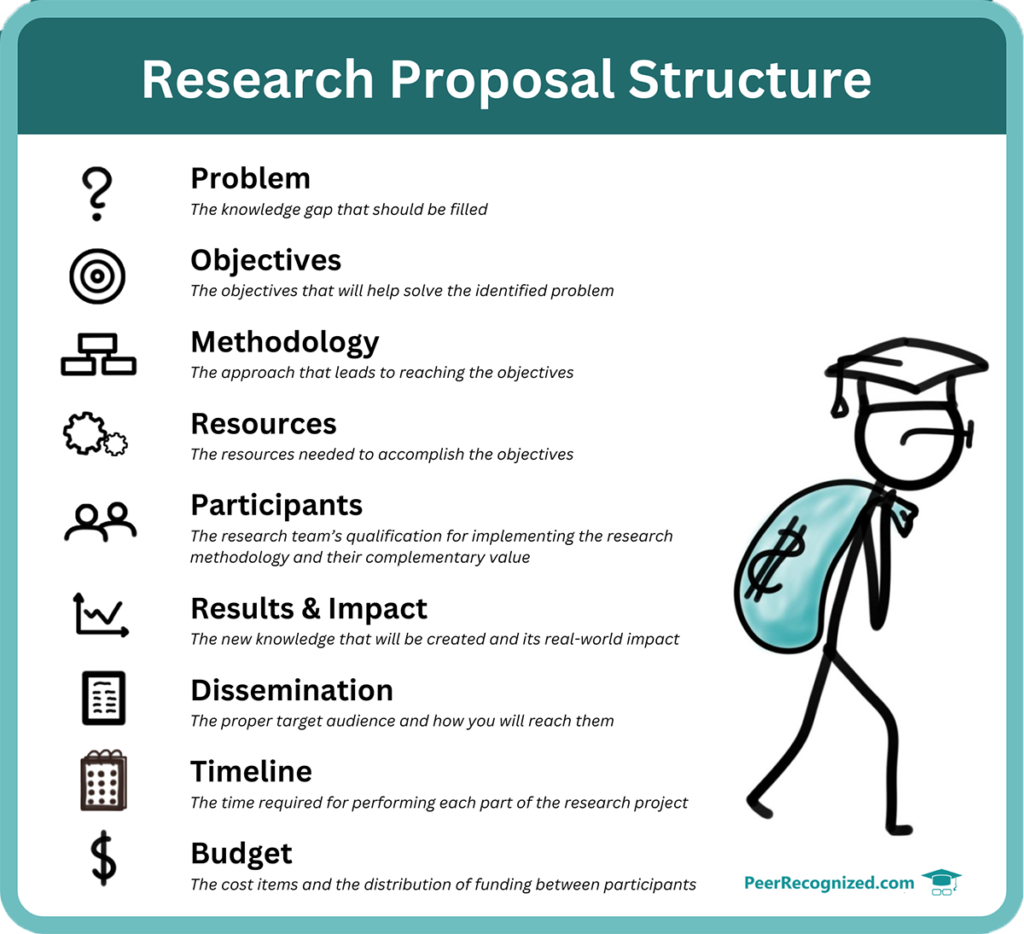
Here is a brief description of what each of the nine proposal sections should hold.
A concise and informative title that captures the essence of the research proposal. Sometimes an abstract is required that briefly summarizes the proposed project.

Clearly define the research problem or gap in knowledge that the study aims to address. Present relevant background information and cite existing literature to support the need for further investigation.

State the specific objectives and research questions that the study seeks to answer. These objectives should be clear, measurable, and aligned with the problem statement.

Methodology
Describe the research design, methodology, and techniques that will be employed to collect and analyze data. Justify your chosen approach and discuss its strengths and limitations.

Outline the resources required for the successful execution of the research project, such as equipment, facilities, software, and access to specific datasets or archives.

Participants
Describe the research team’s qualification for implementing the research methodology and their complementary value

Results and Impact
Describe the expected results, outcomes, and potential impact of the research. Discuss how the findings will contribute to the field and address the research gap identified earlier.

Dissemination
Explain how the research results will be disseminated to the academic community and wider audiences. This may include publications, conference presentations, workshops, data sharing or collaborations with industry partners.

Develop a realistic timeline that outlines the major milestones and activities of the research project. Consider potential challenges or delays and incorporate contingency plans.
Provide a detailed budget estimate, including anticipated expenses for research materials, equipment, participant compensation, travel, and other relevant costs. Justify the budget based on the project’s scope and requirements.
Consider that the above-mentioned proposal headings can be called differently depending on the funder’s requirements. However, you can be sure in one proposal’s section or another each of the mentioned sections will be included. Whenever provided, always use the proposal structure as required by the funding agency.
Research Proposal template download
This research proposal template includes the nine headings that we just discussed. For each heading, a key sentence skeleton is provided to help you to kick-start the proposal writing process.
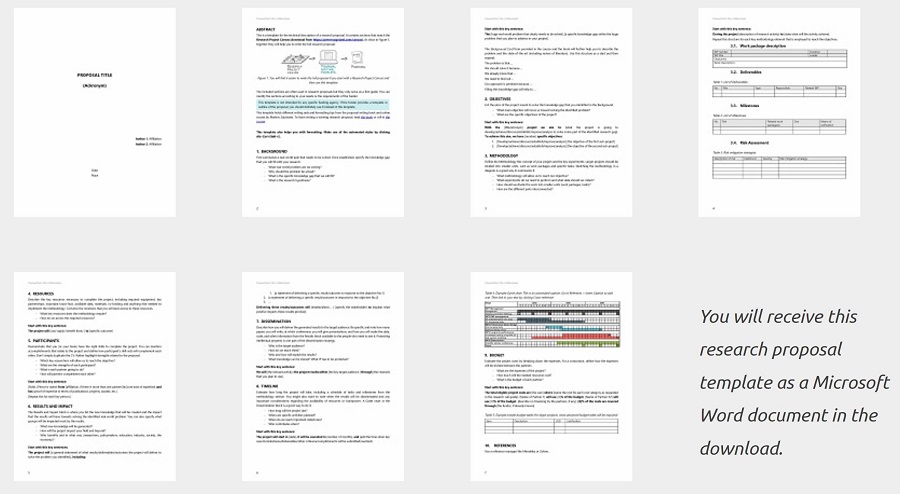
Real-Life Research Proposal Examples
Proposals can vary from field to field so I will provide you with research proposal examples proposals in four main branches of science: social sciences, life sciences, physical sciences, and engineering and technology. For each science field, you will be able to download real-life winning research proposal examples.
To illustrate the principle of writing a scientific proposal while adhering to the nine sections I outlined earlier, for each discipline I will also provide you with a sample hypothetical research proposal. These examples are formulated using the key sentence structure that is included in the download template .
In case the research proposal examples I provide do not hold exactly what you are looking for, use the Open Grants database. It holds approved research proposals from various funding agencies in many countries. When looking for research proposals examples in the database, use the filer to search for specific keywords and organize the results to view proposals that have been funded.
Research Proposals Examples in Social Sciences
Here are real-life research proposal examples of funded projects in social sciences.
| (Cultural Anthropology) | |
Here is an outline of a hypothetical Social Sciences research proposal that is structured using the nine proposal sections we discussed earlier. This proposal example is produced using the key sentence skeleton that you will access in the proposal template .
The Influence of Social Media on Political Participation among Young Adults

Social media platforms have become prominent spaces for political discussions and information sharing. However, the impact of social media on political participation among young adults remains a topic of debate.

With the project, we aim to establish the relationship between social media usage and political engagement among young adults. To achieve this aim, we have three specific objectives:
- Examine the association between social media usage patterns and various forms of political participation, such as voting, attending political rallies, and engaging in political discussions.
- Investigate the role of social media in shaping political attitudes, opinions, and behaviors among young adults.
- Provide evidence-based recommendations for utilizing social media platforms to enhance youth political participation.

During the project, a mixed methods approach, combining quantitative surveys and qualitative interviews will be used to determine the impact of social media use on youth political engagement. In particular, surveys will collect data on social media usage, political participation, and attitudes. Interviews will provide in-depth insights into participants’ experiences and perceptions.

The project will use survey software, transcription tools, and statistical analysis software to statistically evaluate the gathered results. The project will also use project funding for participant compensation.

Principal investigator, Jane Goodrich will lead a multidisciplinary research team comprising social scientists, political scientists, and communication experts with expertise in political science and social media research.

The project will contribute to a better understanding of the influence of social media on political participation among young adults, including:
- inform about the association between social media usage and political participation among youth.
- determine the relationship between social media content and political preferences among youth.
- provide guidelines for enhancing youth engagement in democratic processes through social media use.

We will disseminate the research results within policymakers and NGOs through academic publications in peer-reviewed journals, presentations at relevant conferences, and policy briefs.

The project will start will be completed within two years and for the first two objectives a periodic report will be submitted in months 12 and 18.
The total eligible project costs are 58,800 USD, where 15% covers participant recruitment and compensation, 5% covers survey software licenses, 55% are dedicated for salaries, and 25% are intended for dissemination activities.
Research Proposal Examples in Life Sciences
Here are real-life research project examples in life sciences.
| | |
| | |
| (postdoctoral fellowship) | |
| (National Institutes of Environmental Health Sciences) |
Here is a hypothetical research proposal example in Life Sciences. Just like the previous example, it consists of the nine discussed proposal sections and it is structured using the key sentence skeleton that you will access in the proposal template .
Investigating the Role of Gut Microbiota in Obesity and Metabolic Syndrome (GUT-MET)
Obesity and metabolic syndrome pose significant health challenges worldwide, leading to numerous chronic diseases and increasing healthcare costs. Despite extensive research, the precise mechanisms underlying these conditions remain incompletely understood. A critical knowledge gap exists regarding the role of gut microbiota in the development and progression of obesity and metabolic syndrome.
With the GUT-MET project, we aim to unravel the complex interactions between gut microbiota and obesity/metabolic syndrome. To achieve this aim, we have the following specific objectives:
- Investigate the composition and diversity of gut microbiota in individuals with obesity and metabolic syndrome.
- Determine the functional role of specific gut microbial species and their metabolites in the pathogenesis of obesity and metabolic syndrome.
During the project, we will employ the following key methodologies:
- Perform comprehensive metagenomic and metabolomic analyses to characterize the gut microbiota and associated metabolic pathways.
- Conduct animal studies to investigate the causal relationship between gut microbiota alterations and the development of obesity and metabolic syndrome.
The project will benefit from state-of-the-art laboratory facilities, including advanced sequencing and analytical equipment, as well as access to a well-established cohort of participants with obesity and metabolic syndrome.

Dr. Emma Johnson, a renowned expert in gut microbiota research and Professor of Molecular Biology at the University of PeerRecognized, will lead the project. Dr. Johnson has published extensively in high-impact journals and has received multiple research grants focused on the gut microbiota and metabolic health.
The project will deliver crucial insights into the role of gut microbiota in obesity and metabolic syndrome. Specifically, it will:
- Identify microbial signatures associated with obesity and metabolic syndrome for potential diagnostic and therapeutic applications.
- Uncover key microbial metabolites and pathways implicated in disease development, enabling the development of targeted interventions.
We will actively disseminate the project results within the scientific community, healthcare professionals, and relevant stakeholders through publications in peer-reviewed journals, presentations at international conferences, and engagement with patient advocacy groups.
The project will be executed over a period of 36 months. Key milestones include data collection and analysis, animal studies, manuscript preparation, and knowledge transfer activities.
The total eligible project costs are $1,500,000, with the budget allocated for 55% personnel, 25% laboratory supplies, 5% data analysis, and 15% knowledge dissemination activities as specified in the research call guidelines.
Research Proposals Examples in Natural Sciences
Here are real-life research proposal examples of funded projects in natural sciences.
| (FNU) | |
| (USGS) (Mendenhall Research Fellowship Program) | |
| (Earth Venture Mission – 3 NNH21ZDA002O) |
Here is a Natural Sciences research proposal example that is structured using the same nine sections. I created this proposal example using the key sentence skeleton that you will access in the proposal template .
Assessing the Impact of Climate Change on Biodiversity Dynamics in Fragile Ecosystems (CLIM-BIODIV)
Climate change poses a significant threat to global biodiversity, particularly in fragile ecosystems such as tropical rainforests and coral reefs. Understanding the specific impacts of climate change on biodiversity dynamics within these ecosystems is crucial for effective conservation and management strategies. However, there is a knowledge gap regarding the precise mechanisms through which climate change influences species composition, population dynamics, and ecosystem functioning in these vulnerable habitats.
With the CLIM-BIODIV project, we aim to assess the impact of climate change on biodiversity dynamics in fragile ecosystems. To achieve this aim, we have the following specific objectives:
- Investigate how changes in temperature and precipitation patterns influence species distributions and community composition in tropical rainforests.
- Assess the effects of ocean warming and acidification on coral reef ecosystems, including changes in coral bleaching events, species diversity, and ecosystem resilience.
- Conduct field surveys and employ remote sensing techniques to assess changes in species distributions and community composition in tropical rainforests.
- Utilize experimental approaches and long-term monitoring data to evaluate the response of coral reefs to varying temperature and pH conditions.
The project will benefit from access to field sites in ecologically sensitive regions, advanced remote sensing technology, and collaboration with local conservation organizations to facilitate data collection and knowledge sharing.
Dr. Alexander Chen, an established researcher in climate change and biodiversity conservation, will lead the project. Dr. Chen is a Professor of Ecology at the University of Peer Recognized, with a track record of three Nature publications and successful grant applications exceeding 25 million dollars.
The project will provide valuable insights into the impacts of climate change on biodiversity dynamics in fragile ecosystems. It will:
- Enhance our understanding of how tropical rainforest communities respond to climate change, informing targeted conservation strategies.
- Contribute to the identification of vulnerable coral reef ecosystems and guide management practices for their protection and resilience.
We will disseminate the project results to the scientific community, conservation practitioners, and policymakers through publications in reputable journals, participation in international conferences, and engagement with local communities and relevant stakeholders.
The project will commence on March 1, 2024, and will be implemented over a period of 48 months. Key milestones include data collection and analysis, modeling exercises, stakeholder engagement, and knowledge transfer activities. These are summarized in the Gantt chart.
The total eligible project costs are $2,000,000, with budget allocation for research personnel, fieldwork expenses, laboratory analyses, modeling software, data management, and dissemination activities.
Research Proposal Examples in Engineering and Technology
Here are real-life research proposal examples of funded research projects in the field of science and technology.
| (USGS) (Mendenhall Postdoctoral Research Fellowship) | |
| (ROSES E.7 (Support for Open Source Tools, Frameworks, and Libraries)) |
Here is a hypothetical Engineering and Technology research proposal example that is structured using the same nine proposal sections we discussed earlier. I used the key sentence skeleton available in the proposal template to produce this example.
Developing Sustainable Materials for Energy-Efficient Buildings (SUST-BUILD)
The construction industry is a major contributor to global energy consumption and greenhouse gas emissions. Addressing this issue requires the development of sustainable materials that promote energy efficiency in buildings. However, there is a need for innovative engineering solutions to overcome existing challenges related to the performance, cost-effectiveness, and scalability of such materials.
With the SUST-BUILD project, we aim to develop sustainable materials for energy-efficient buildings. Our specific objectives are as follows:
- Design and optimize novel insulating materials with enhanced thermal properties and reduced environmental impact.
- Develop advanced coatings and surface treatments to improve the energy efficiency and durability of building envelopes.
- Conduct extensive material characterization and simulation studies to guide the design and optimization of insulating materials.
- Utilize advanced coating techniques and perform full-scale testing to evaluate the performance and durability of building envelope treatments.
The project will benefit from access to state-of-the-art laboratory facilities, including material testing equipment, thermal analysis tools, and coating application setups. Collaboration with industry partners will facilitate the translation of research findings into practical applications.
Dr. Maria Rodriguez, an experienced researcher in sustainable materials and building technologies, will lead the project. Dr. Rodriguez holds a position as Associate Professor in the Department of Engineering at Peer Recognized University and has a strong publication record and expertise in the field.
The project will deliver tangible outcomes for energy-efficient buildings. It will:
- Develop sustainable insulating materials with superior thermal performance, contributing to reduced energy consumption and greenhouse gas emissions in buildings.
- Introduce advanced coatings and surface treatments developed from sustainable materials that enhance the durability and energy efficiency of building envelopes, thereby improving long-term building performance.
We will disseminate project results to relevant stakeholders, including industry professionals, architects, and policymakers. This will be accomplished through publications in scientific journals, presentations at conferences and seminars, and engagement with industry associations.

The project will commence on September 1, 2024, and will be implemented over a period of 36 months. Key milestones include material development and optimization, performance testing, prototype fabrication, and knowledge transfer activities. The milestones are summarized in the Gantt chart.
The total eligible project costs are $1,800,000. The budget will cover personnel salaries (60%), materials and equipment (10%), laboratory testing (5%), prototyping (15%), data analysis (5%), and dissemination activities (5%) as specified in the research call guidelines.
Final Tips for Writing an Winning Research Proposal
Come up with a good research idea.
Ideas are the currency of research world. I have prepared a 3 step approach that will help you to come up with a research idea that is worth turning into a proposal. You can download the Research Idea Generation Toolkit in this article.
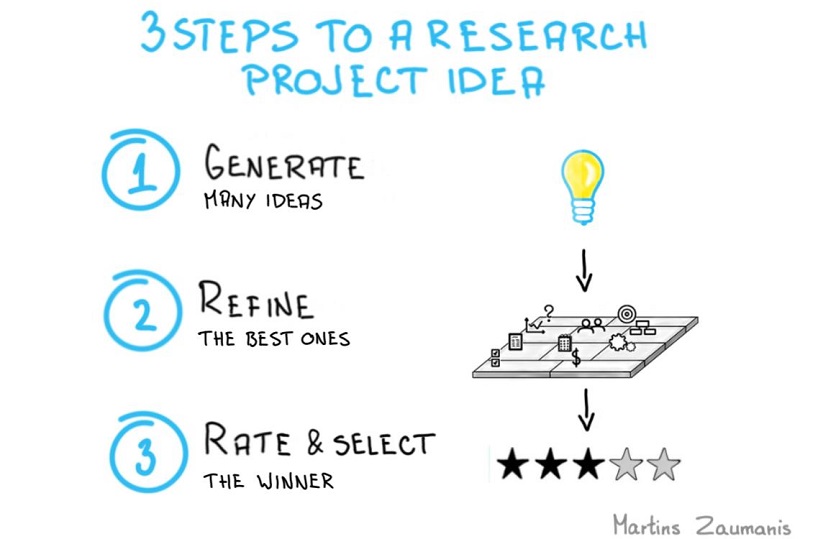
Start with a strong research outline
Before even writing one sentence of the research proposal, I suggest you use the Research Project Canvas . It will help you to first come up with different research ideas and then choose the best one for writing a full research proposal.

Tailor to the requirements of the project funder
Treat the submission guide like a Monk treats the Bible and follow its strict requirements to the last detail. The funder might set requirements for the topic, your experience, employment conditions, host institution, the research team, funding amount, and so forth.
What you would like to do in the research is irrelevant unless it falls within the boundaries defined by the funder.
Make the reviewer’s job of finding flaws in your proposal difficult by ensuring that you have addressed each requirement clearly. If applicable, you can even use a table with requirements versus your approach. This will make your proposed approach absolutely evident for the reviewers.
Before submitting, assess your proposal using the criteria reviewers have to follow.
Conduct thorough background research
Before writing your research proposal, conduct comprehensive background research to familiarize yourself with existing literature, theories, and methodologies related to your topic. This will help you identify research gaps and formulate research questions that address these gaps. You will also establish competence in the eyes of reviewers by citing relevant literature.
Be concise and clear
Define research questions that are specific, measurable, and aligned with the problem statement.
If you think the reviewers might be from a field outside your own, avoid unnecessary jargon or complex language to help them to understand the proposal better.
Be specific in describing the research methodology. For example, include a brief description of the experimental methods you will rely upon, add a summary of the materials that you are going to use, attach samples of questionnaires that you will use, and include any other proof that demonstrates the thoroughness you have put into developing the research plan. Adding a flowchart is a great way to present the methodology.
Create a realistic timeline and budget
Develop a realistic project timeline that includes key milestones and activities, allowing for potential challenges or delays. Similarly, create a detailed budget estimate that covers all anticipated expenses, ensuring that it aligns with the scope and requirements of your research project. Be transparent and justify your budget allocations.
Demonstrate the significance and potential impact of the research
Clearly articulate the significance of your research and its potential impact on the field. Discuss how your findings can contribute to theory development, practical applications, policy-making, or other relevant areas.
Pay attention to formatting and style guidelines
Follow the formatting and style guidelines provided by your institution or funding agency. Pay attention to details such as font size, margins, referencing style, and section headings. Adhering to these guidelines demonstrates professionalism and attention to detail.
Take a break before editing
After preparing the first draft, set it aside for at least a week. Then thoroughly check it for logic and revise, revise, revise. Use the proposal submission guide to review your proposal against the requirements. Remember to use grammar checking tools to check for errors.
Finally, read the proposal out loud. This will help to ensure good readability.
Seek feedback
Share your proposal with mentors, colleagues, or members of your research community to receive constructive feedback and suggestions for improvement. Take these seriously since they provide a third party view of what is written (instead of what you think you have written).
Reviewing good examples is one of the best ways to learn a new skill. I hope that the research proposal examples in this article will be useful for you to get going with writing your own research proposal.
Have fun with the writing process and I hope your project gets approved!
Learning from research proposal examples alone is not enough
The research proposal examples I provided will help you to improve your grant writing skills. But learning from example proposals alone will take you a rather long time to master writing winning proposals.
To write a winning research proposal, you have to know how to add that elusive X-Factor that convinces the reviewers to move your proposal from the category “good” to the category “support”. This includes creating self-explanatory figures, creating a budget, collaborating with co-authors, and presenting a convincing story.
To write a research proposal that maximizes your chances of receiving research funding, read my book “ Write a Winning Research Proposal “.
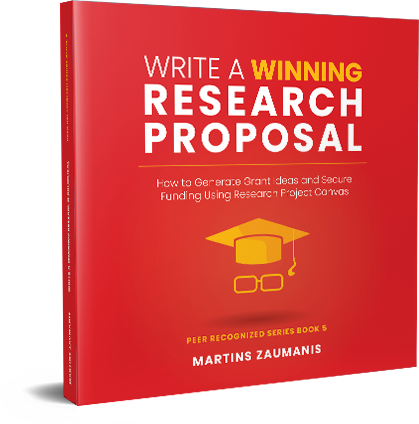
This isn’t just a book. It’s a complete research proposal writing toolkit that includes a project ideation canvas, budget spreadsheet, project rating scorecard, virtual collaboration whiteboard, proposal pitch formula, graphics creation cheat sheet, review checklist and other valuable resources that will help you succeed.

Hey! My name is Martins Zaumanis and I am a materials scientist in Switzerland ( Google Scholar ). As the first person in my family with a PhD, I have first-hand experience of the challenges starting scientists face in academia. With this blog, I want to help young researchers succeed in academia. I call the blog “Peer Recognized”, because peer recognition is what lifts academic careers and pushes science forward.
Besides this blog, I have written the Peer Recognized book series and created the Peer Recognized Academy offering interactive online courses.
Related articles:
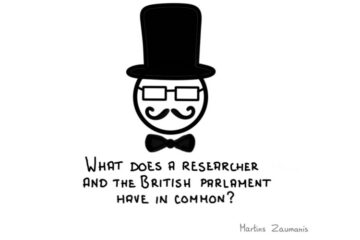
One comment
Hi Martins, I’ve recently discovered your content and it is great. I will be implementing much of it into my workflow, as well as using it to teach some graduate courses! I noticed that a materials science-focused proposal could be a very helpful addition.
Leave a Reply Cancel reply
Your email address will not be published. Required fields are marked *
I want to join the Peer Recognized newsletter!
This site uses Akismet to reduce spam. Learn how your comment data is processed .
Privacy Overview
| Cookie | Duration | Description |
|---|---|---|
| cookielawinfo-checkbox-analytics | 11 months | This cookie is set by GDPR Cookie Consent plugin. The cookie is used to store the user consent for the cookies in the category "Analytics". |
| cookielawinfo-checkbox-functional | 11 months | The cookie is set by GDPR cookie consent to record the user consent for the cookies in the category "Functional". |
| cookielawinfo-checkbox-necessary | 11 months | This cookie is set by GDPR Cookie Consent plugin. The cookies is used to store the user consent for the cookies in the category "Necessary". |
| cookielawinfo-checkbox-others | 11 months | This cookie is set by GDPR Cookie Consent plugin. The cookie is used to store the user consent for the cookies in the category "Other. |
| cookielawinfo-checkbox-performance | 11 months | This cookie is set by GDPR Cookie Consent plugin. The cookie is used to store the user consent for the cookies in the category "Performance". |
| viewed_cookie_policy | 11 months | The cookie is set by the GDPR Cookie Consent plugin and is used to store whether or not user has consented to the use of cookies. It does not store any personal data. |
Copyright © 2024 Martins Zaumanis
Contacts: [email protected]
Privacy Policy
AI Presentation Maker - Generate Presentations Instantly
- Generate ready-to-use presentations from a text prompt.
- Select a style and Visme’s AI Presentation Maker will generate text, images, and icon.
- Customize your presentation with a library of royalty-free photos, videos, & graphics.
Generate a presentation with AI
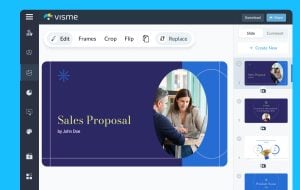
Brought to you by Visme
A leading visual communication platform empowering 27,500,000 users and top brands.
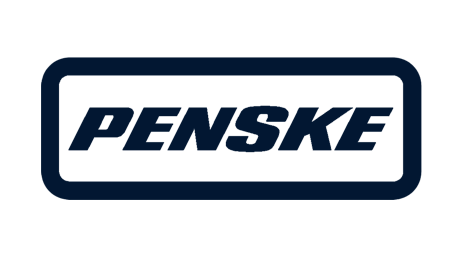
Presentations Engineered With Visme’s AI Presentation Maker
Ai presentation maker prompt 1.
Craft a presentation outlining a leading company’s cutting-edge innovations in AI-powered hardware, emphasizing their impact on enhancing workplace productivity and efficiency.
AI Presentation Maker Prompt 2
Generate a comprehensive presentation highlighting the latest digital marketing trends, focusing on strategies for enhancing brand visibility and customer engagement across diverse platforms.
AI Presentation Maker Prompt 3
Create a detailed presentation elucidating a company’s diversified investment portfolio, emphasizing its robust performance, risk mitigation strategies, and the potential for sustainable long-term growth.
AI Presentation Maker Prompt 4
Develop a compelling presentation showcasing a company’s groundbreaking medical devices and software solutions, emphasizing their role in revolutionizing patient care, treatment efficacy, and healthcare accessibility worldwide.
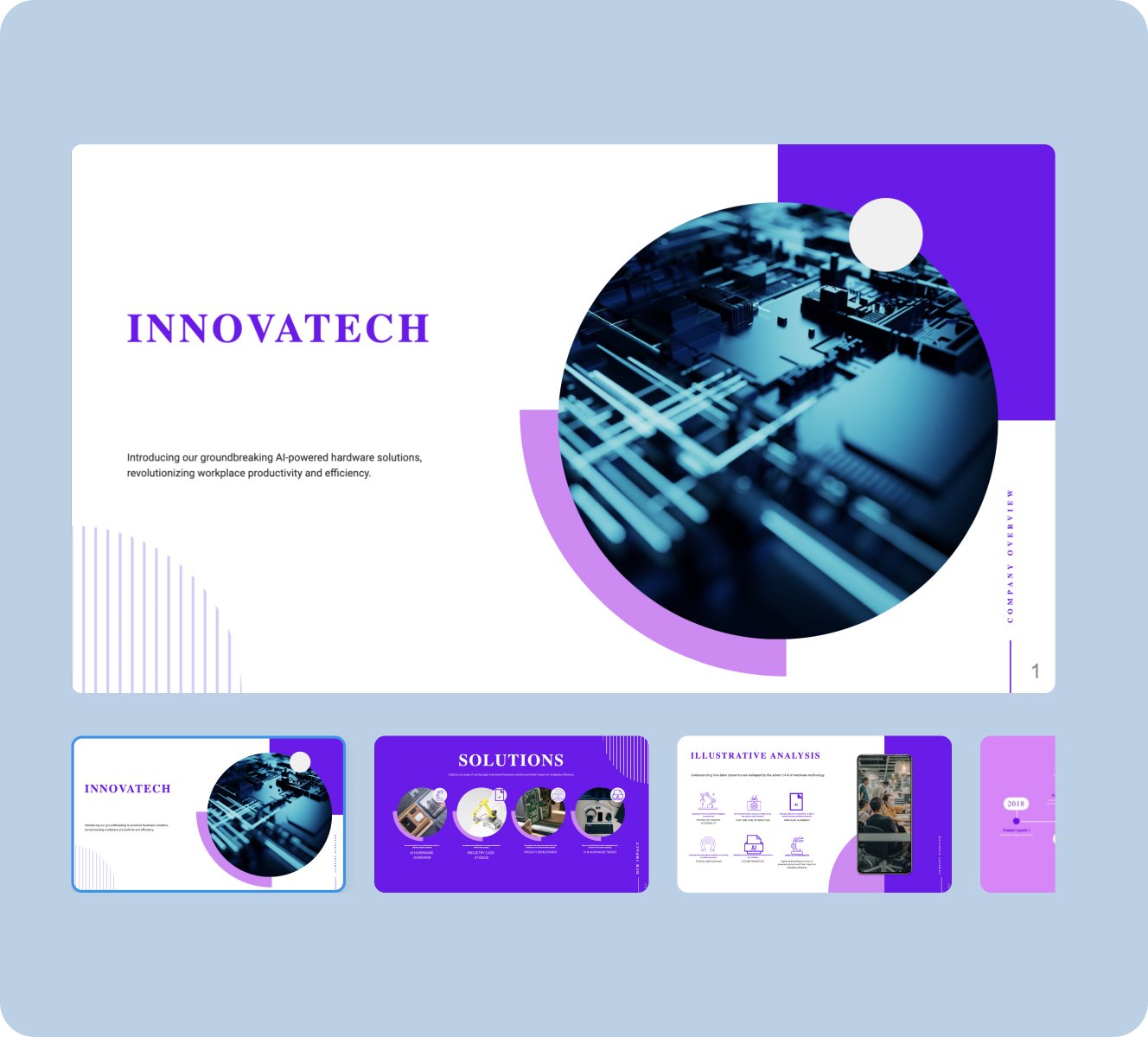
How it works
How to generate AI presentations with Visme
Save time and create beautiful designs quickly with Visme AI. Available inside the Visme template library, this AI Powerpoint generator is ready to receive your prompts and generate stunning ready-to-use presentations in minutes.
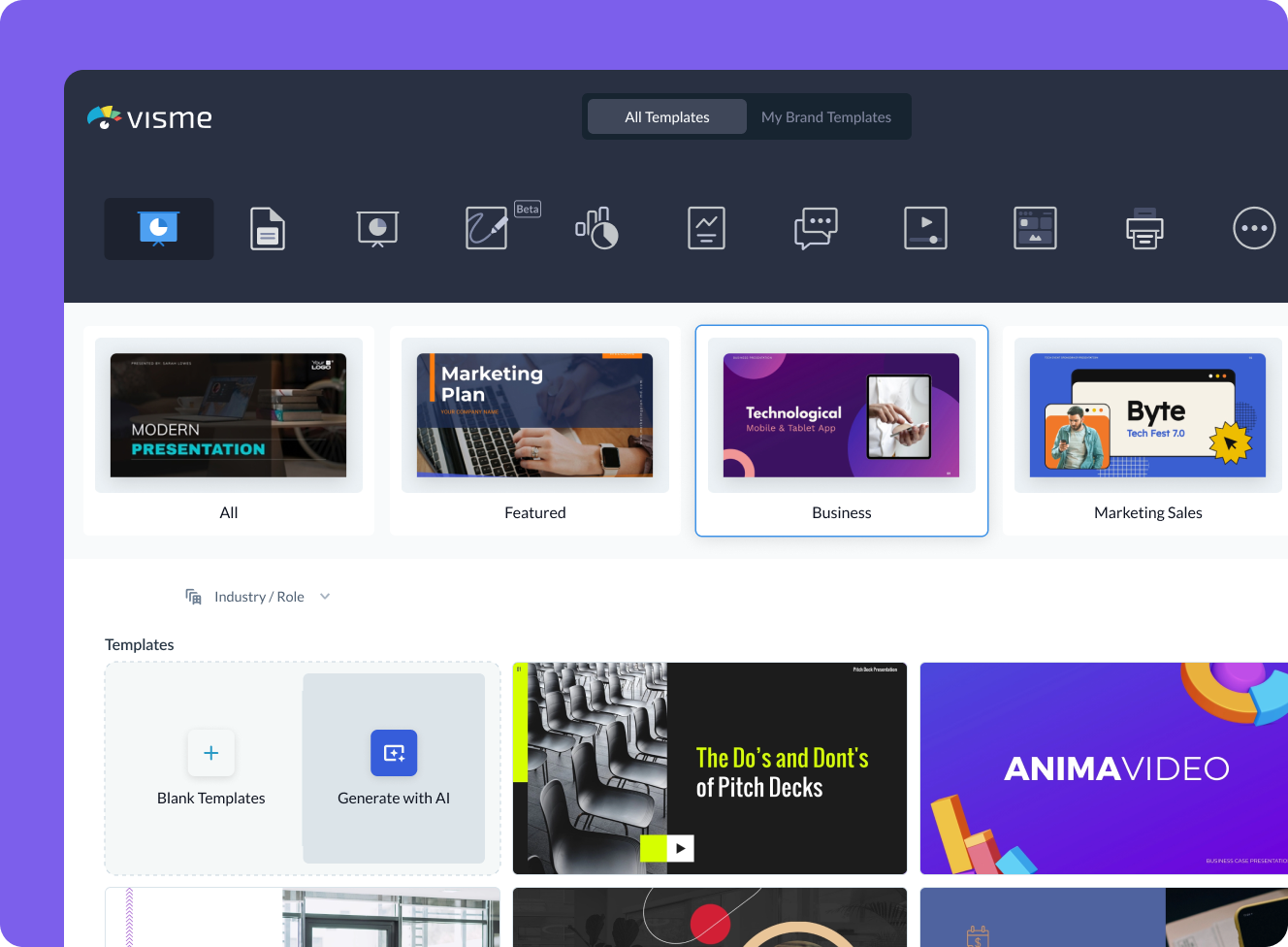
- Log in to the Visme dashboard, and open the template library by clicking on Create New button -> Project -> Presentations. Inside the template library, scroll down and click on the Generate with AI option.
- In the popup that opens, type in a prompt and describe in detail what aspects your presentation should feature. If you don’t provide enough information, chatbot will ask you follow-up questions.
- Visme Chatbot will suggest template styles; choose the most relevant for your presentation, and wait for the AI to create the design. Preview, regenerate or open your project in the Visme editor.
- Customize your project in Visme: Pick a color theme or create your own, edit text, and use assets from Visme’s royalty-free library of photos, videos, and graphics, or create your own with AI tools.
Features of the AI Presentations Maker
Ready-to-use presentations in minutes.
Starting is often the hardest part of a project. Visme’s free AI presentation maker helps you overcome this block and generates results within minutes. Create AI PowerPoint online presentations quickly with a good first draft that is ready to use with minimal or no customization.
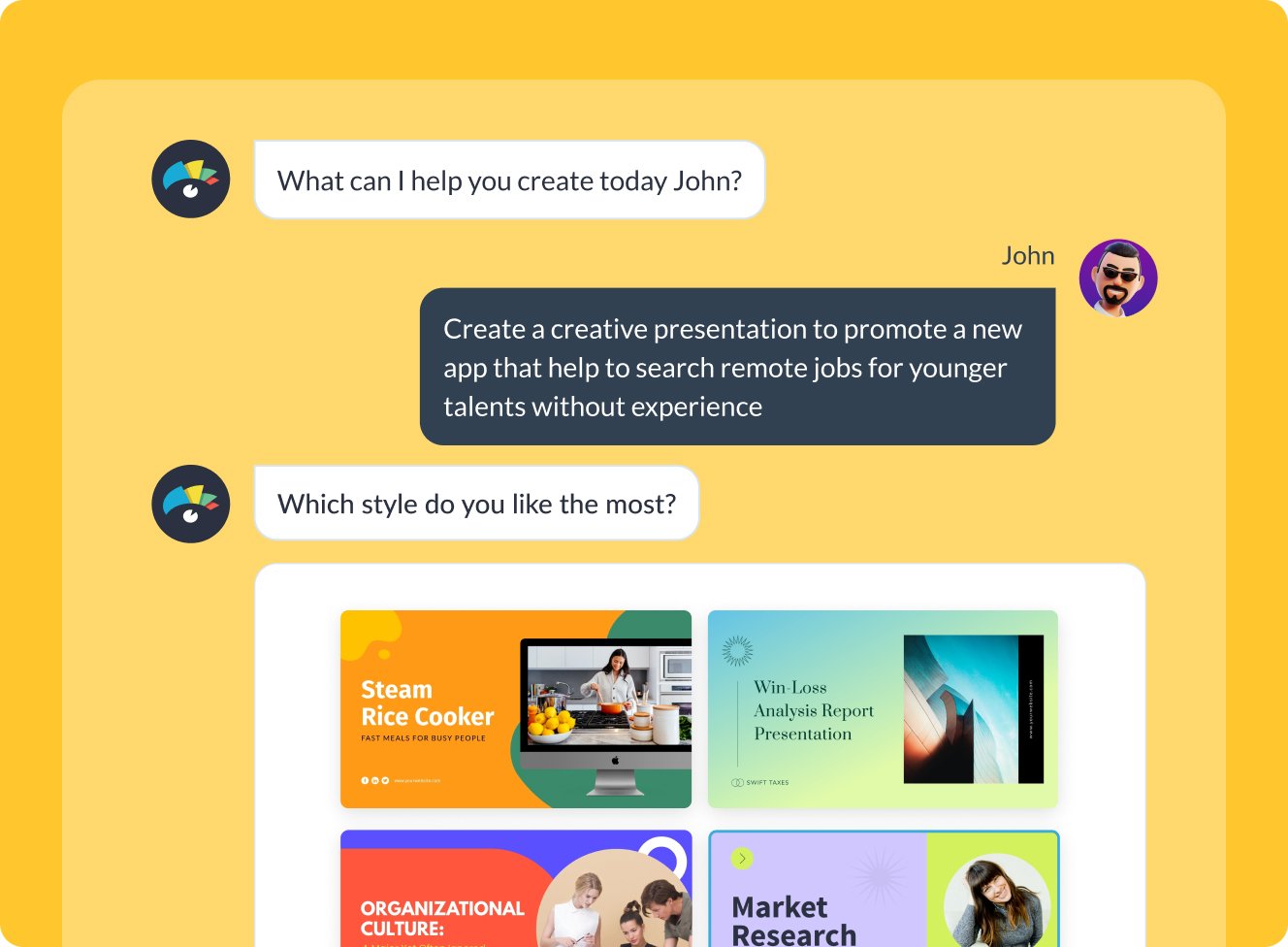
Customize every part of your presentation
Visme editor is easy to use and offers you an array of customization options. Change the color theme of your AI-generated presentation, text, fonts, add images, videos and graphics from Visme royalty-free library of assets or generate new ones with AI image generator, AI image touchup tools, or add your own. For more advanced customization, add data visualizations, connect them to live data, or create your own visuals.

Add your branding
Stay on-brand even with AI-generated presentations. Quickly and easily set up your brand kit using AI-powered Visme Brand Wizard or set it up manually. Use your brand colors and fonts in AI-generated presentations. Add your logo and upload your brand assets to make a presentation match your company’s branding.
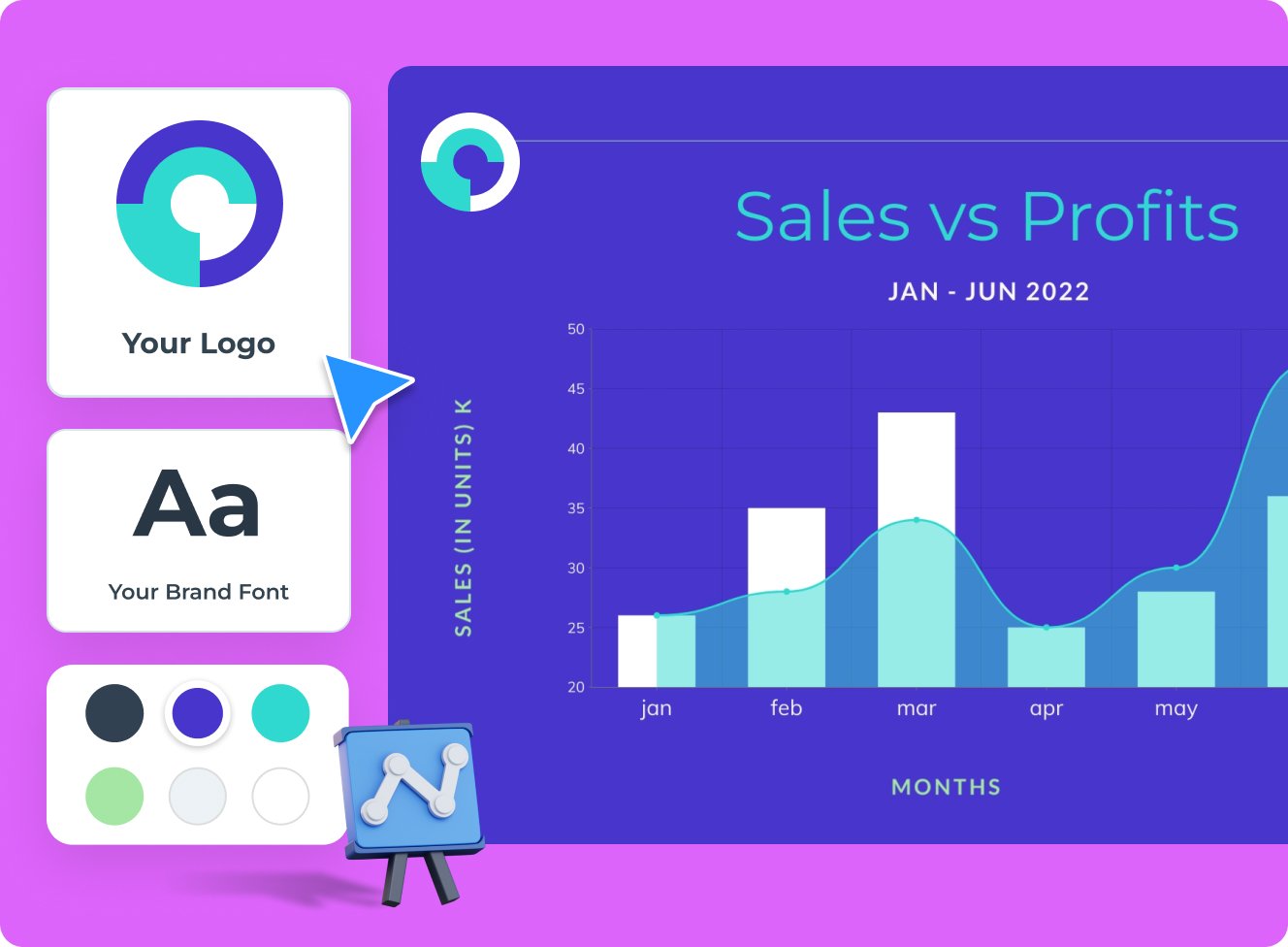
Download, share or schedule your presentation
Share your presentations generated with Visme AI Designer in many ways. Download them in various formats, including PPTX, PDF and HTML5, present online, share on social media or schedule them to be published as posts on your social media channels. Additionally, you can share your presentations as private projects with a password entry.
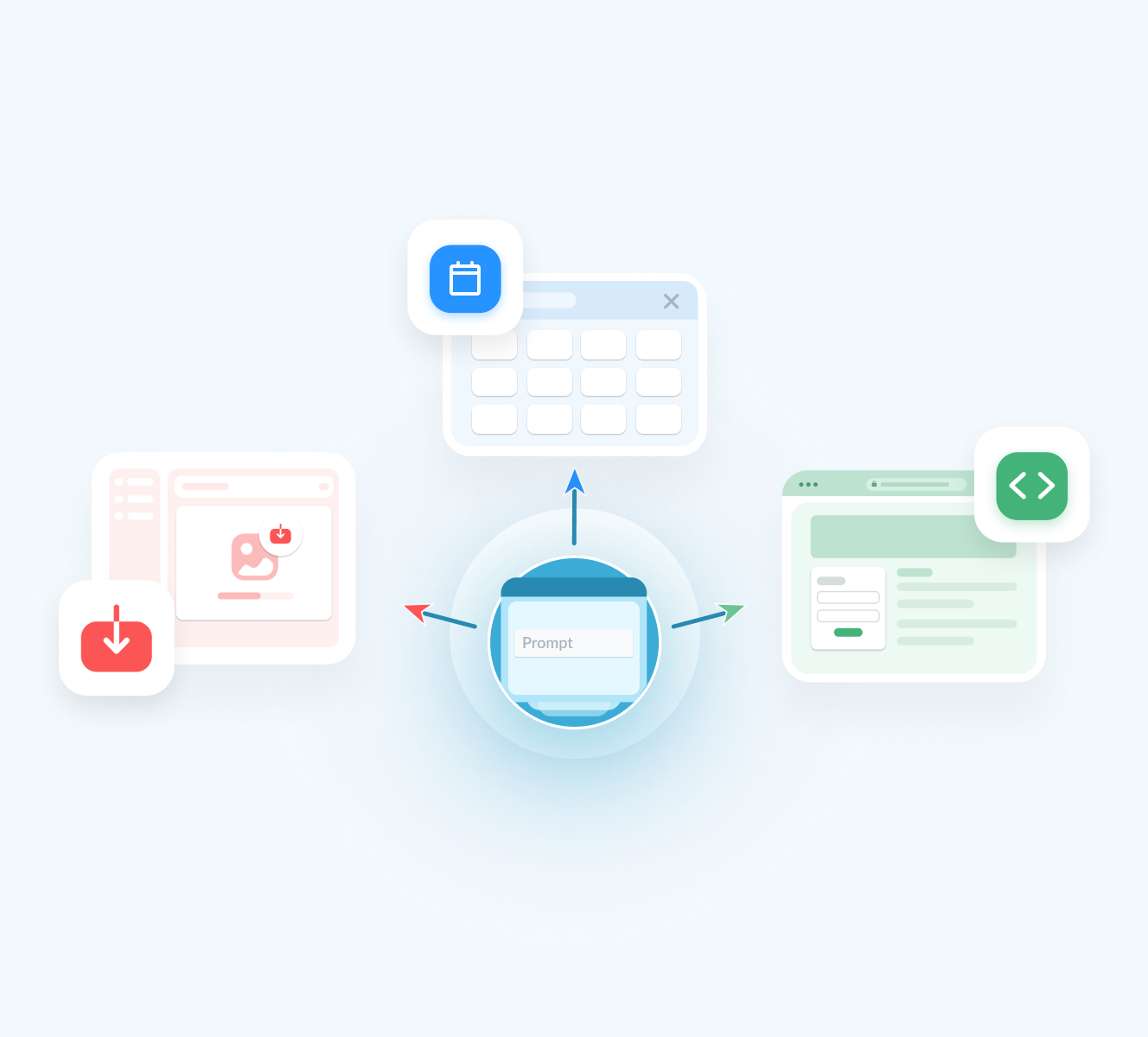
More than just an AI Presentation Maker

Beautify your content
Unique Elements & Graphics
Browse through our library of customizable, one-of-a-kind graphics, widgets and design assets like icons, shapes, illustrations and more to accompany your AI-generated presentations.

Visualize your data
Charts & Graphs
Choose from different chart types and create pie charts, bar charts, donut charts, pyramid charts, Mekko charts, radar charts and much more.
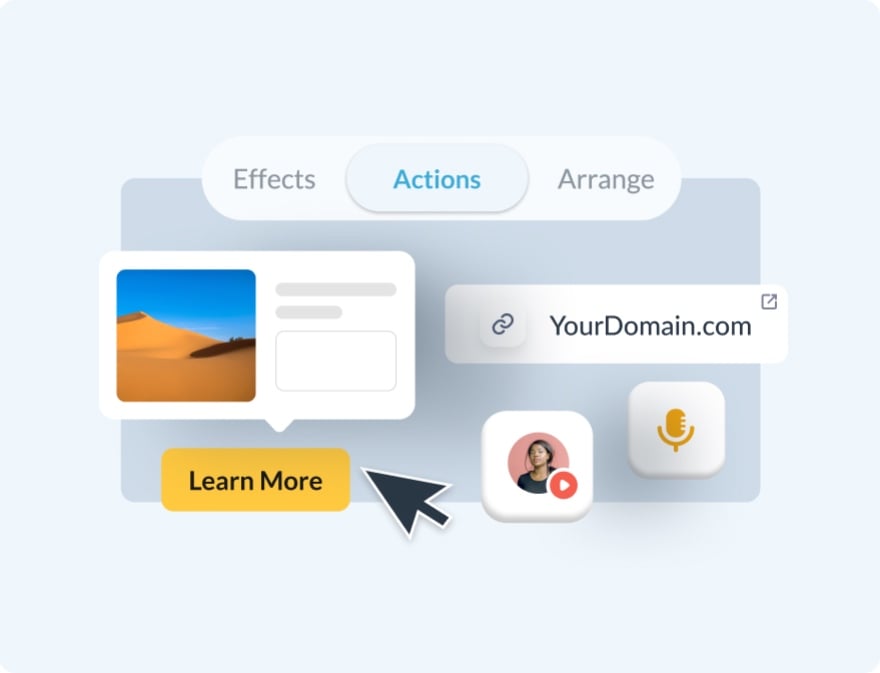
Make it engaging
Interactivity
Share AI-generated presentations online with animated and interactive elements to grab your audience’s attention and promote your business.
More AI tools in Visme
Ai image generator.
The Visme AI Image generator will automatically create any image or graphic. All you need to do is write a prompt and let AI magic do the rest.

Visme AI Writer helps you write, proofread, summarize and tone switch any type of text. If you’re missing content for a project, let AI Writer help you generate it.
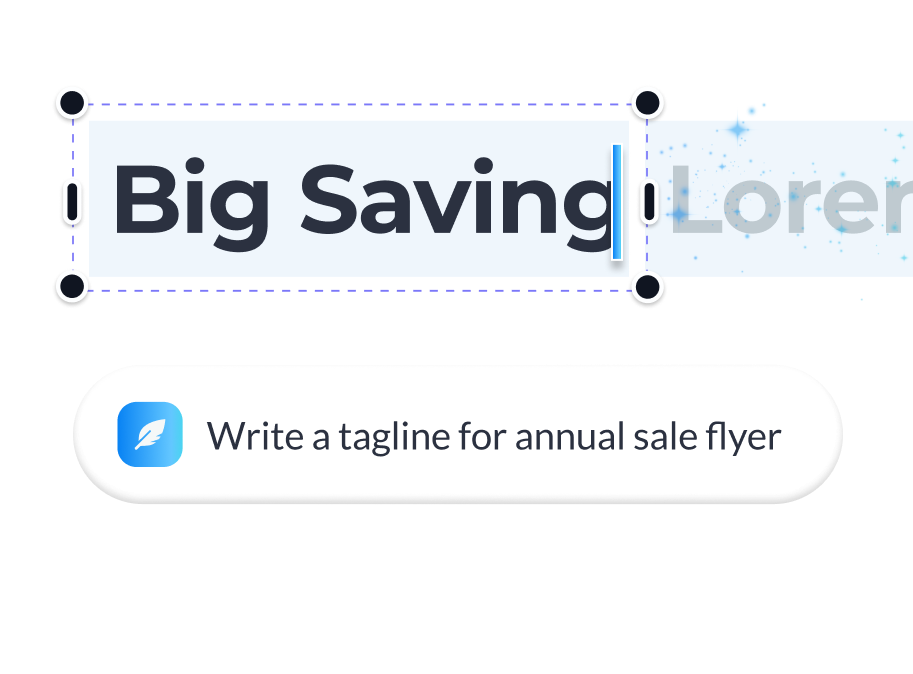
AI Text-to-Speech Generator
Convert text to speech with the AI Text-to-Speech generator. Input copy, select from 6 voices. Language detection and audio generation are automatic.
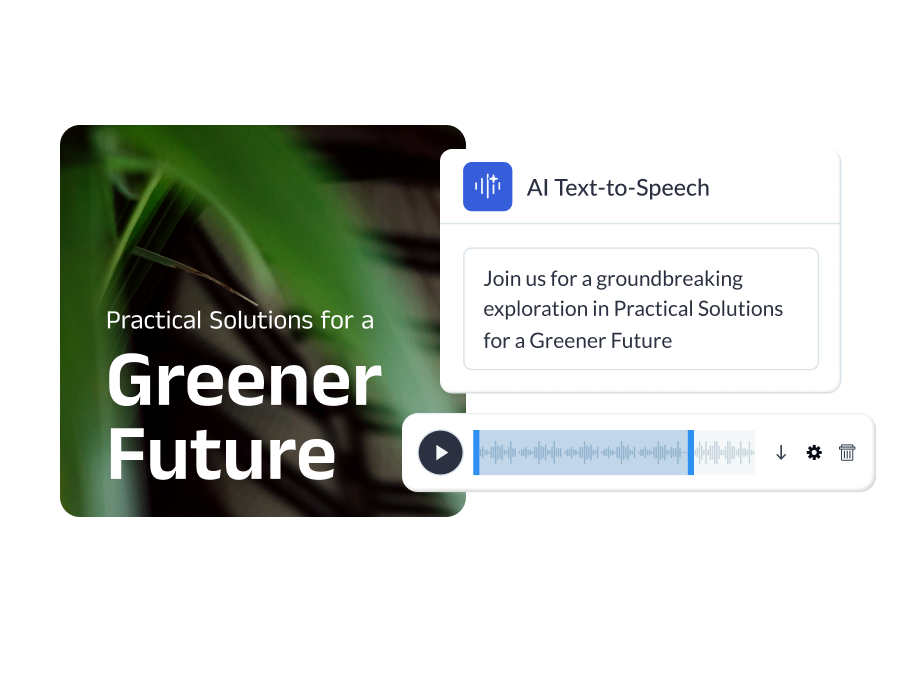
AI TouchUp Tools
The Visme AI TouchUp Tools are a set of four image editing features that will help you change the appearance of your images inside any Visme project. Erase and replace objects that you don’t want in your photos.
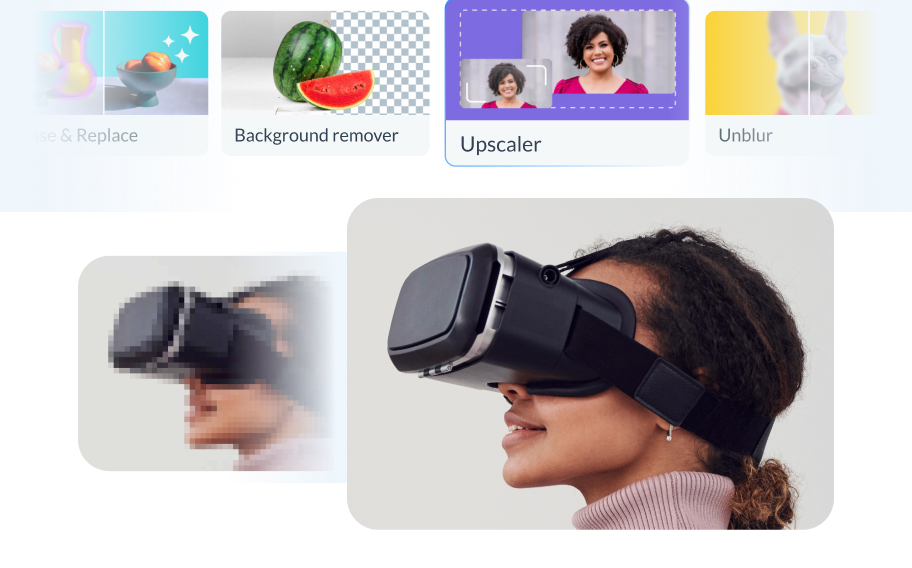
Save yourself hours of work with AI Resize. This feature resizes your project canvas and adjusts all content to fit the new size within seconds.
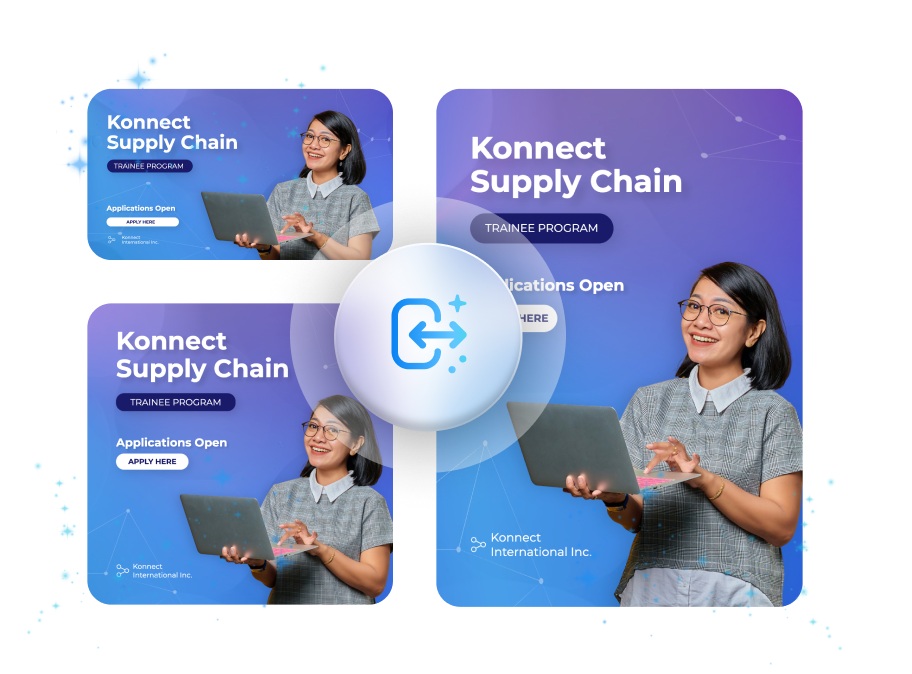
The Brand Wizard
The AI-based Visme Brand Wizard populates your brand fonts and styles across a beautiful set of templates.
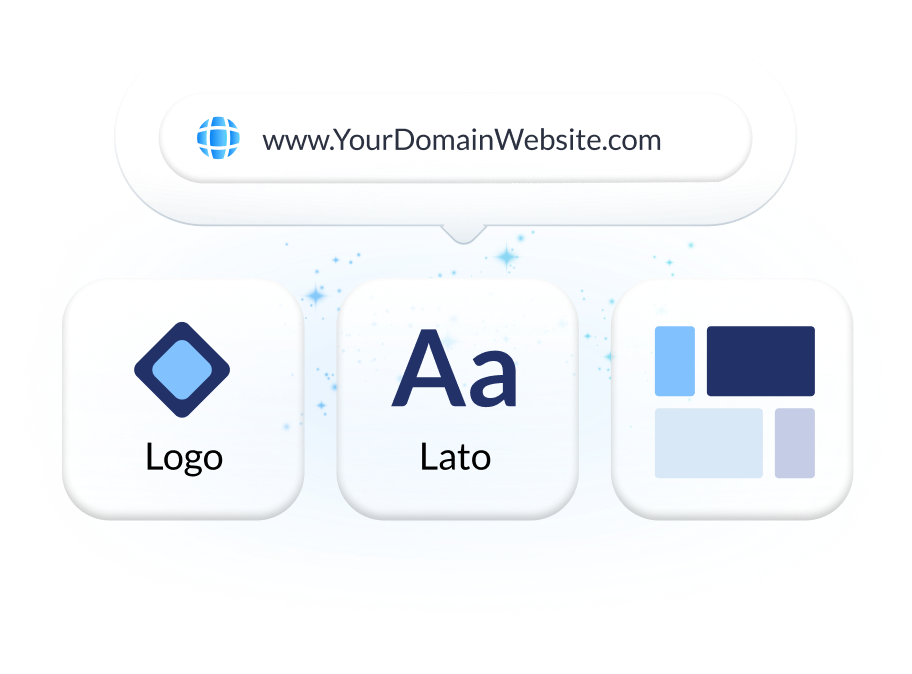
Make the most of Visme’s features
Choose the perfect visual from our extensive photo and video library . Search and find the ideal image or video using keywords relevant to the project. Drag and drop in your project and adjust as needed.
Incorporate 3D illustrations and icons into all sorts of content types to create amazing content for your business communication strategies. You won’t see these 3D designs anywhere else as they’re made by Visme designers.
When you share your Visme projects, they’ll display with a flipbook effect . Viewers can go from page to page by flipping the page like a digital magazine. If you don’t want the flipbook effect, you can disable it and share as a standard project.
Remove the background from an image to create a cutout and layer it over something else, maybe an AI-generated background. Erase elements of the image and swap them for other objects with AI-powered Erase & Replace feature.
Create scroll-stopping video and animation posts for social media and email communication. Embed projects with video and animation into your website landing page or create digital documents with multimedia resources.
With Visme, you can make, create and design hundreds of content types . We have templates for digital documents, infographics, social media graphics, posters, banners, wireframes, whiteboards, flowcharts.
Design and brainstorm collaboratively with your team on the Visme whiteboard . Build mind maps and flowcharts easily during online planning and strategy sessions. Save whiteboards as meeting minutes and ongoing notes for projects.
Edit your images , photos, and AI image-generated graphics with our integrated editing tools. On top of the regular editing features like saturation and blur, we have 3 AI-based editing features. With these tools, you can unblur an image, expand it without losing quality and erase an object from it.
Frequently Asked Questions (FAQs)
How can i get better results with the ai presentations maker.
Like any AI generator from a text tool, the prompt is everything. To get better results with the AI Presentation maker, you need better prompts. Write the prompt to be as detailed as possible. Include all the content topics you want the presentation to cover. As for style elements, there’s no need to include it in the prompt. Focus on choosing the style that you like from the Chatbot suggestions. Try to select the style that already features the color palette and shapes that you like. AI will change icons and photos based on text it generates.
How many AI Presentations can I generate?
Visme AI Presentation Maker is available in all plans and works on a per-credit basis. Every free account gets 10 credits, Starter accounts get 200, Pro gets 500 and Enterprise is unlimited. Every design generation costs 2 credits and usage of other AI tools costs 1 credit.
Is the Visme AI Designer a third-party API?
No, Visme AI Presentation maker was developed in-house and is a unique tool. However, it does use third-party APIs: ChatGPT and Unsplash.
Are the AI-generated presentations I make copyright-free?
All designs you create with AI Presentation are copyright and royalty-free. You can use them both for personal and commercial use without any problems.
What can Visme AI Designer do?
Visme’s AI design generator can:
- Generate full designs for various content types, including presentations, documents, printables, and social media graphics. Click here to view the full list of document, printable, and social media graphics subcategories.
- Follow your instructions for the text you want in your projects, although not word for word.
- Adapt photos and icons to complement the generated text.
- Create charts, graphs, and tables.
- Handle one project at a time.
- Include animations in projects only if the selected style features animation.
- Generate designs with a maximum length of 10 pages.
What can’t Visme AI Designer do?
Visme’s AI design generator can’t:
- Generate infographics, charts/graphs, whiteboards, web graphics, videos, or GIFs.
- Reproduce your text verbatim.
- Customize based on your specifications for color, shapes, graphics, and design style. Select a style that already resembles what you want in your project, and you can manually edit all design elements in the Visme editor.
- Create or modify diagrams, data widgets or infographics.
- Crawl external websites and gather information from them.
- Handle multiple projects at once.
- Generate designs more than 10 pages in length.
Got any suggestions?
We want to hear from you! Send us a message and help improve Slidesgo
Top searches
Trending searches

6 templates

29 templates

education technology
234 templates

first day of school
70 templates
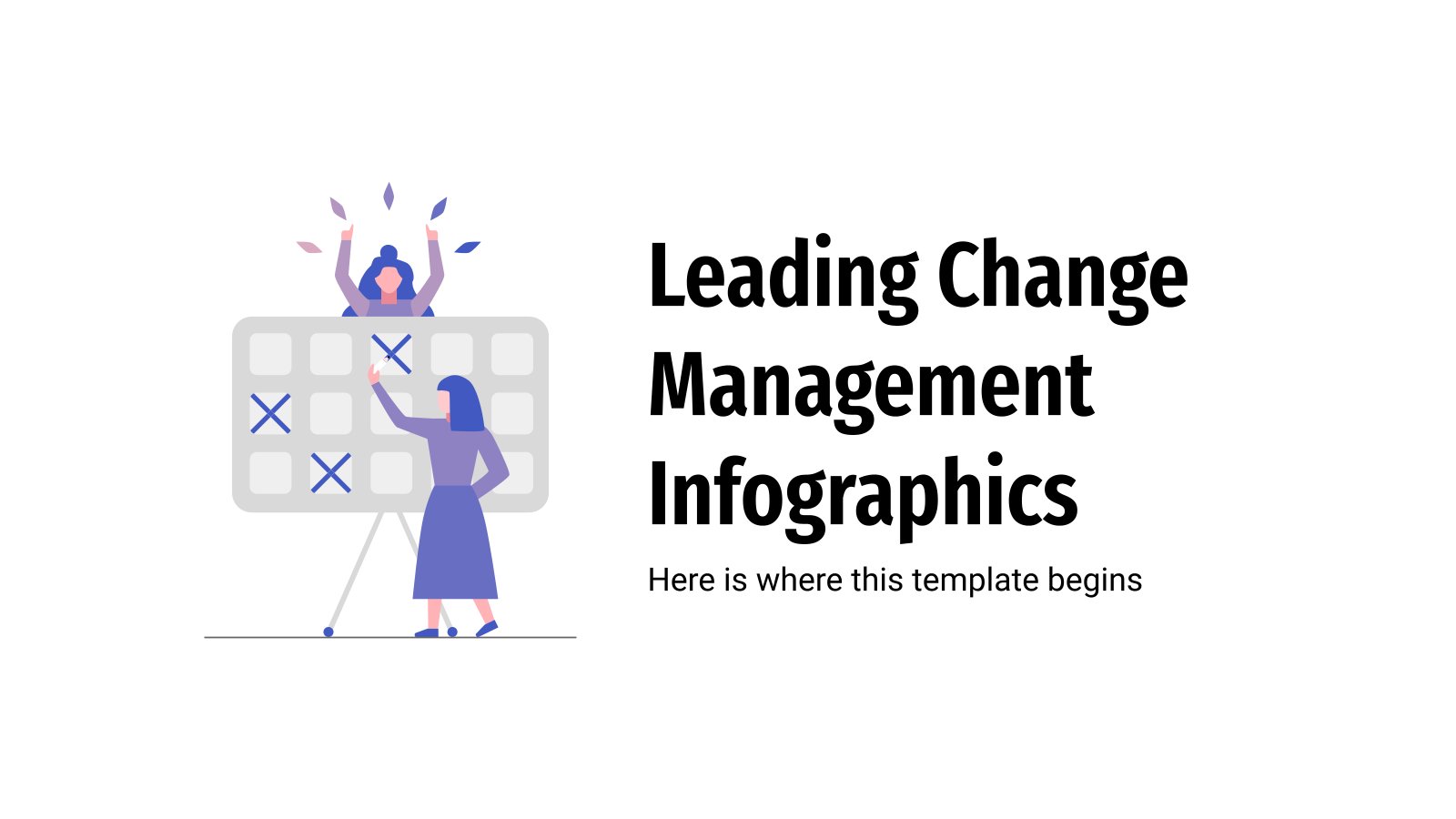
change management

welcome back to school
123 templates
Data Science Project Proposal
It seems that you like this template, data science project proposal presentation, free google slides theme, powerpoint template, and canva presentation template.
Having lots of data means nothing if you don't know how to understand them or how to extract useful knowledge from them. Data science revolves around this, despite being a relatively new field of science. Try to achieve success with a new project on data science. The first step? Presenting your proposal. Do it with this editable template! Its design gives off some futuristic vibes, there are many gradients and makes use of several colors that offer a lot of contrast in comparison with the backgrounds.
Features of this template
- 100% editable and easy to modify
- 32 different slides to impress your audience
- Contains easy-to-edit graphics such as graphs, maps, tables, timelines and mockups
- Includes 500+ icons and Flaticon’s extension for customizing your slides
- Designed to be used in Google Slides, Canva, and Microsoft PowerPoint
- 16:9 widescreen format suitable for all types of screens
- Includes information about fonts, colors, and credits of the resources used
How can I use the template?
Am I free to use the templates?
How to attribute?
Attribution required If you are a free user, you must attribute Slidesgo by keeping the slide where the credits appear. How to attribute?
Related posts on our blog.

How to Add, Duplicate, Move, Delete or Hide Slides in Google Slides

How to Change Layouts in PowerPoint

How to Change the Slide Size in Google Slides
Related presentations.

Premium template
Unlock this template and gain unlimited access
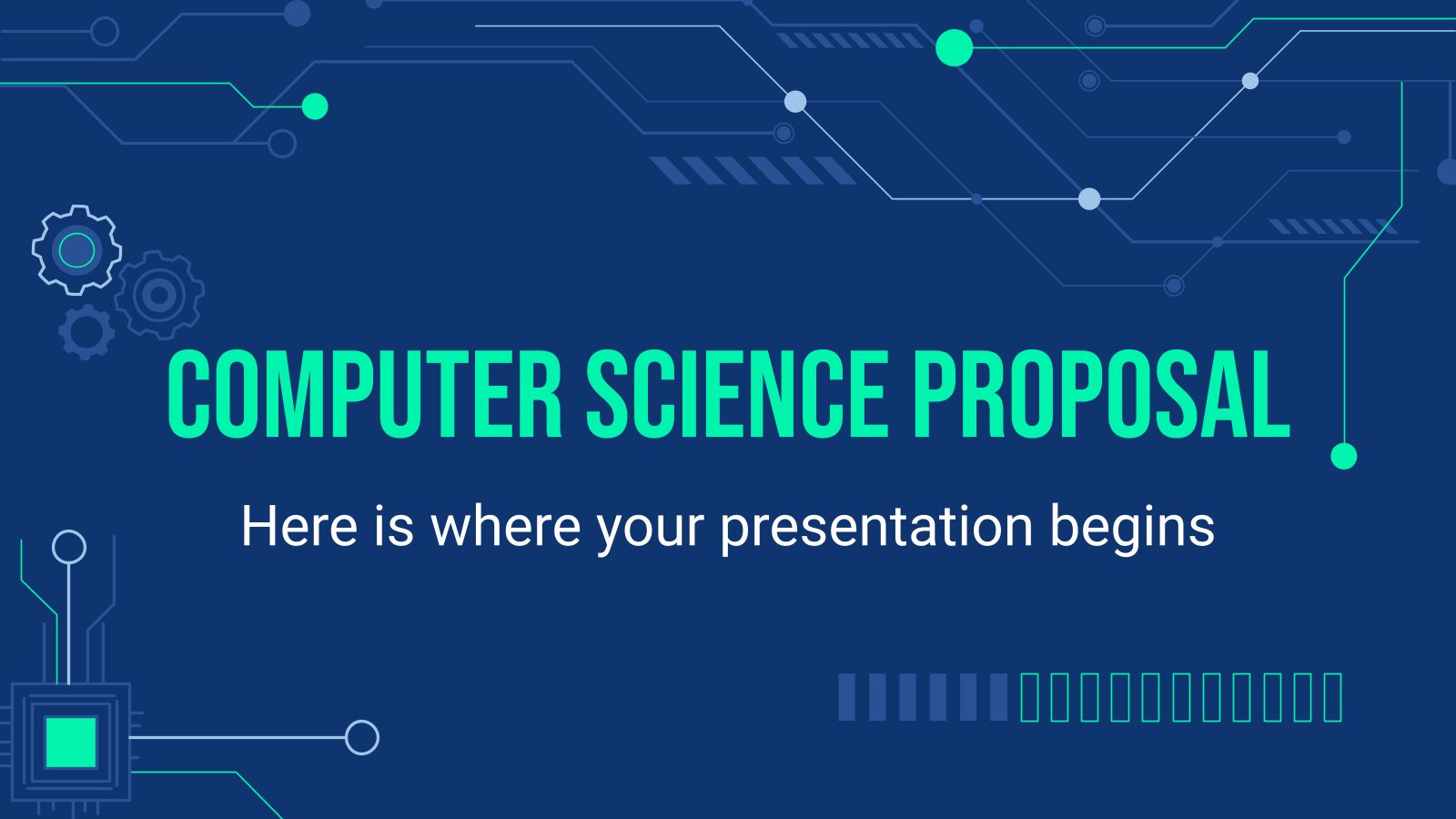
- Stanford University
- Past Events
SFI Research Forum: Advancing the Science, Financing, and Governance for Nature-based Removals
- Precourt Institute for Energy
- Sustainable Finance Initiative

Friday, June 14, 2024 7am to 9am PT
This event is open to: Faculty Staff Students Students - Undergraduates Students - Graduates Postdocs Affiliates General Public Everyone Alumni
Request disability accommodations and access info
- Share SFI Research Forum: Advancing the Science, Financing, and Governance for Nature-based Removals on Facebook
- Share SFI Research Forum: Advancing the Science, Financing, and Governance for Nature-based Removals on Twitter
- Share SFI Research Forum: Advancing the Science, Financing, and Governance for Nature-based Removals on LinkedIn
This event is over.
Event details:.
This Research Forum is sponsored by SDSS’s Sustainable Finance Initiative (SFI) and made possible by support from the SDSS Sustainability Accelerator Program on Greenhouse Gas Removal (GHG-R) and by members of the SFI Affiliates Program . Achieving the climate policy goals of the Paris Agreement entails reducing our emissions of greenhouse gases (GHG) as well as proactively removing existing GHGs from the atmosphere. Estimates suggest that nature-based climate solutions (NbCS) such as enhanced weathering (EW), biochar (BC) and reforestation/afforestation (AR)could collectively remove 9.4 Gt CDR/yr (~4 Gt/yr for EW 2 , 1.8 Gt/yr for BC 3,4 and 3.6 Gt/yr for AR 5 ). Investments in nature-based removal projects are growing quickly, encouraged by the advent of multiple scientific and technological innovations in sensors, geo-chemical engineering, synthetic biology, and more, as well as by increasing proposals to monetize these assets through voluntary, transnational carbon markets. However, overcoming barriers to the widespread implementation of nature-based removals requires addressing various sources of scientific uncertainty in the measurement and monitoring of GHG fluxes at the project level. There is also a need for scientifically-informed, consensus-based definitions of what constitutes a tradeable ton of carbon-equivalent assets. In addition, NbCS will benefit from the development of a functional carbon marketplace, as well as measuring, monitoring, reporting, and verification (MMRV) protocols that incorporate improved carbon accounting practices and state-of-the-art techniques for modeling GHG fluxes with uncertainty estimations. In this two-hour online meeting, attendees will hear from Stanford researchers working to address these and other key challenges in order to advance the science, technology, financing, and governance of nature-based carbon removals. Participants will also have the opportunity to share their insights and feedback on current research through a moderated discussion.
Research Forum - Agenda:
- Introductions (Abigail Martin)
- Nature-Based Removals Research at Stanford’s Sustainable Finance Initiative (SFI) (Tom Heller)
- Governance: Recent developments in US national policy for GHG-R MMRV (David Hayes)
- The state of play and current scientific challenges in MMRV for nature-based removals (Kate Maher, Alexandra Ringsby, Brian Rogers)
- Integrating open-system MMRV with credible emissions accounting frameworks (Marc Roston)
- Discussion & Moderated Q&A (Abigail Martin), with invited comments from participants on applied use cases, experimental pilots to advance science, MMRV, financing, and governance for nature-based removals, and other topics covered during the presentations
Stream Information:
Dial-in information.
RSVP for Zoom access.

IMAGES
VIDEO
COMMENTS
Premium Google Slides theme and PowerPoint template. Impress everybody with this cool scientific project proposal template that's a good reflection of all things systematic and methodical—just as science should be. Gentle on the eye and with a wide spectrum of layouts, it's going to be hard to reject your proposal! A proposition must aim ...
Template 3: Plan of Action for Science Conference Services. The Plan of Action slide is your secret strategy map that keeps everyone in sync. This pivotal component of a proposal outlines the stages and expected timeframes for project execution.
Template 7: Company Overview with Vision and Goals. Share your company's vision and mission statement that will reinforce your proposal with this PPT Design. By adding this PPT Template to your science project proposal, you can point out your laser-sharp focus in achieving goals and directing the company vision.
Research Proposal Presentation Tips 1. Title/topic (1 slide) To ensure that your title and topic point directly to the focus of your research, check to see that key terms in the statement of the gap in the literature and the research aim are reproduced in the title. 2. Research 'problem' or justification (1-2 slides)
Turning a research paper into a visual presentation is difficult; there are pitfalls, and navigating the path to a brief, informative presentation takes time and practice. As a TA for GEO/WRI 201: Methods in Data Analysis & Scientific Writing this past fall, I saw how this process works from an instructor's standpoint. I've presented my own ...
Related Articles. This guide provides a 4-step process for making a good scientific presentation: outlining the scientific narrative, preparing slide outlines, constructing slides, and practicing the talk. We give advice on how to make effective slides, including tips for text, graphics, and equations, and how to use rehearsals of your talk to ...
The main purpose of a scientific research proposal is to convince your audience that your project is worthwhile, and that you have the expertise and wherewithal to complete it. The elements of an effective research proposal mirror those of the research process itself, which we'll outline below. Essentially, the research proposal should ...
Keep to your written proposal formula. You need a title slide (with your name, that of your advisor & institution) Several slides of introduction. that put your study into the big picture. explain variables in the context of existing literature. explain the relevance of your study organisms. give the context of your own study.
This is where you will want to work with your mentor to craft the experimental portion of your proposal. Propose two original specific aims to test your hypothesis. Don't propose more than two aims-you will NOT have enough time to do more. In the example presented, Specific Aim 1 might be "To determine the oncogenic potential of Brca1 null ...
Components of the presentation. brief project overview. sufficient background information for everyone to understand your proposal. statement of the research problem and goals. project details and methods. predicted outcomes if everything goes according to plan and if nothing does. needed resources to complete the work.
Example research proposal #1: "A Conceptual Framework for Scheduling Constraint Management" Example research proposal #2: "Medical Students as Mediators of Change in Tobacco Use" Title page. Like your dissertation or thesis, the proposal will usually have a title page that includes: The proposed title of your project; Your name
4 Steps to Create a Great Thesis Proposal Presentation. When you present your project, you literally sell it to the officials, proving its value and importance within the whole field. That's why it's essential to consider valuable points when working on the project. So, below are points to follow when preparing research proposal presentation.
Here is an explanation of each step: 1. Title and Abstract. Choose a concise and descriptive title that reflects the essence of your research. Write an abstract summarizing your research question, objectives, methodology, and expected outcomes. It should provide a brief overview of your proposal. 2.
- The way you communicate it • Effectiveness of communication and clarity of presentation are key - A good critical coverage of related literature - A convincing i i methodology th d l - Convincing team background and ability to succeed • The project coordinator and team's curriculum must convince the evaluators that the project ...
Lay your hands on our Scientific Project Proposal presentation template, to present a detailed overview of your project, including the vision, budget, problems and solutions, long-term goals, and expected outcomes to investors, clients, and stakeholders. Available for MS PowerPoint and Google Slides!
Dark Project Slide Deck. Download our Scientific Project Proposal template for PowerPoint and Google Slides to depict a well-structured plan for conducting research or experiments. Scientists and researchers can use this pre-designed deck to display a blueprint for the proposal, including the objectives, scientific problem, or question they aim ...
First is a two part set of videos that walks you through organizing a presentation. Part 1 - Creating an Introduction for a 10-15 Minute Scientfic Presentation. Part 2 - Creating the Body of a 10-15 Minute Presentation: Design/Methods; Data Results, Conclusions. Two additional videos should prove useful: Designing PowerPoint Slides for a ...
Premium Google Slides theme and PowerPoint template. Before embarking yourself on a new project, especially if it's about research, you need to set out a proposal to explain its viability. Here at Slidesgo we're offering this theme that you can actually use for any kind of project, regardless of the topic. We've designed this template ...
The research proposal is a document that a researcher needs to write, It outlines the details of a research project and gives team members or readers a summary of the information in a project. In order to allow readers to understand the project information more clearly, a research proposal presentation will be a better way to present the ...
Here are real-life research proposal examples of funded research projects in the field of science and technology. Funder. Title. US Geological Survey (USGS) (Mendenhall Postdoctoral Research Fellowship) Using Integrated Population Modelling in Decision-support Tools to Connect Science and Decision Makers.
Free Science Project Slide Templates for an Engaging Slideshow. Make your science project stand out with this science project presentation template. Whether you're a student, teacher, or scientist, these templates will help you deliver your message with clarity and style. With a range of customizable slides, you can easily manage your project ...
Download the Vinyl Store Project Proposal presentation for PowerPoint or Google Slides. A well-crafted proposal can be the key factor in determining the success of your project. ... Impress everybody with this cool scientific project proposal template that's a good reflection of all things systematic and methodical—just as science should be ...
Share your presentations generated with Visme AI Designer in many ways. Download them in various formats, including PPTX, PDF and HTML5, present online, share on social media or schedule them to be published as posts on your social media channels. Additionally, you can share your presentations as private projects with a password entry.
Access educational and online tools for teachers and students, including lesson plans, apps, and games to advance learning in the classroom at no cost.
Free Google Slides theme, PowerPoint template, and Canva presentation template. Having lots of data means nothing if you don't know how to understand them or how to extract useful knowledge from them. Data science revolves around this, despite being a relatively new field of science. Try to achieve success with a new project on data science.
Investments in nature-based removal projects are growing quickly, encouraged by the advent of multiple scientific and technological innovations in sensors, geo-chemical engineering, synthetic biology, and more, as well as by increasing proposals to monetize these assets through voluntary, transnational carbon markets.